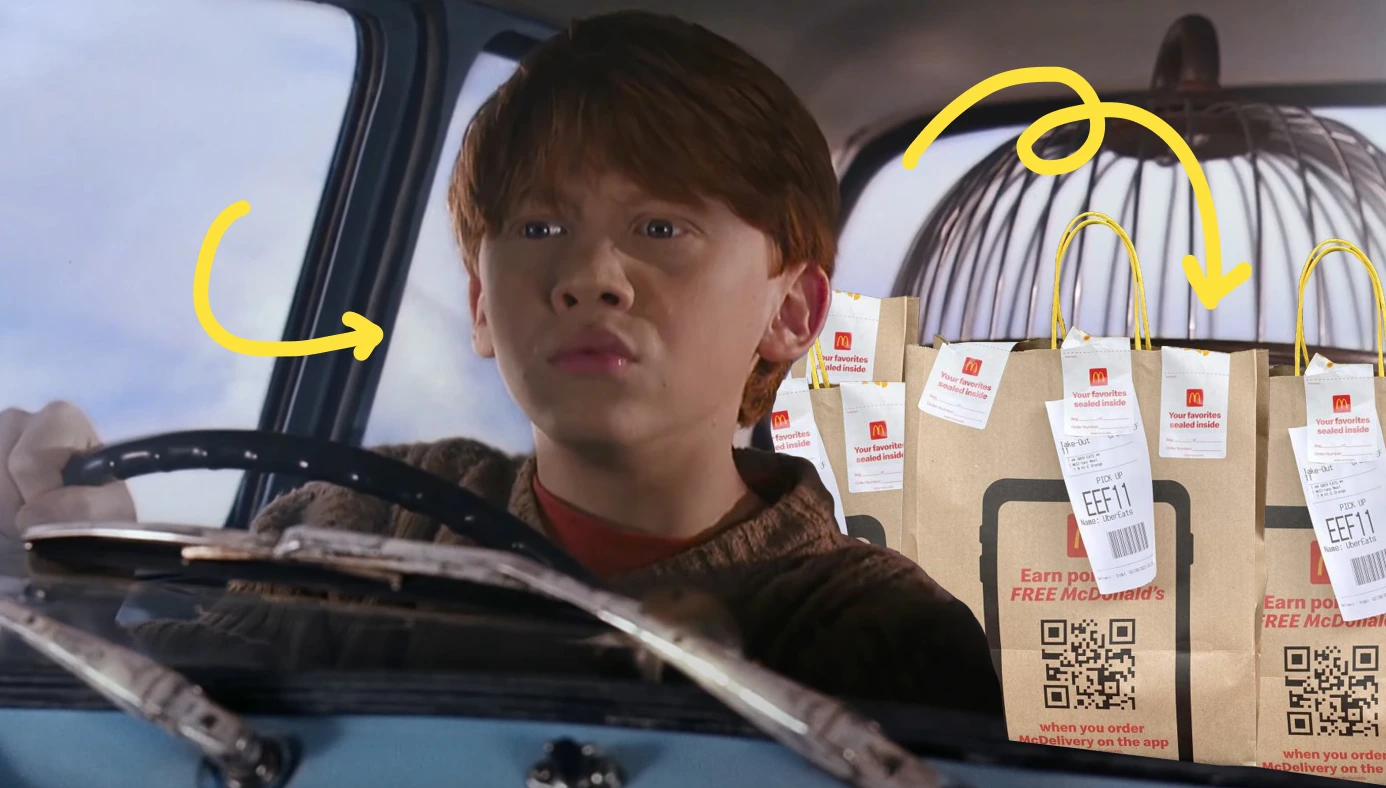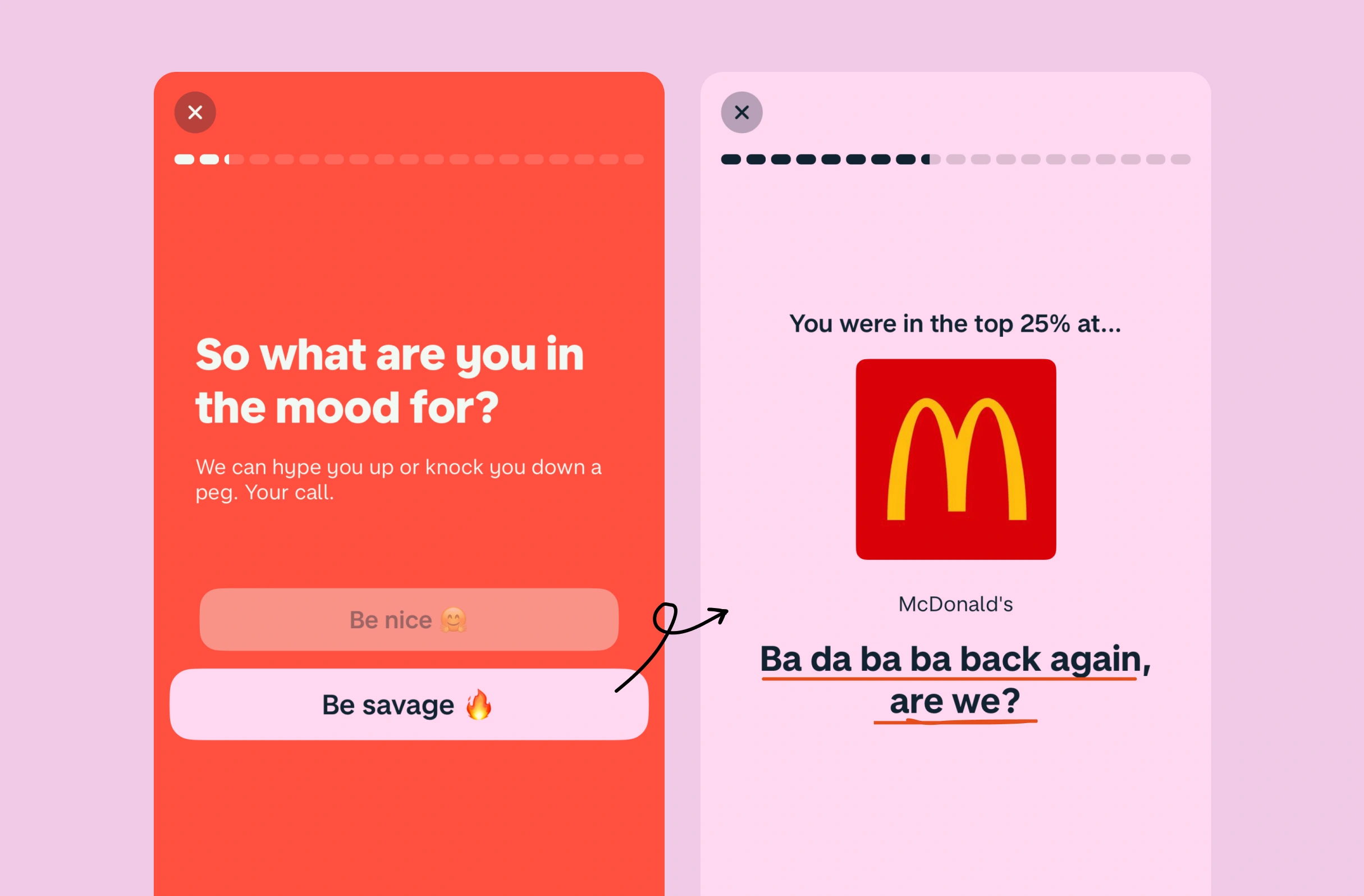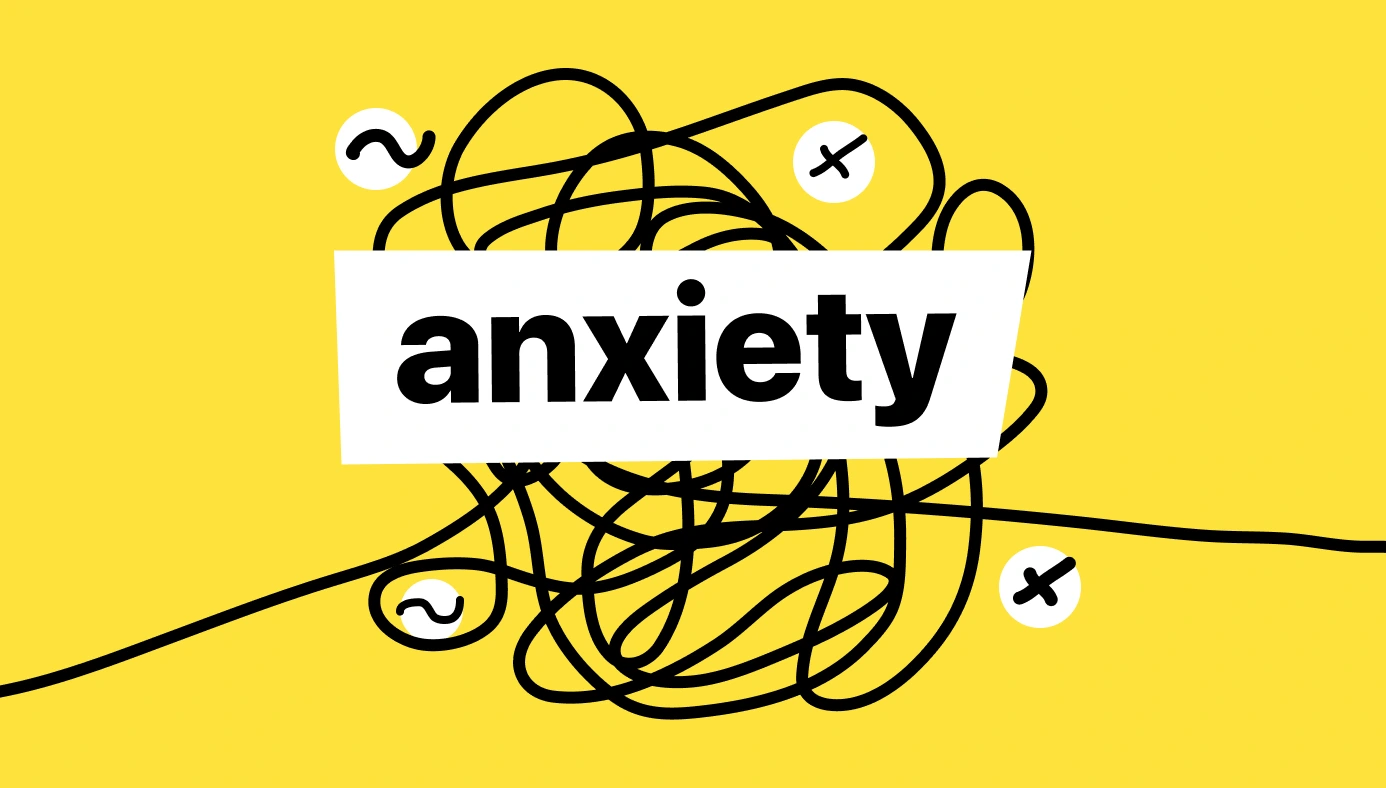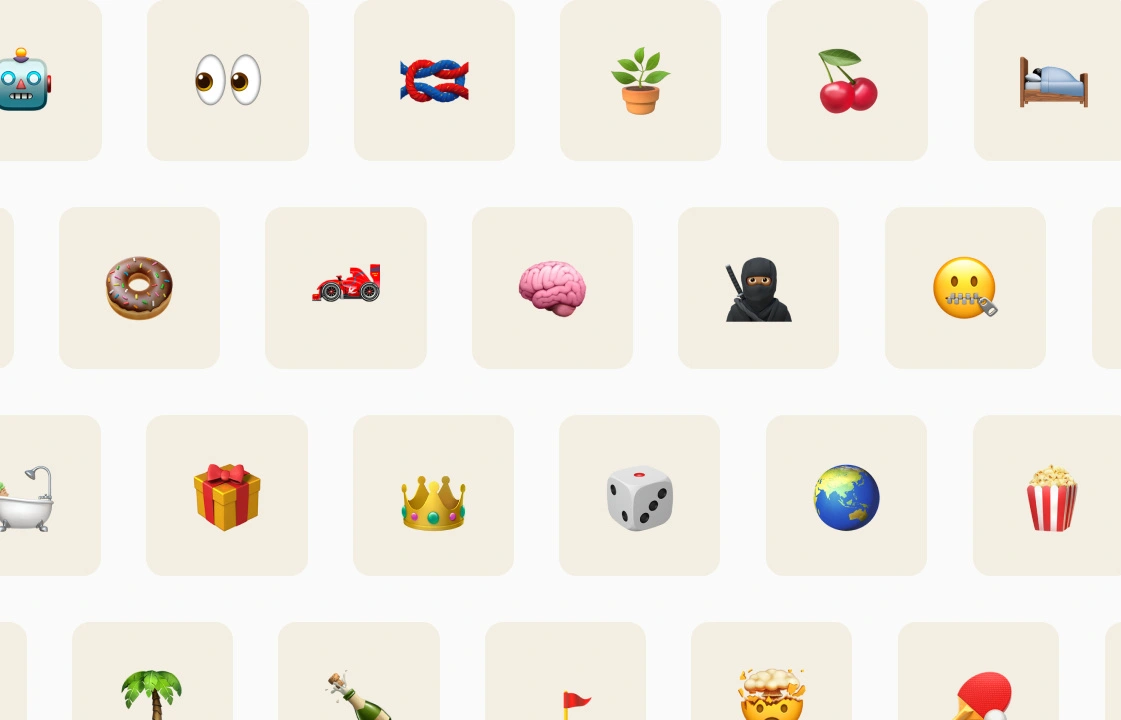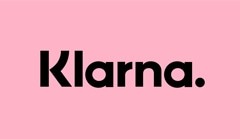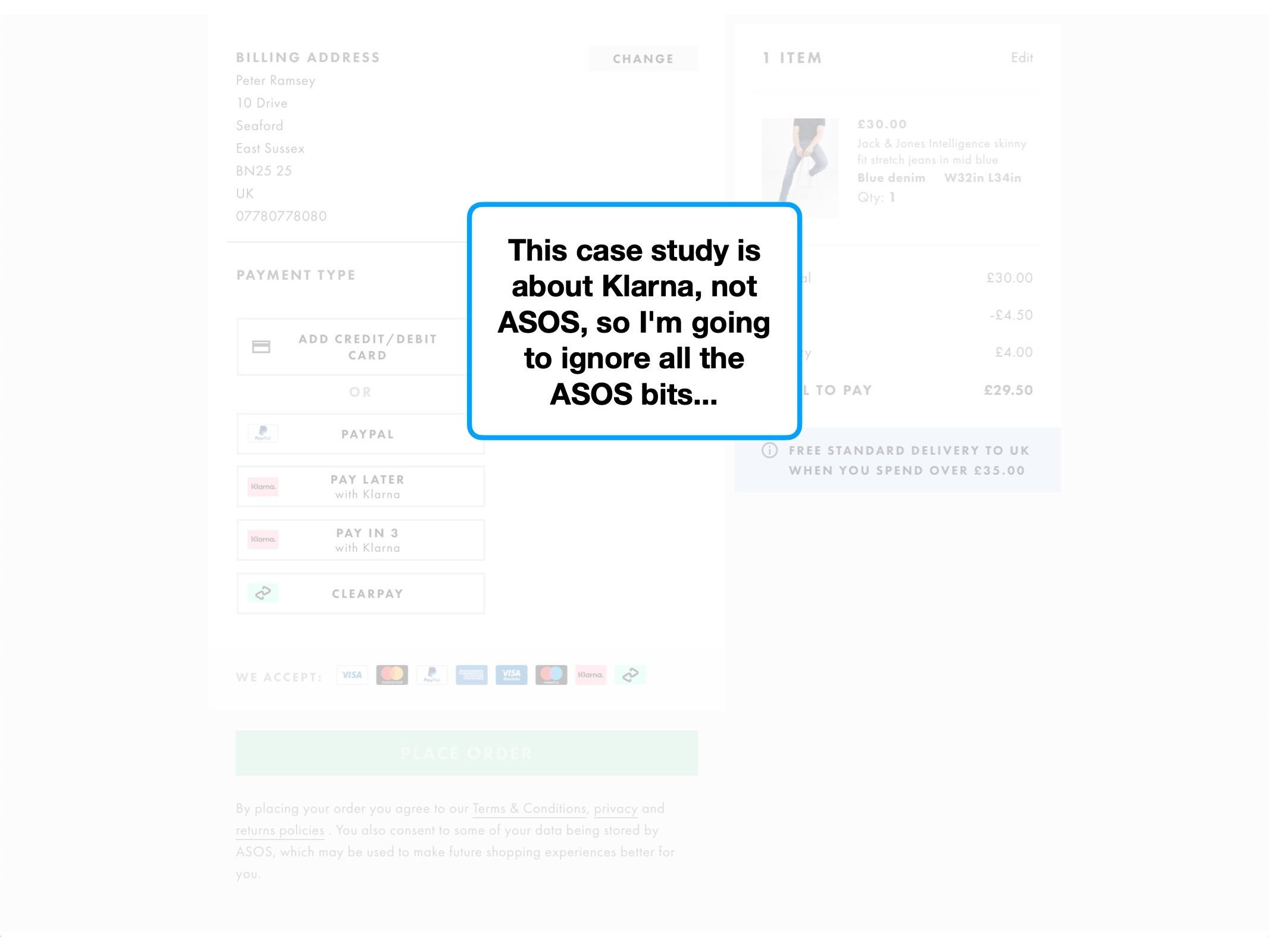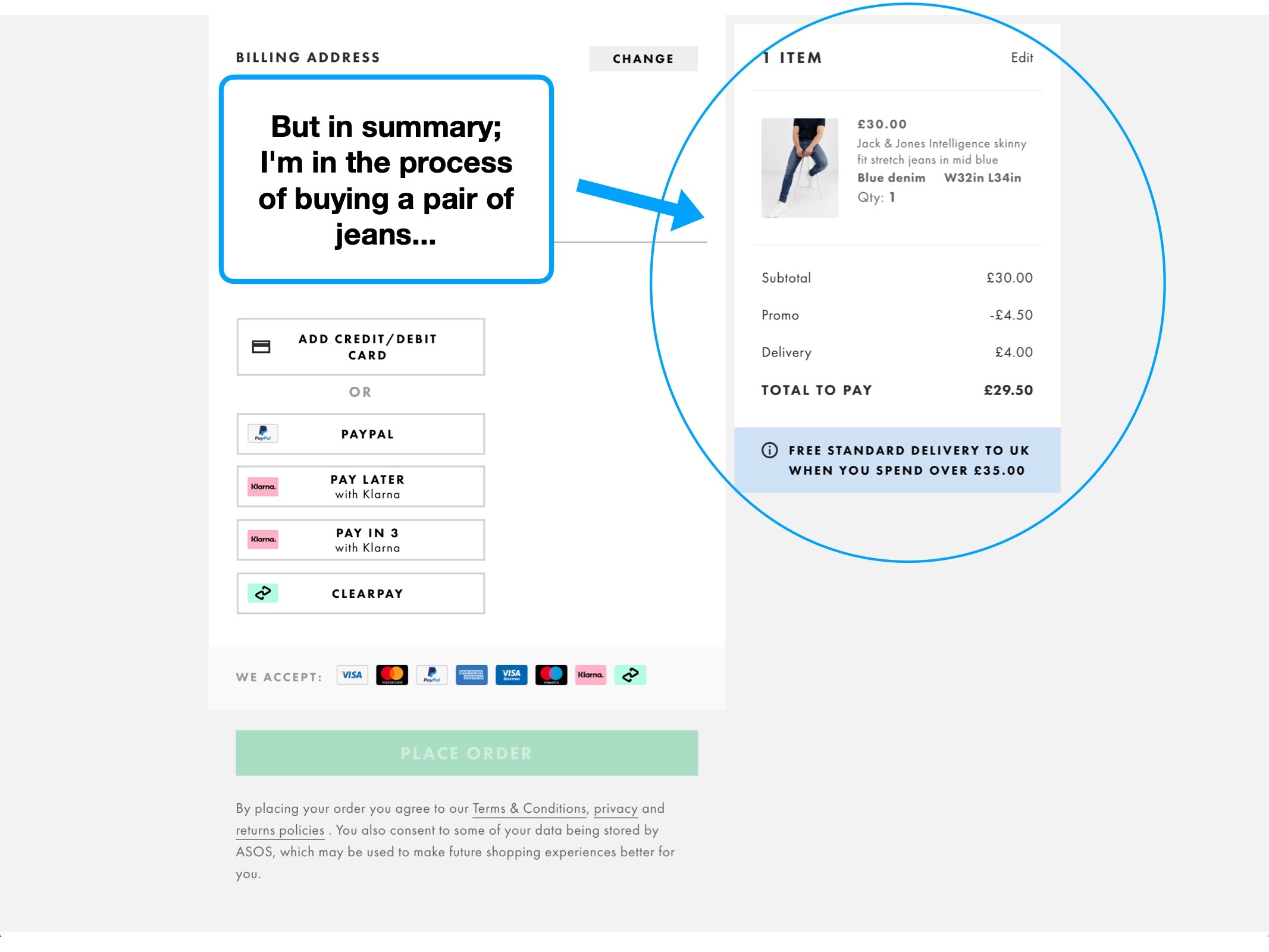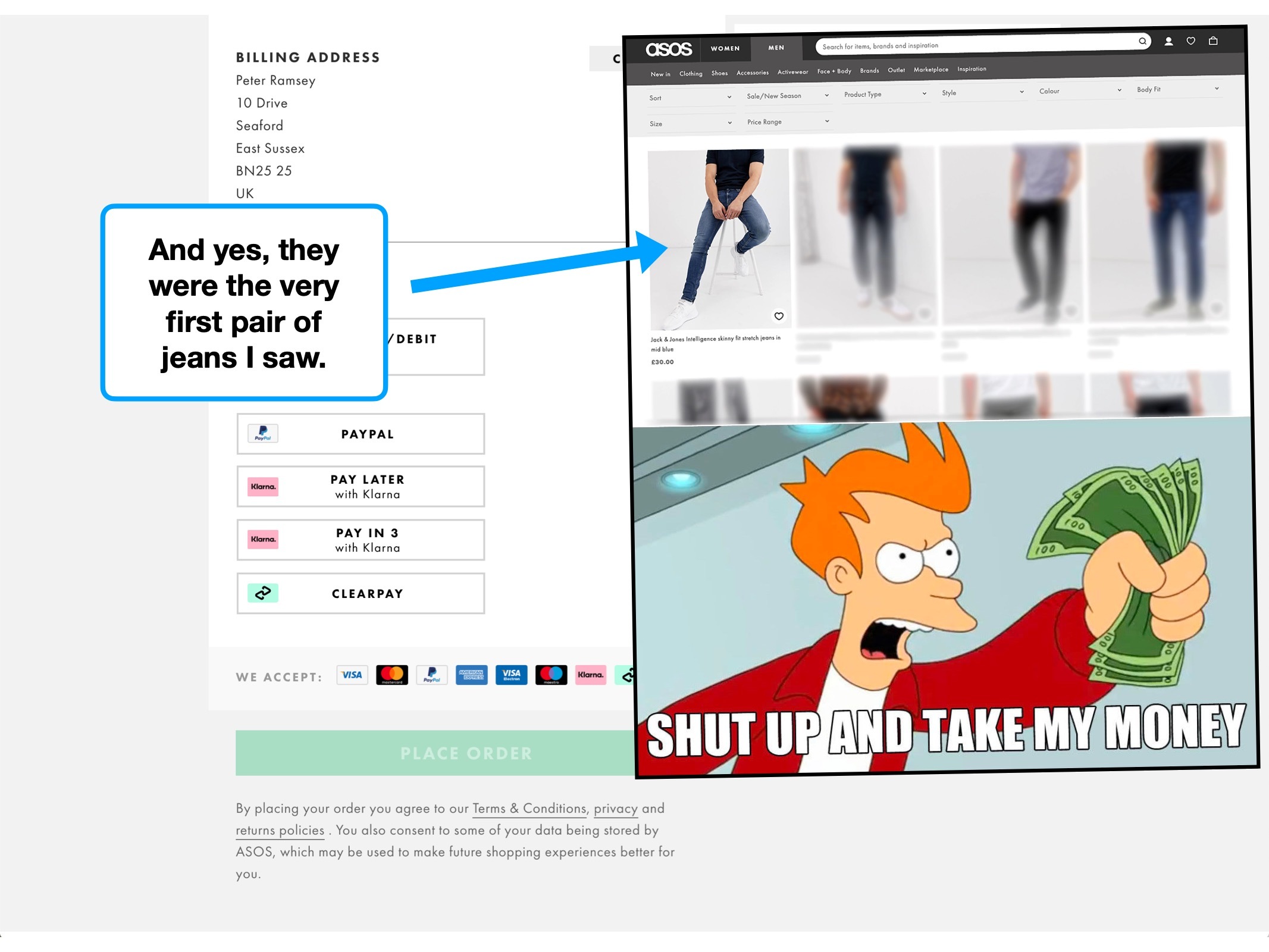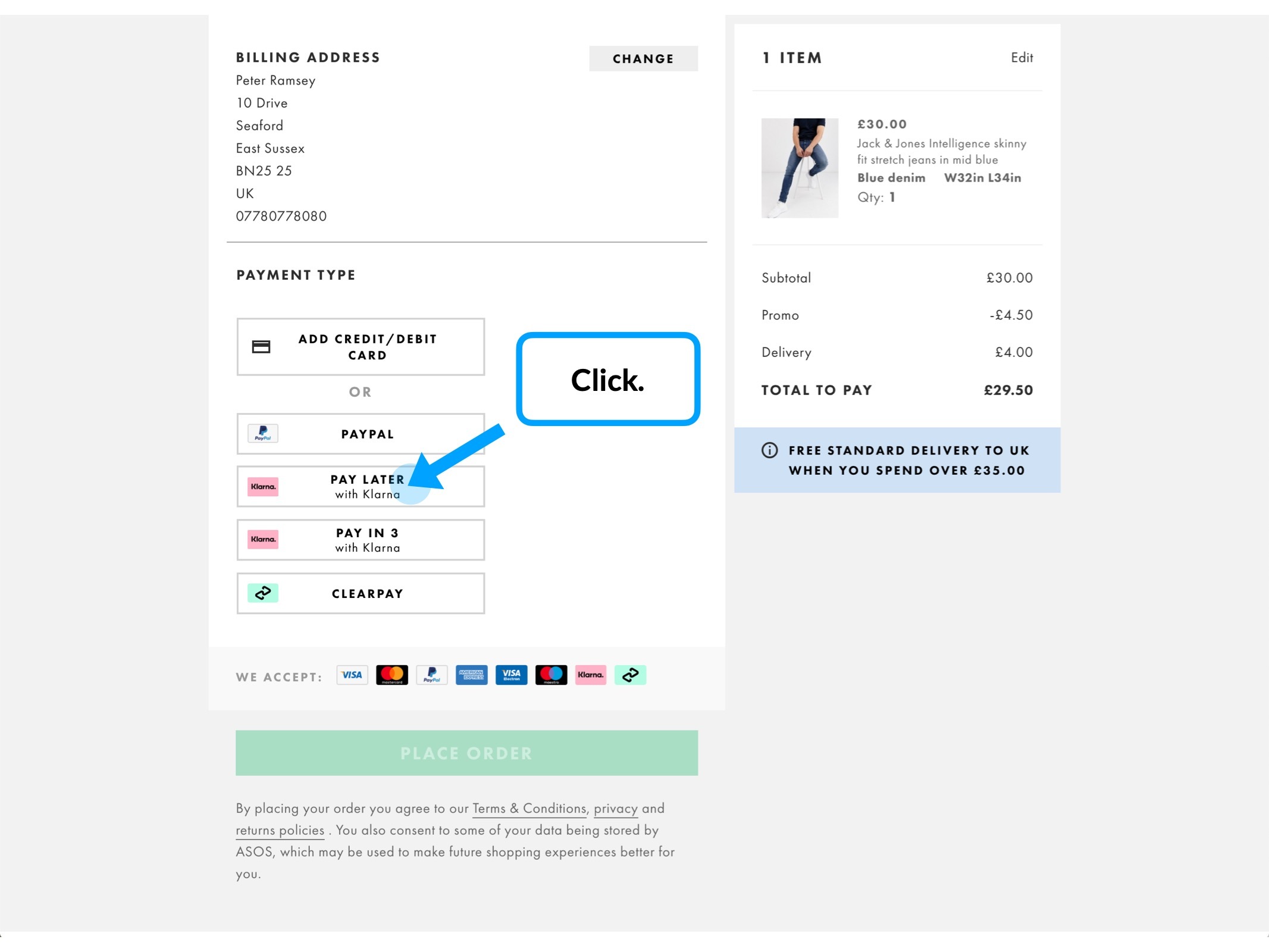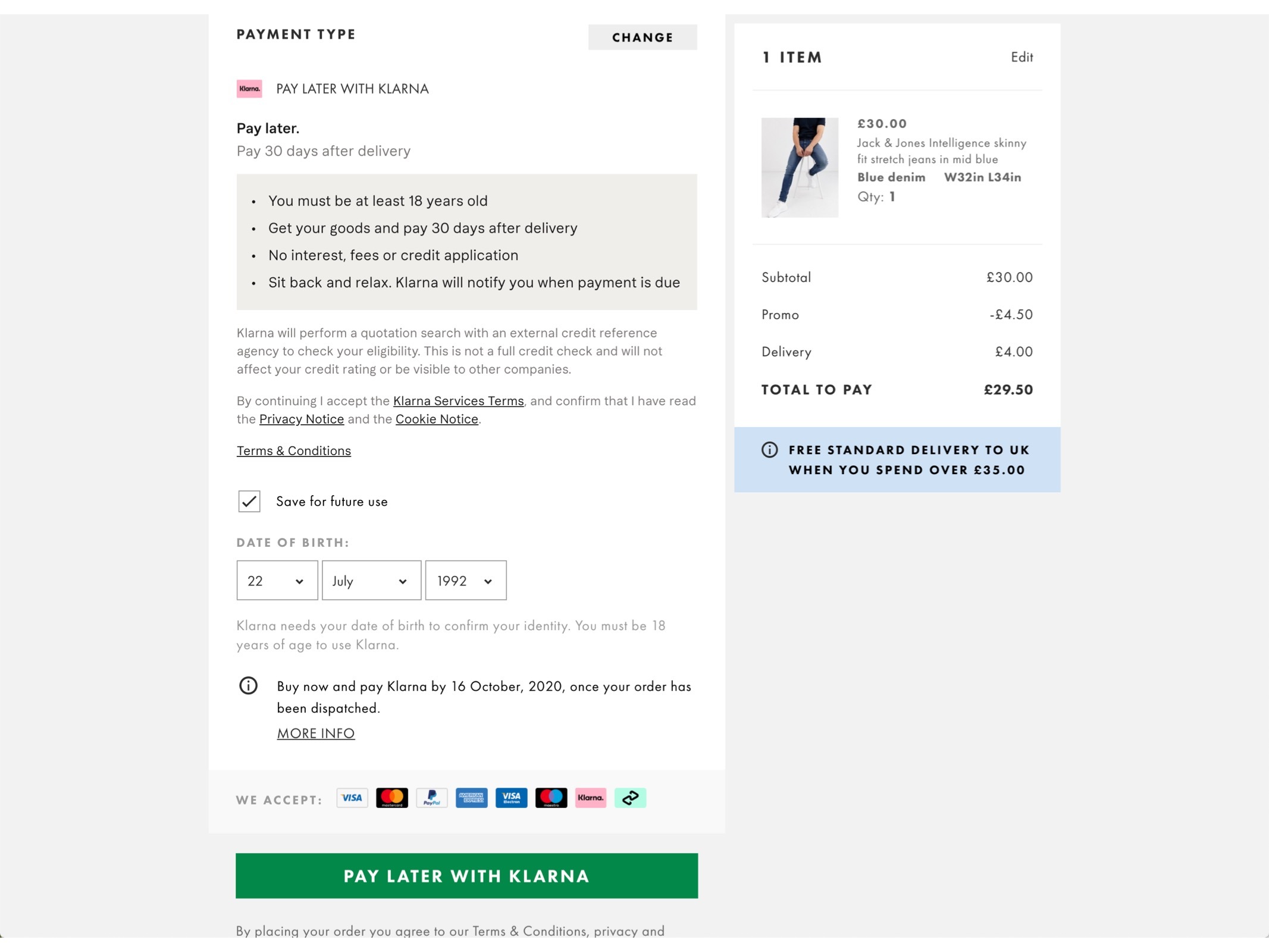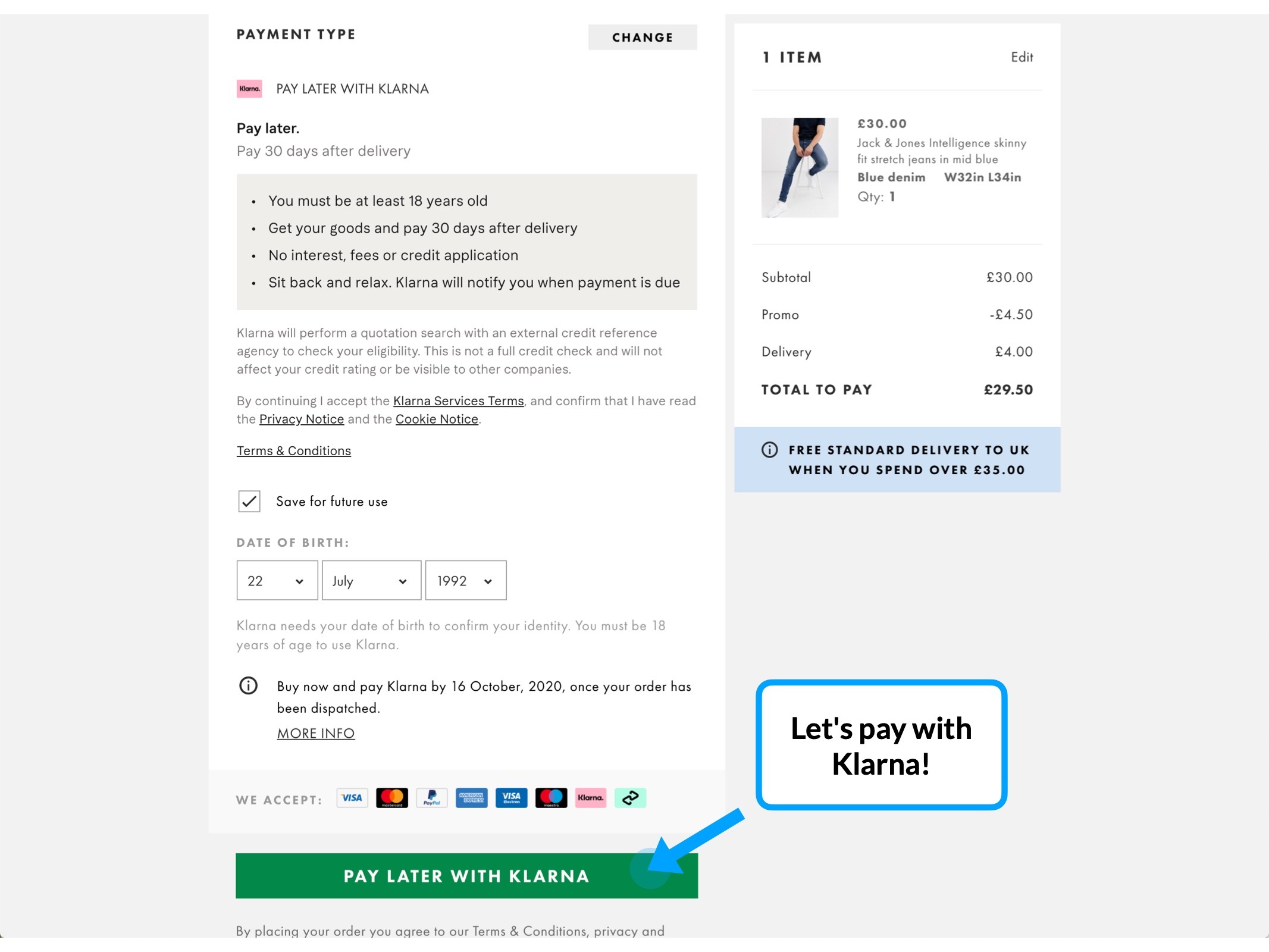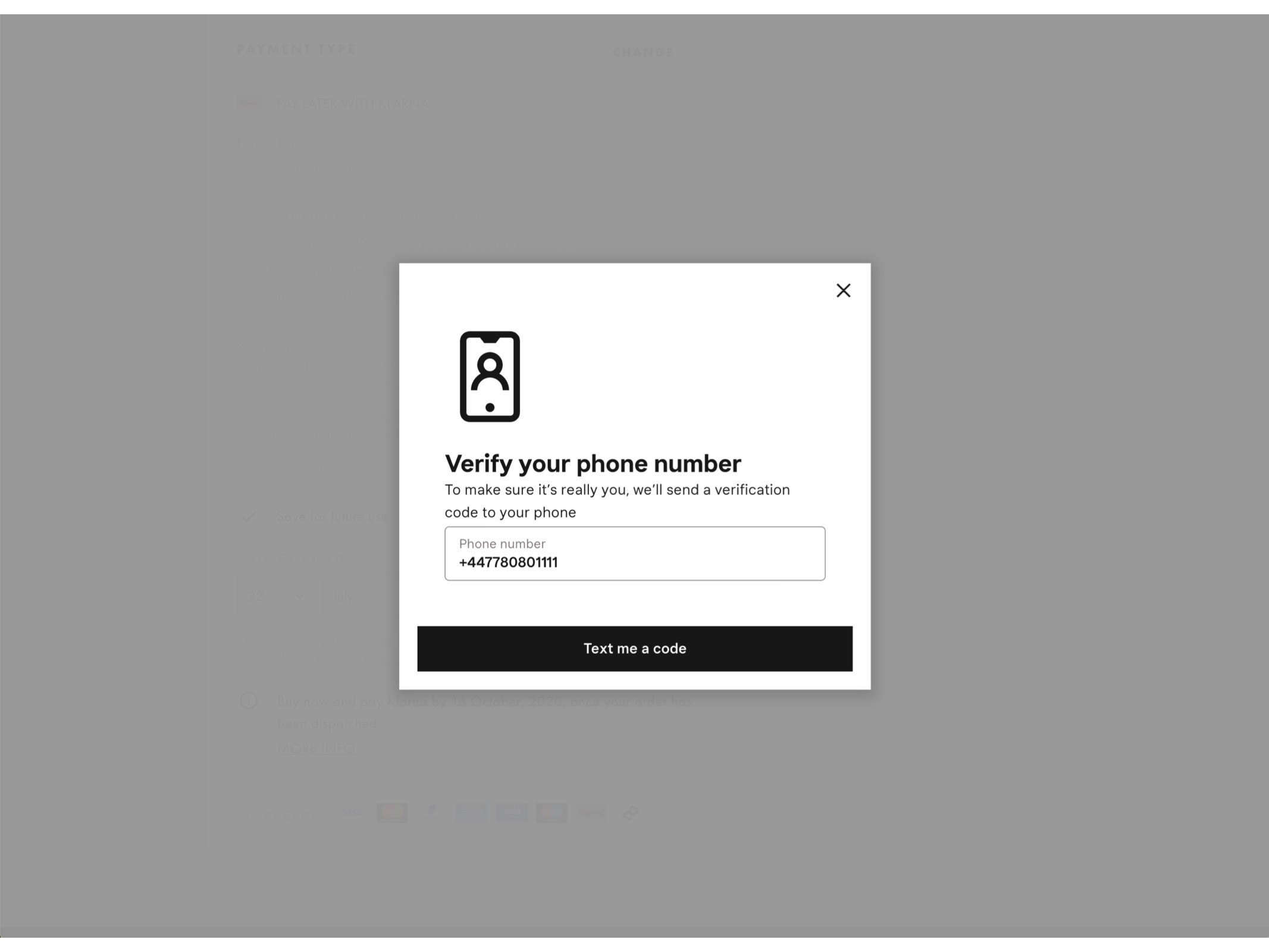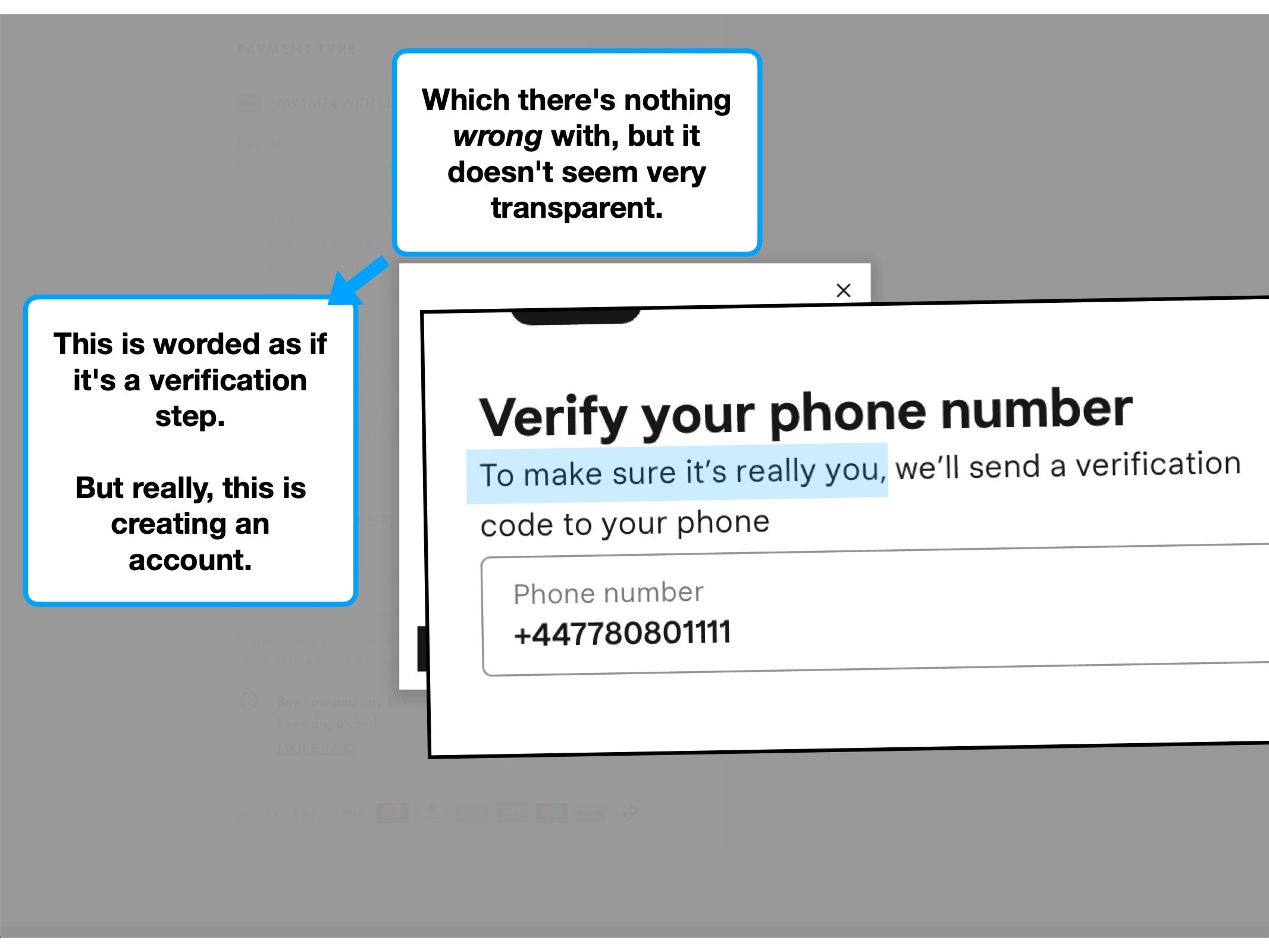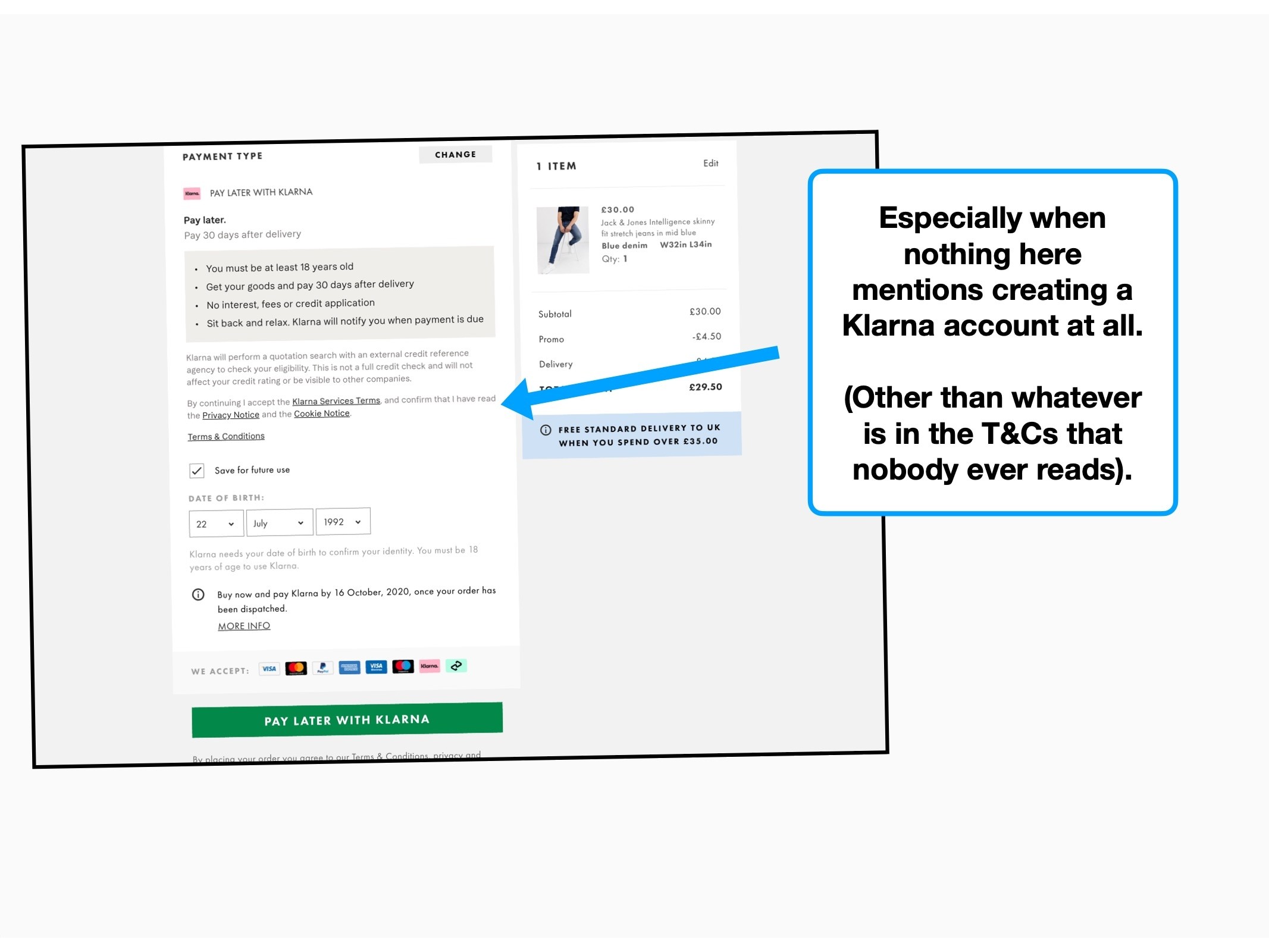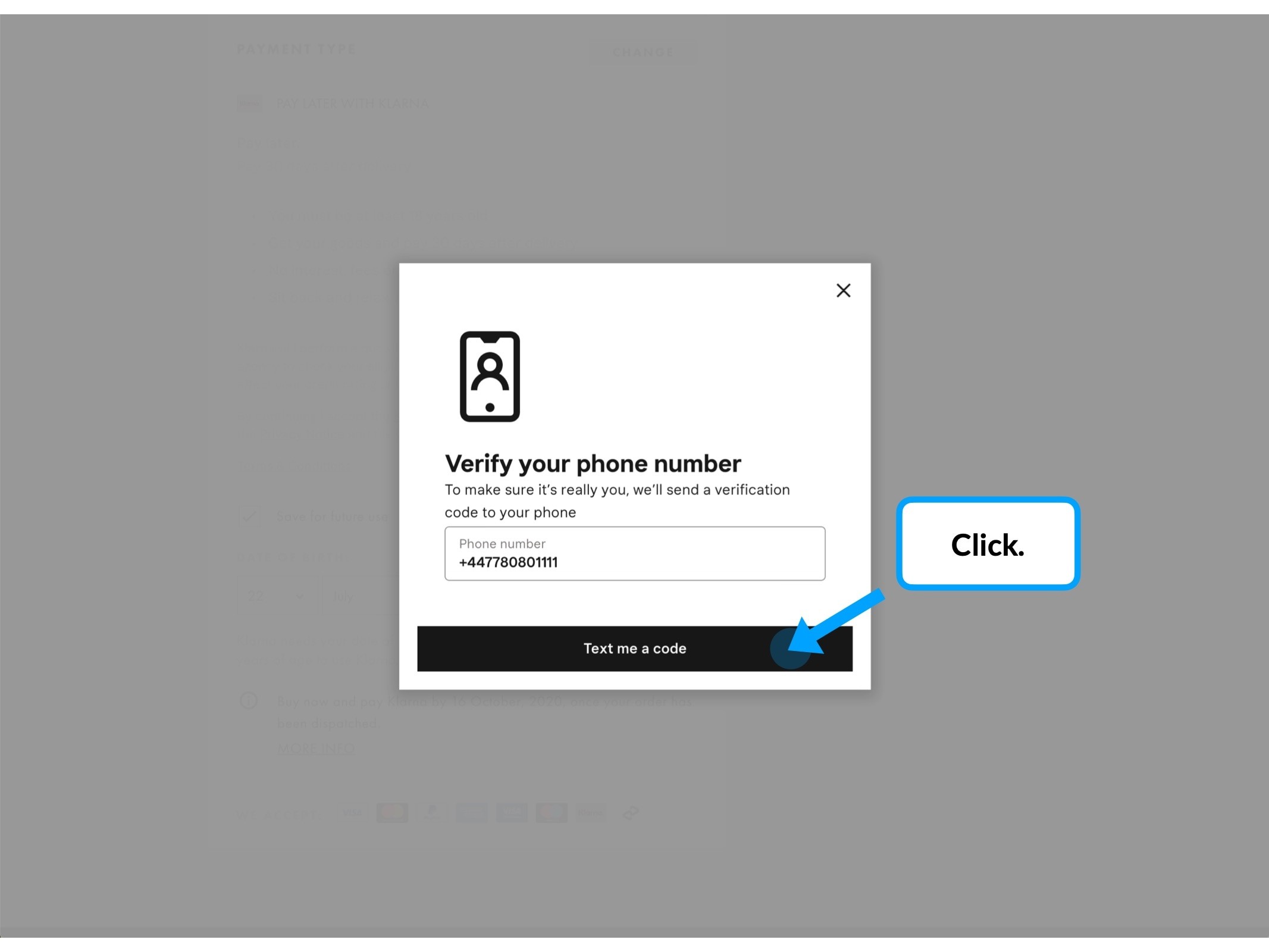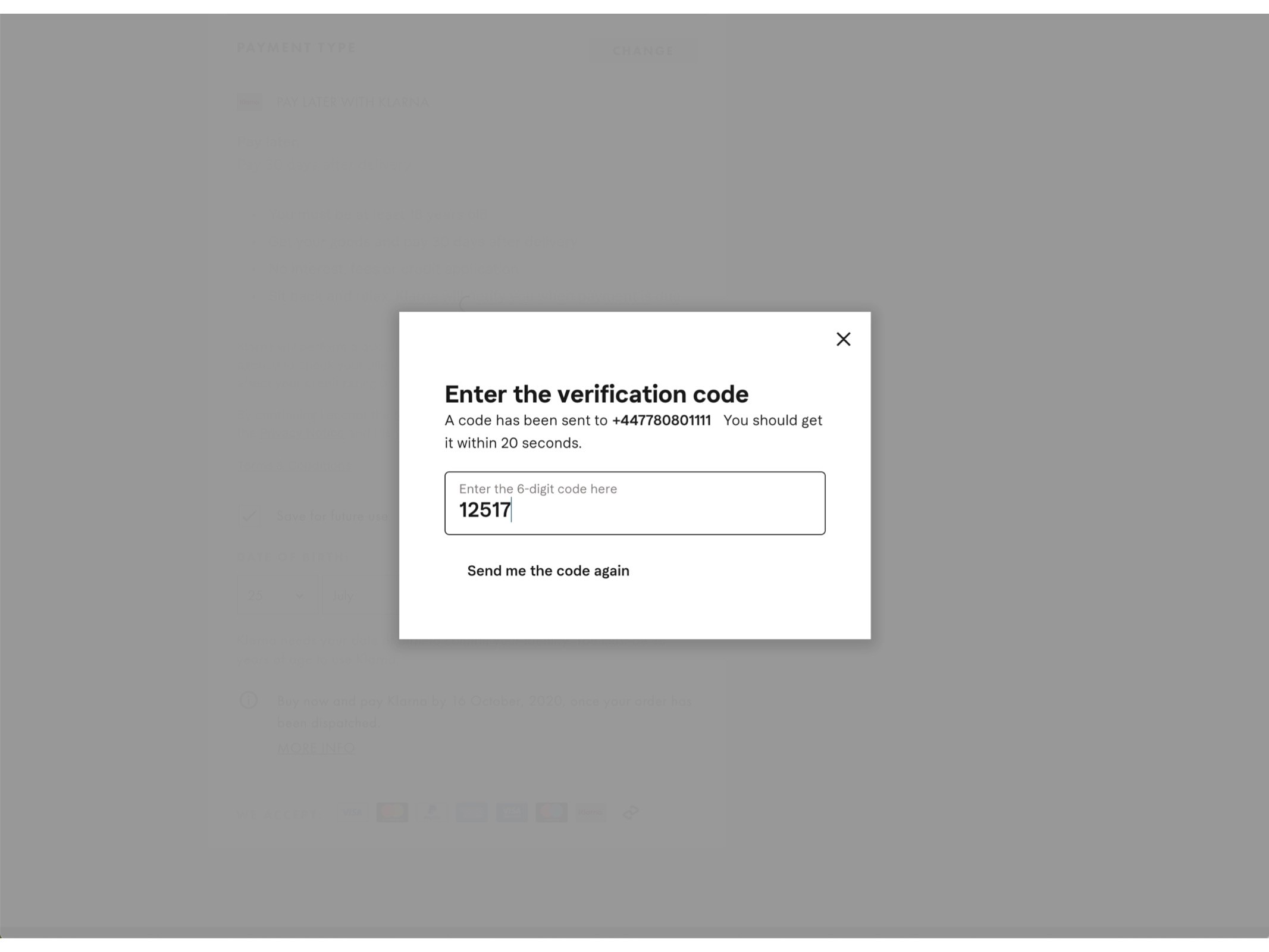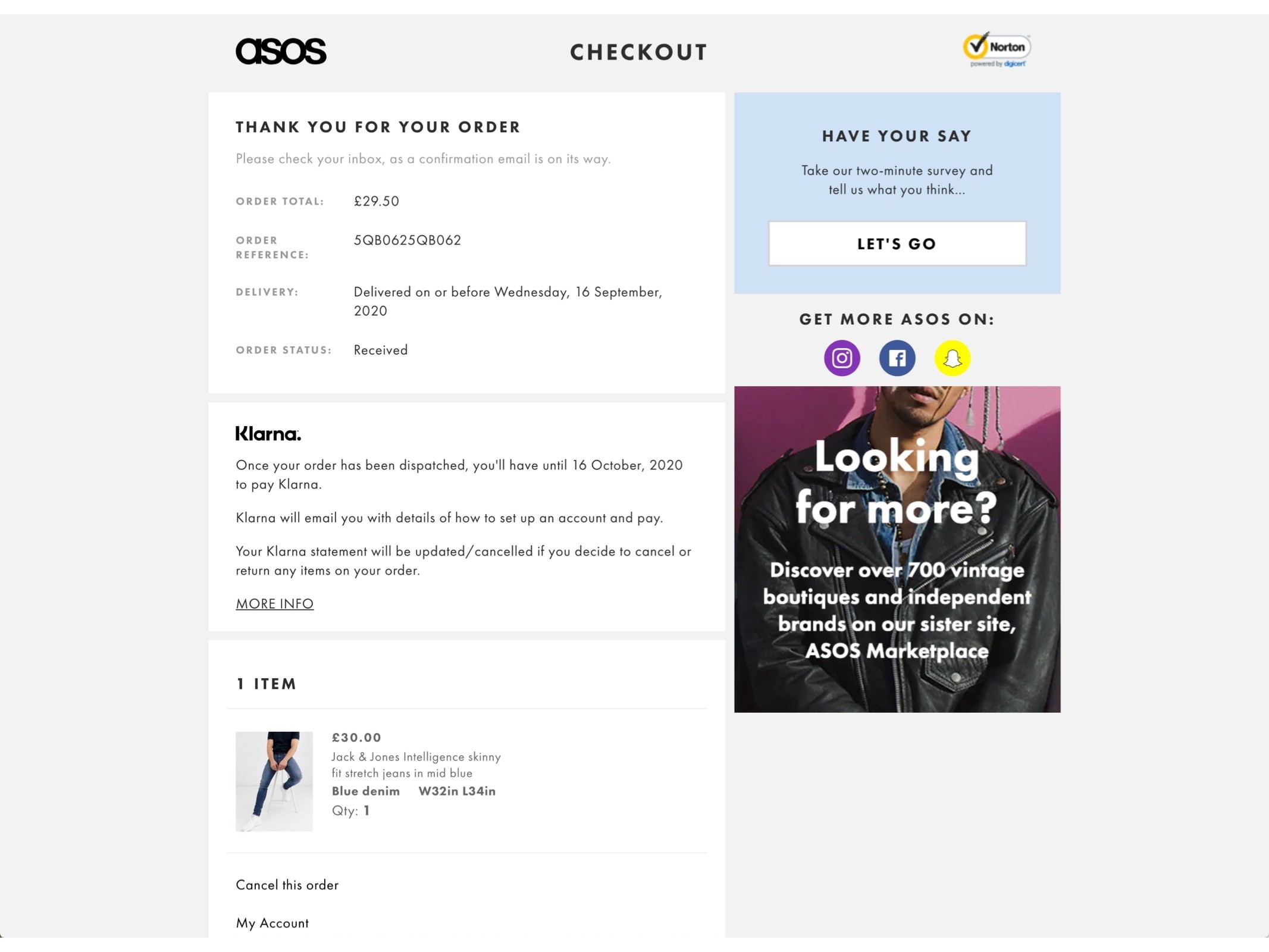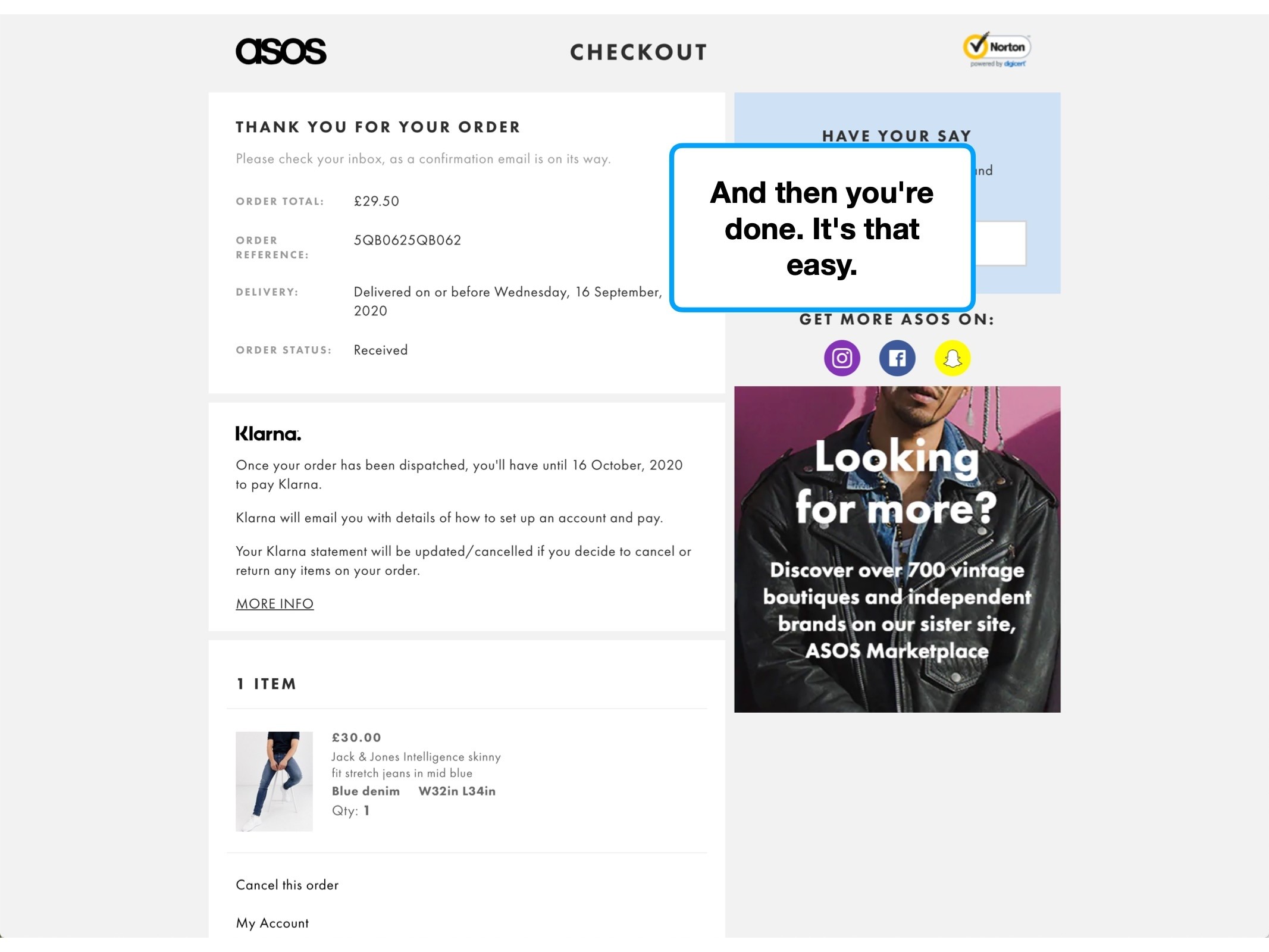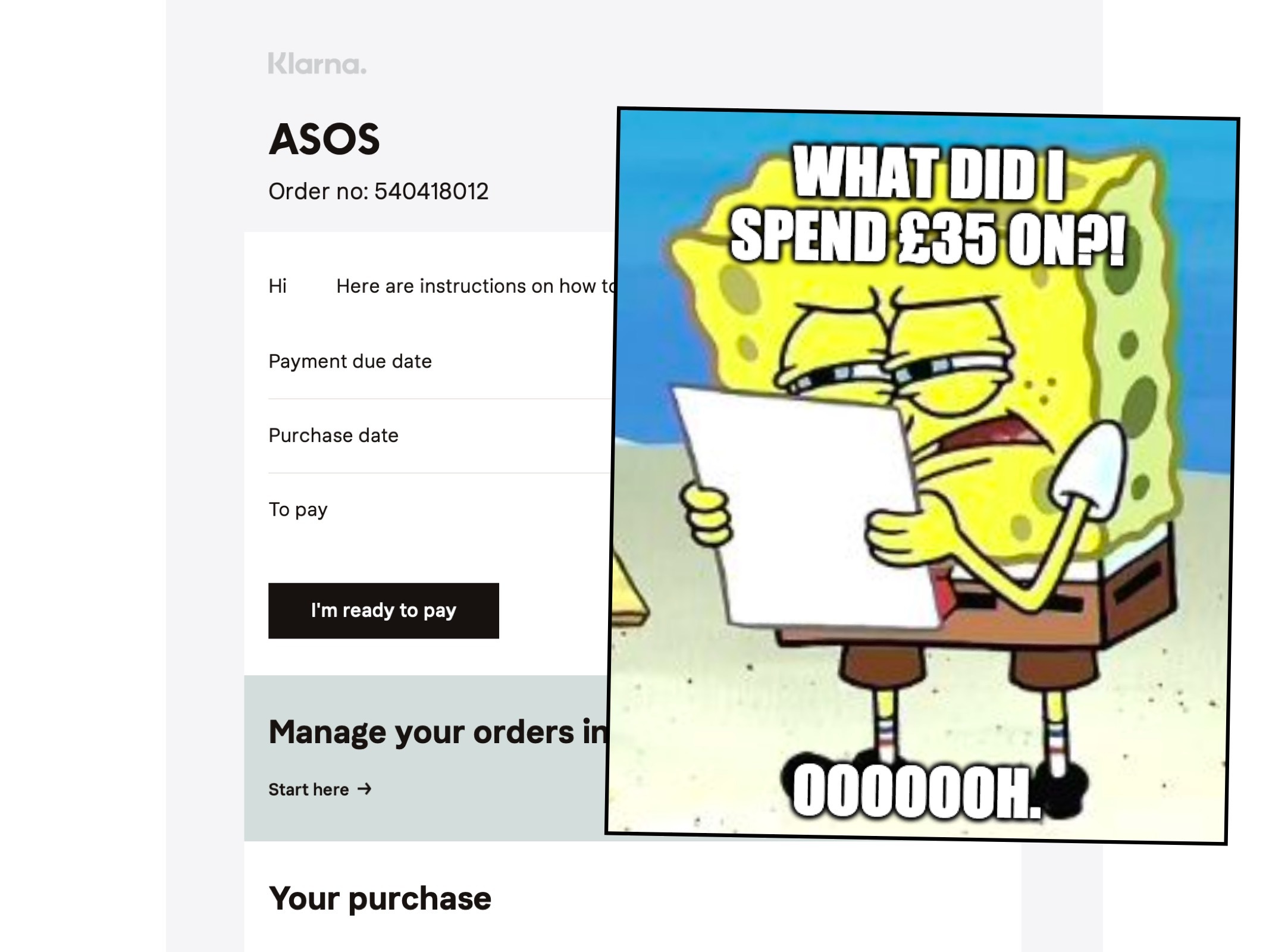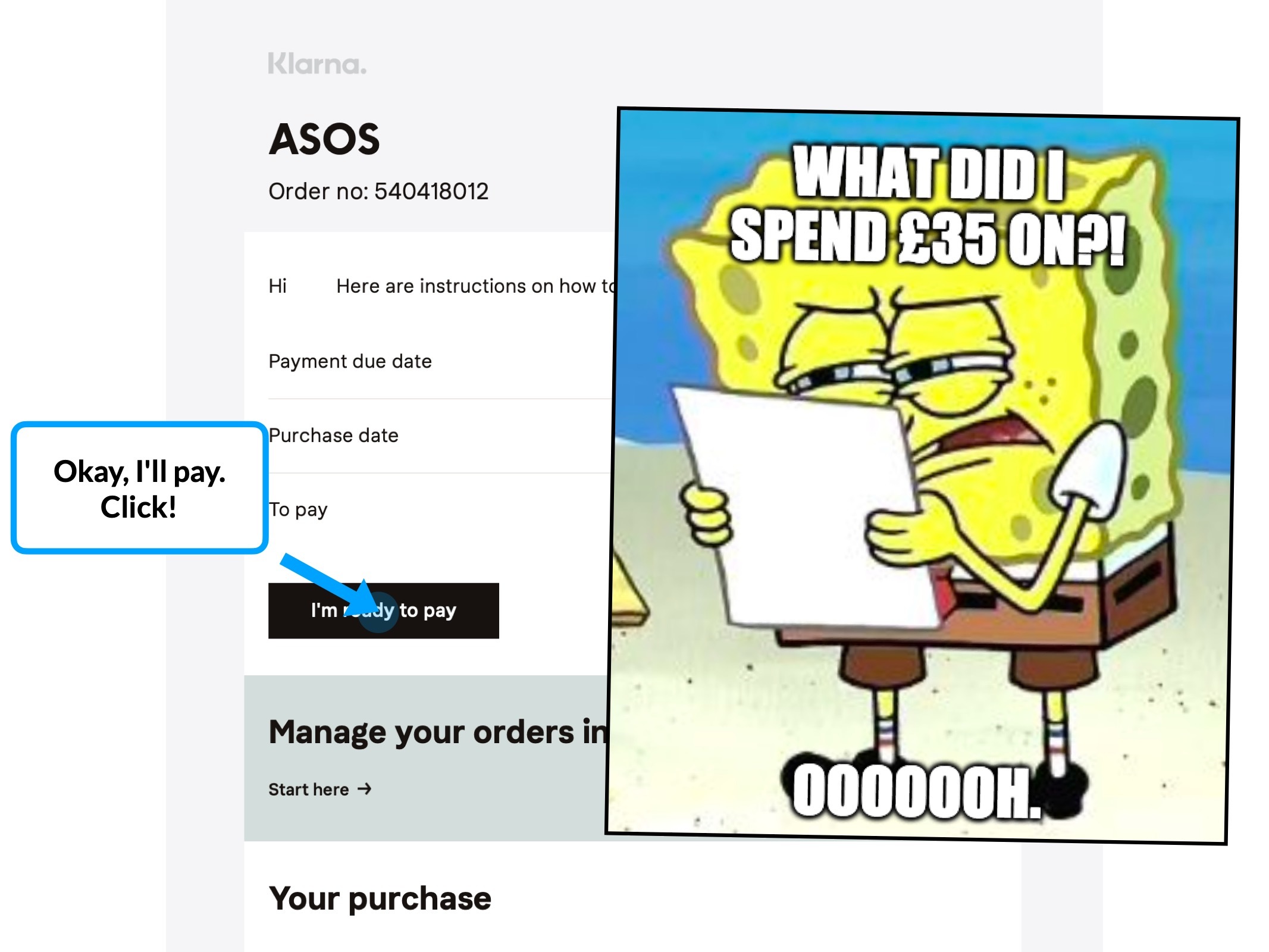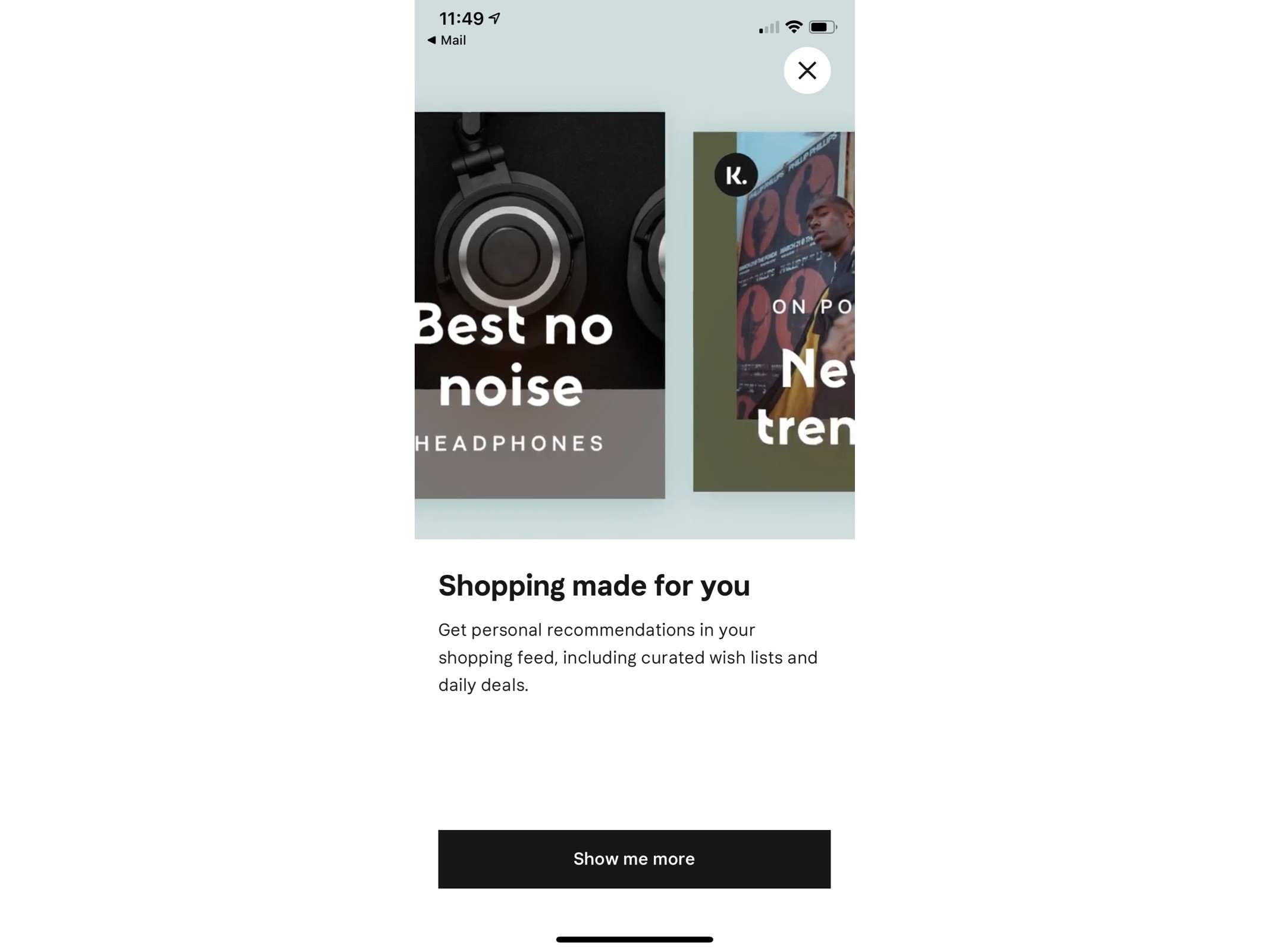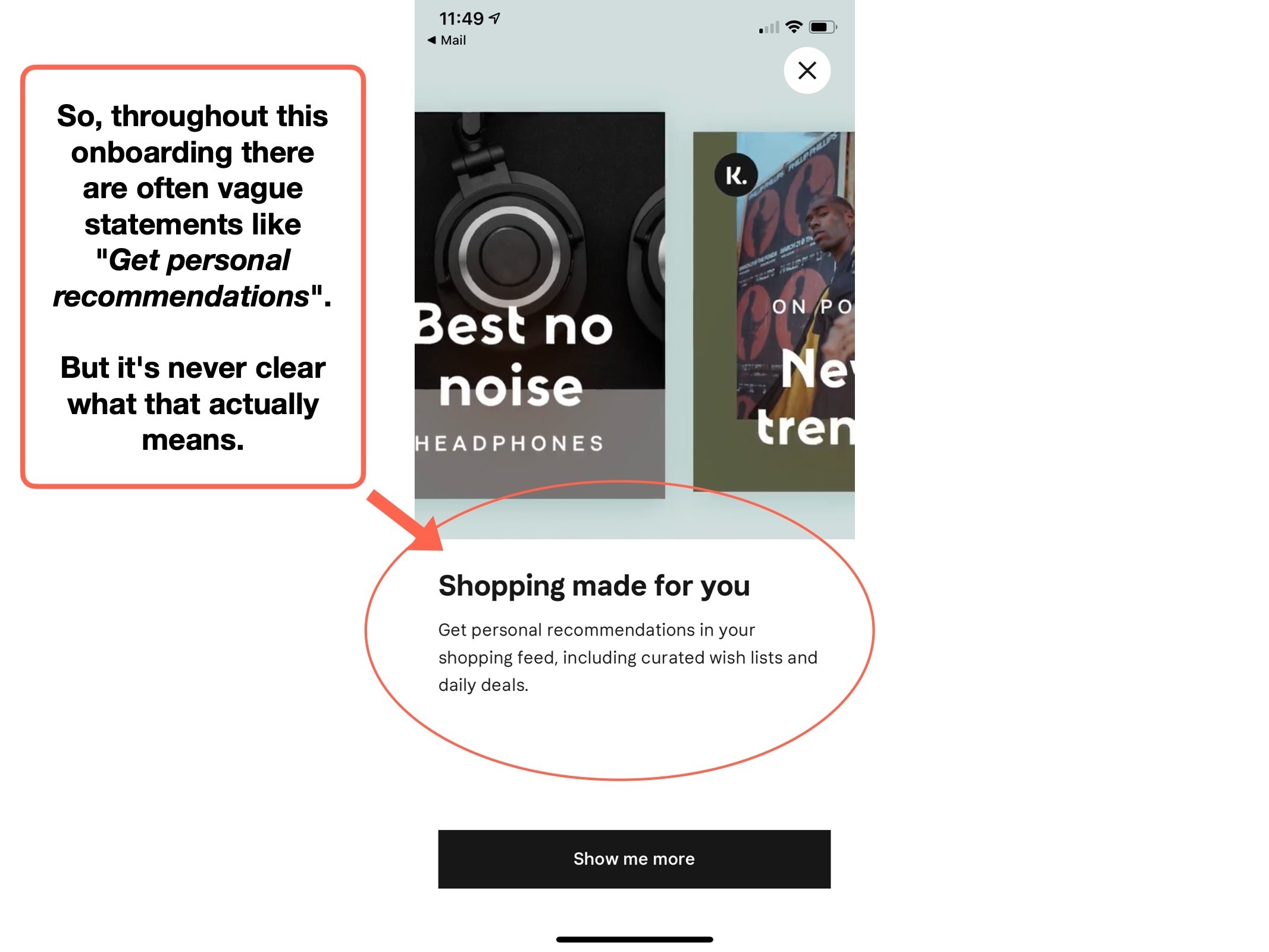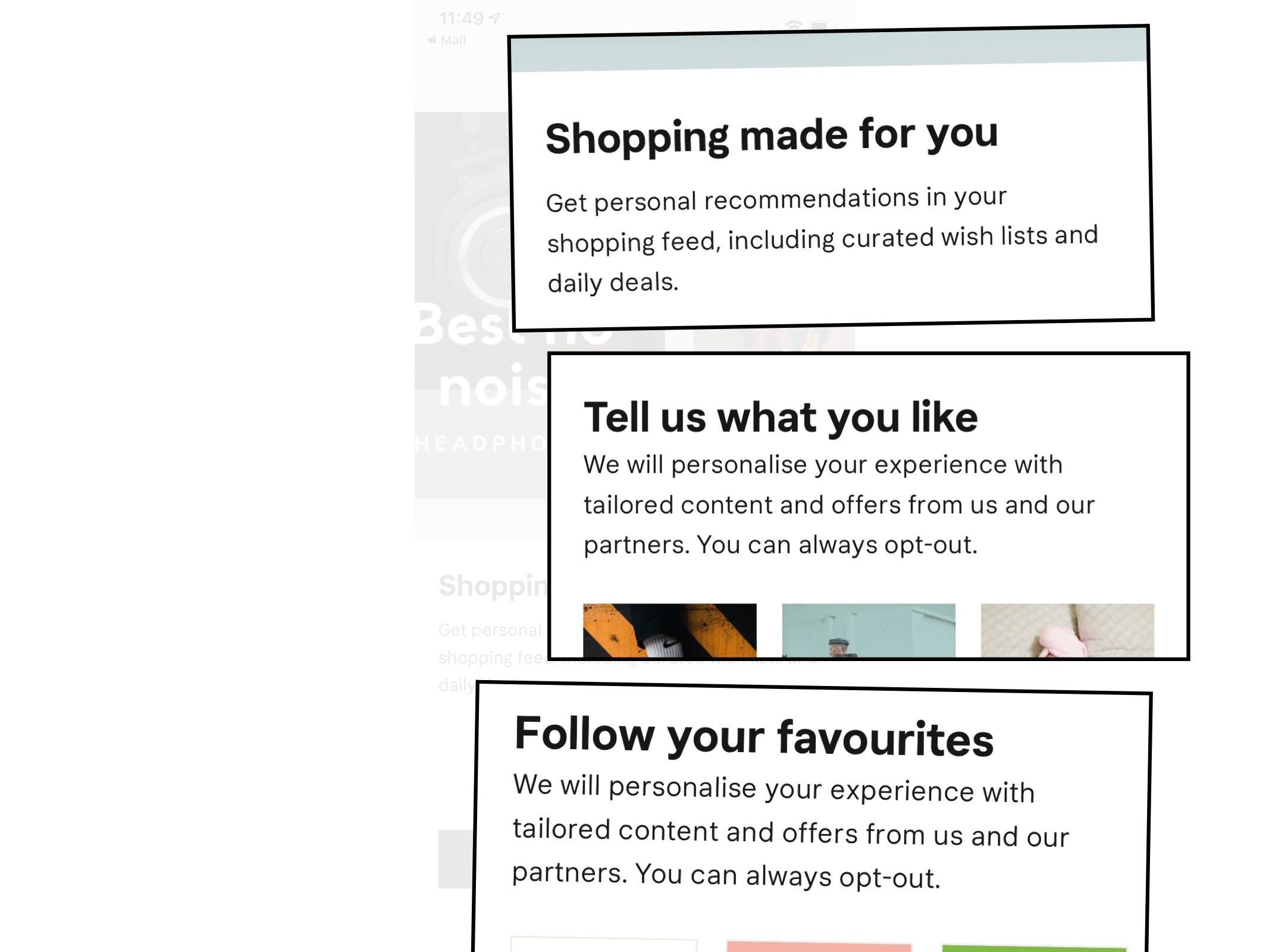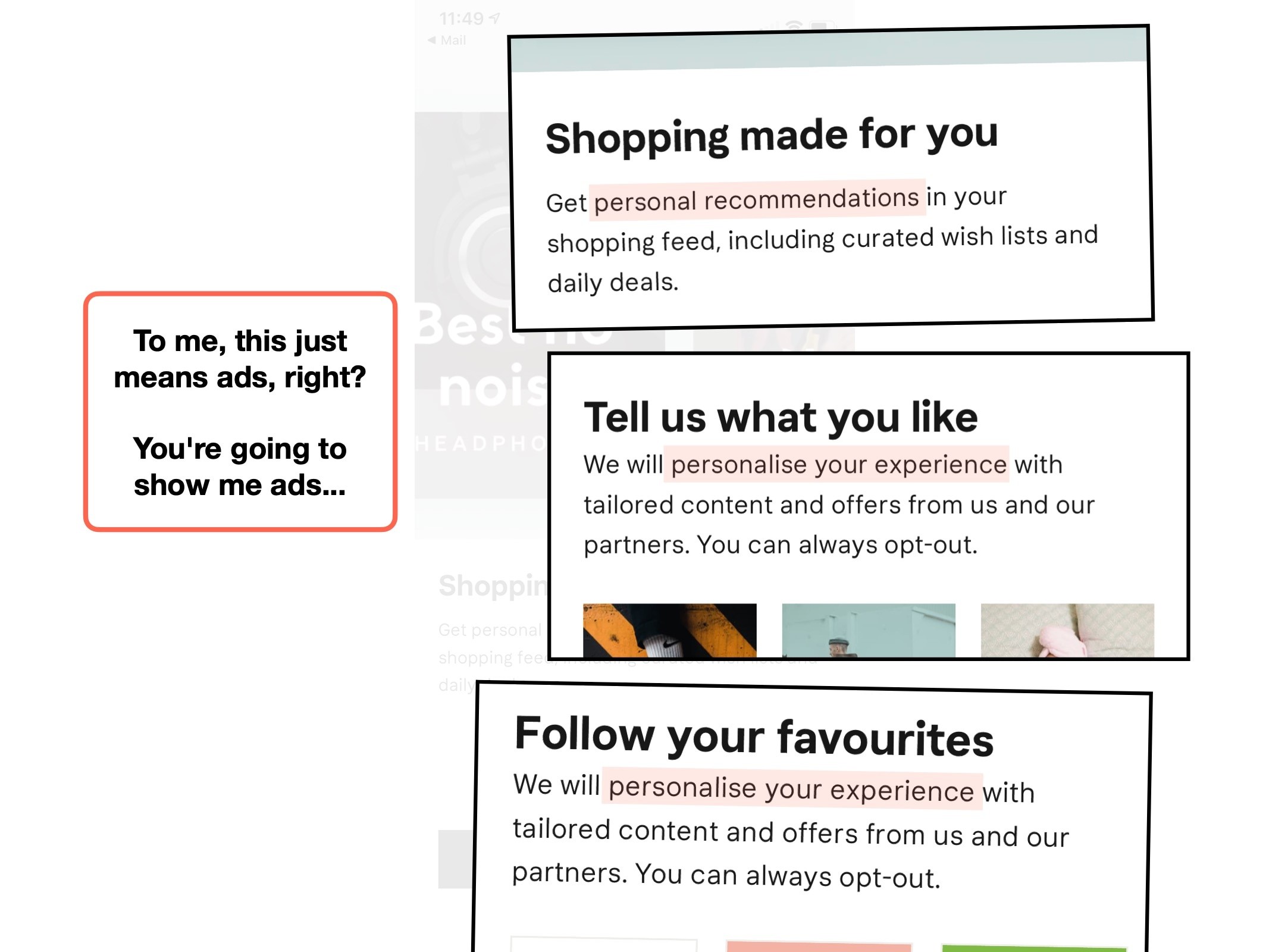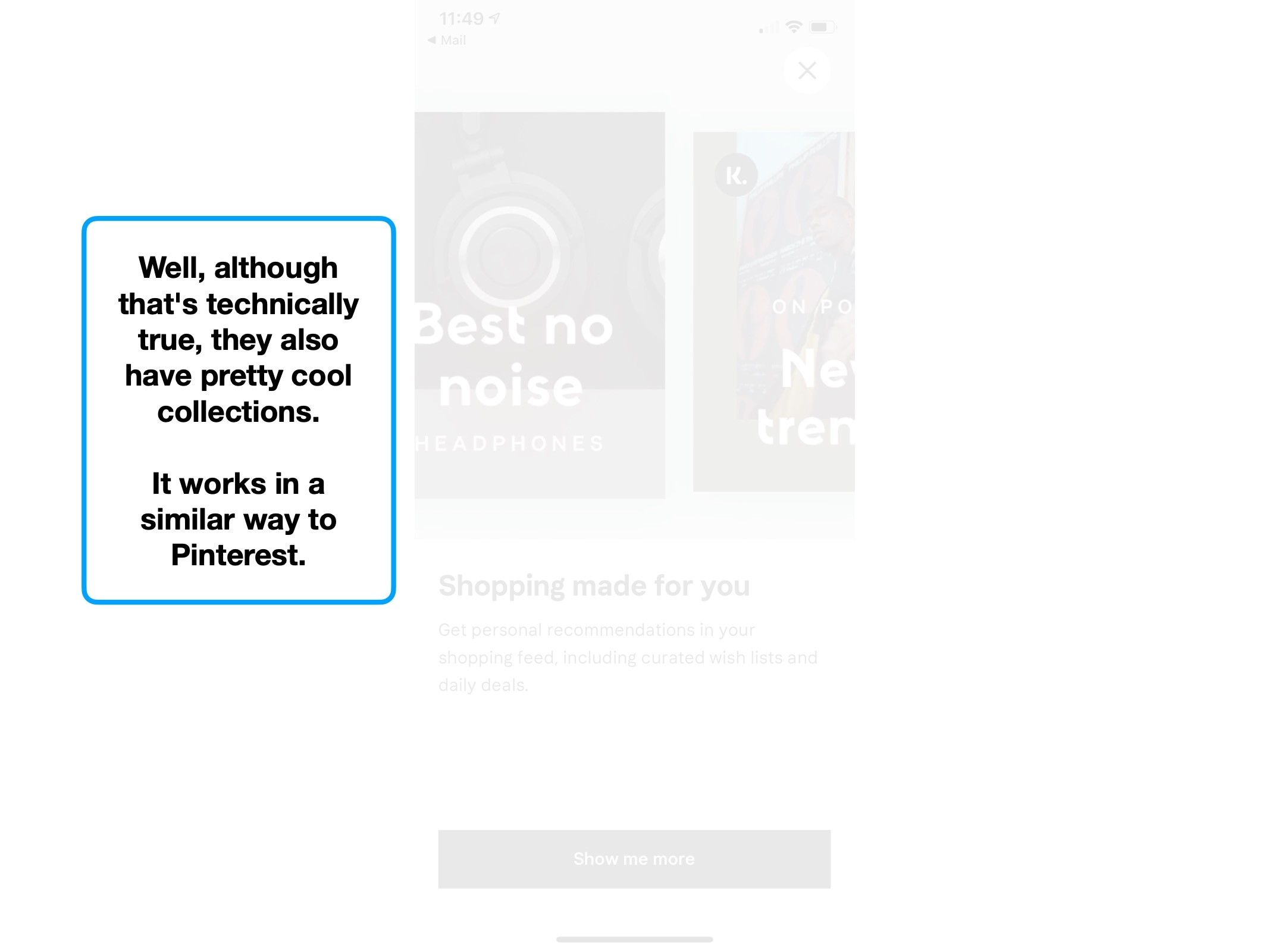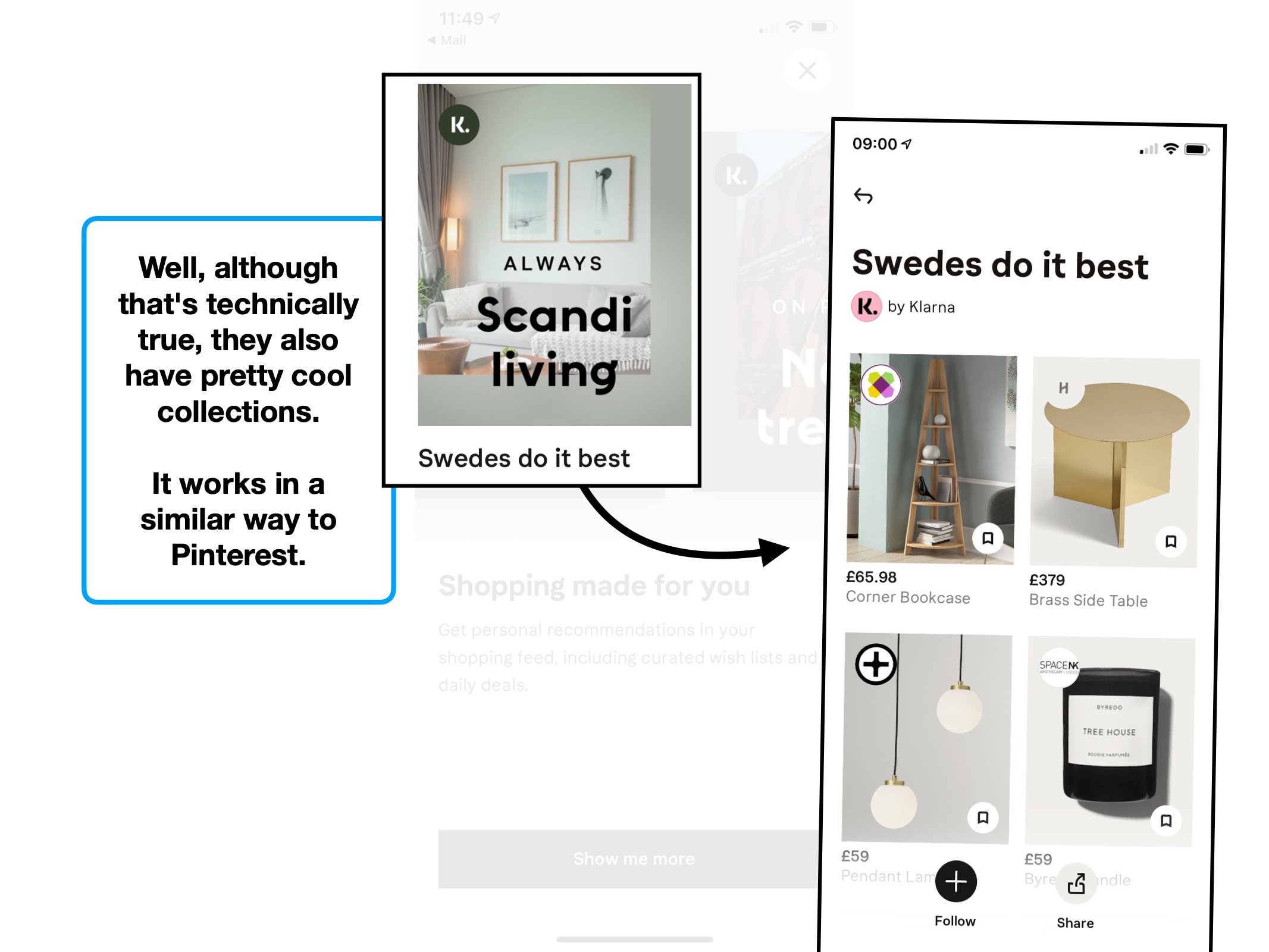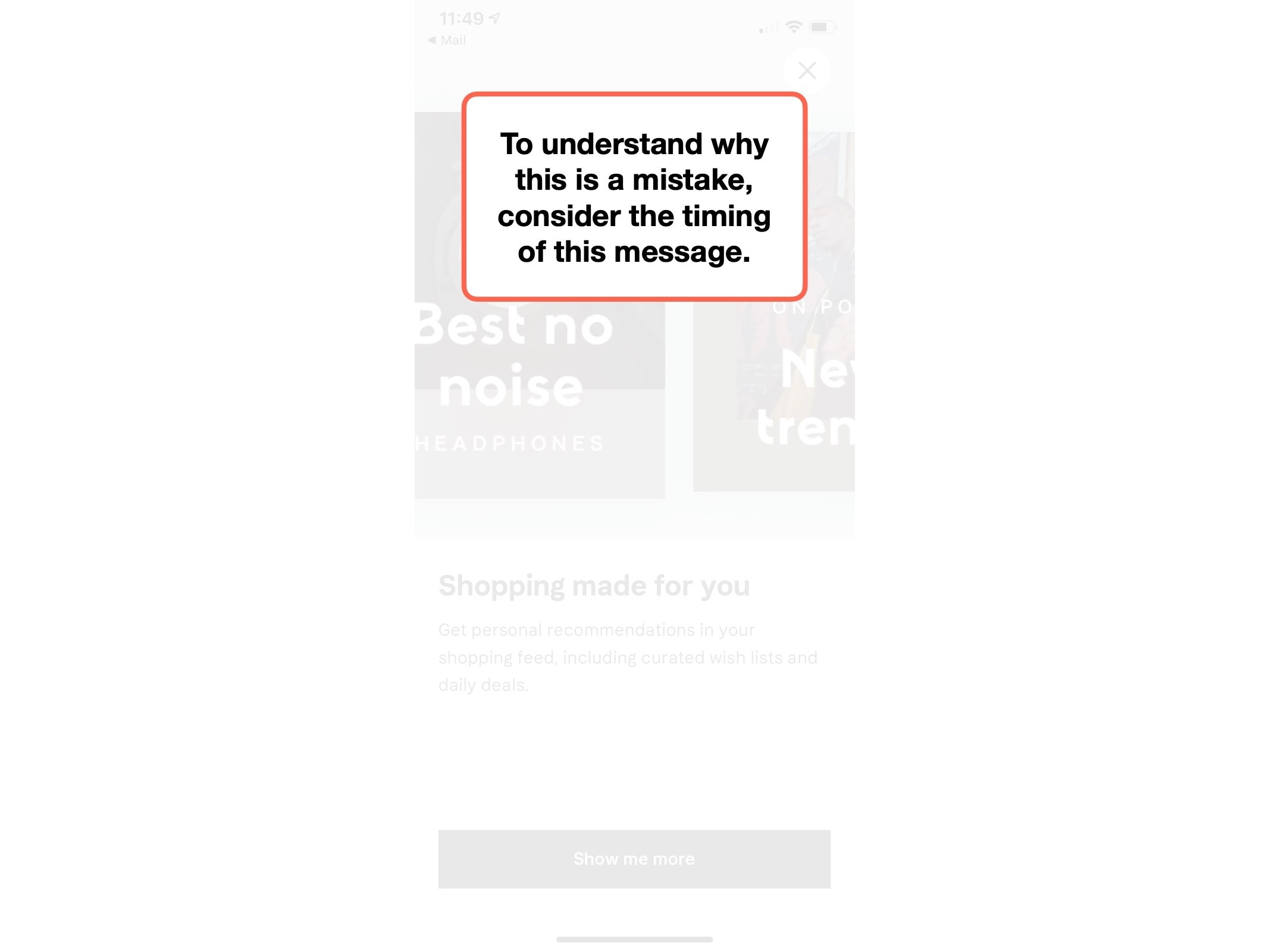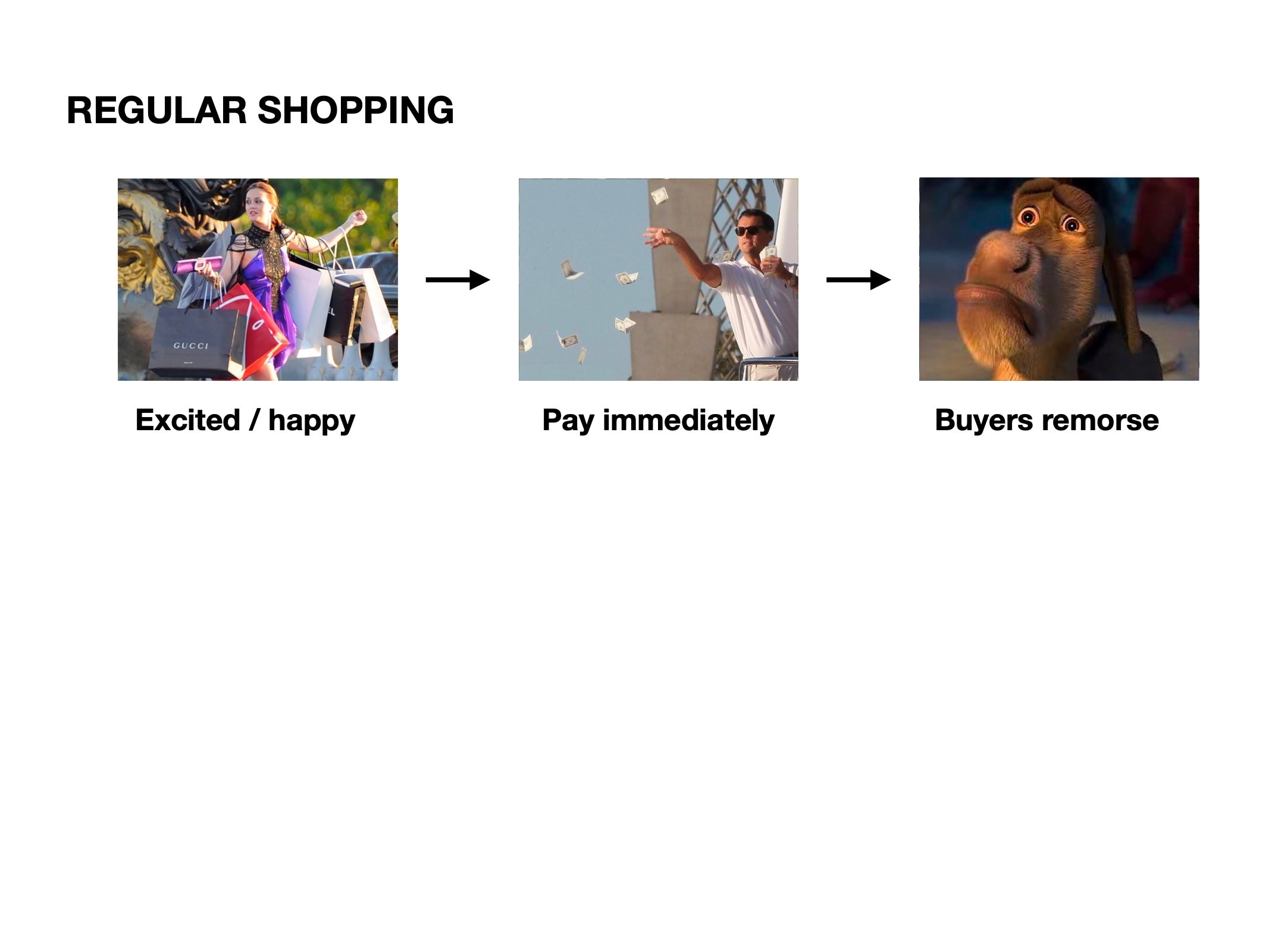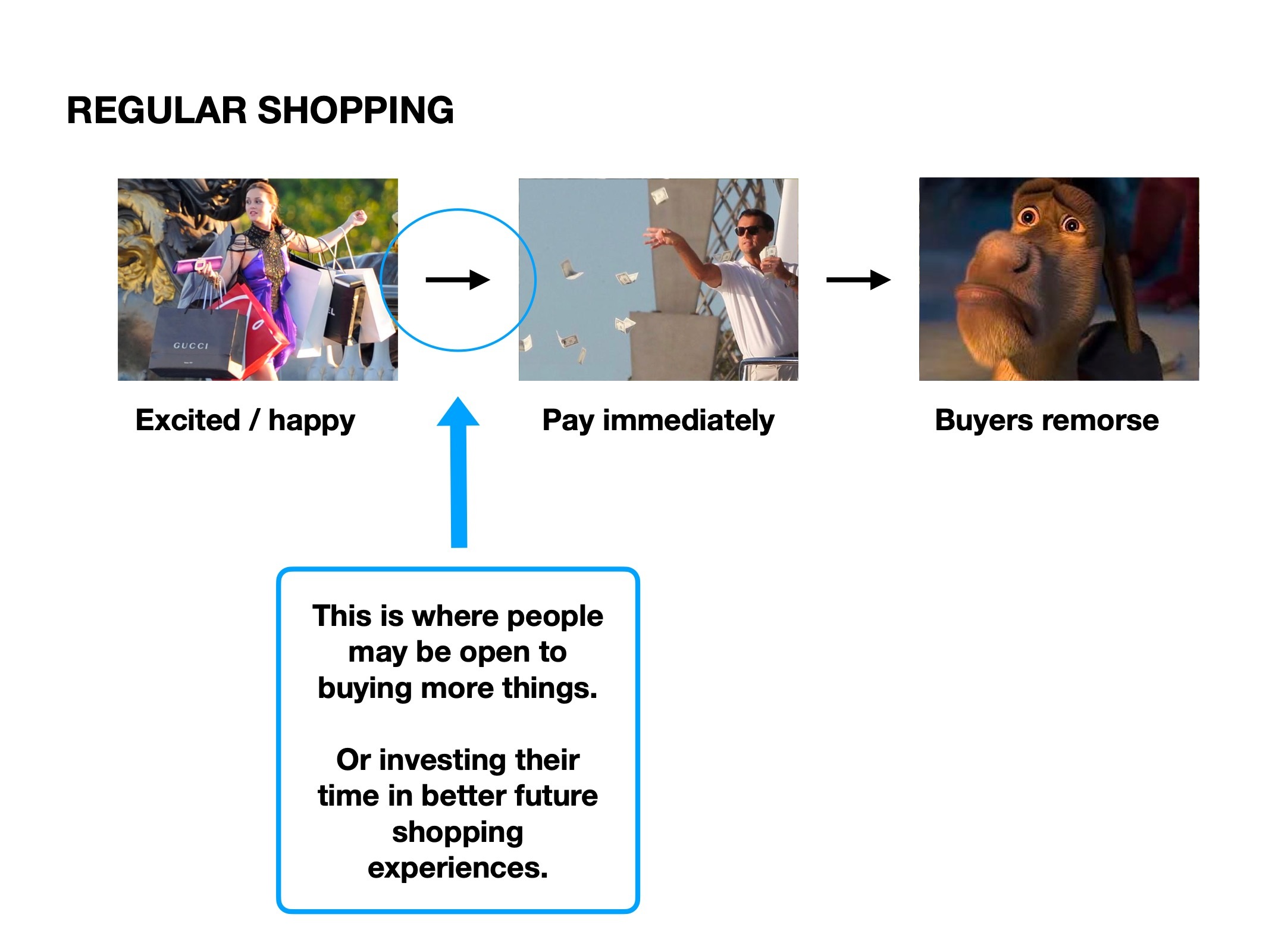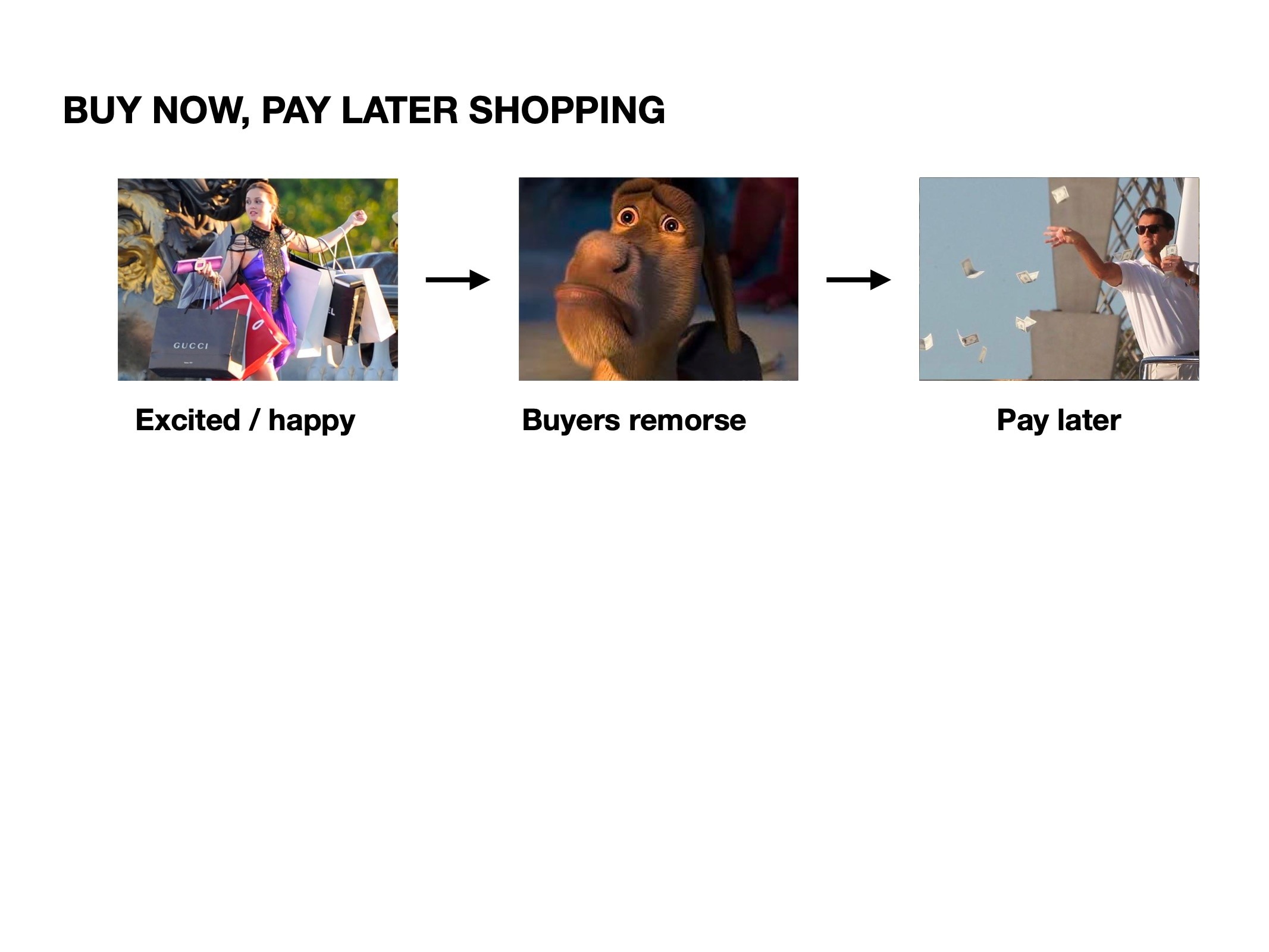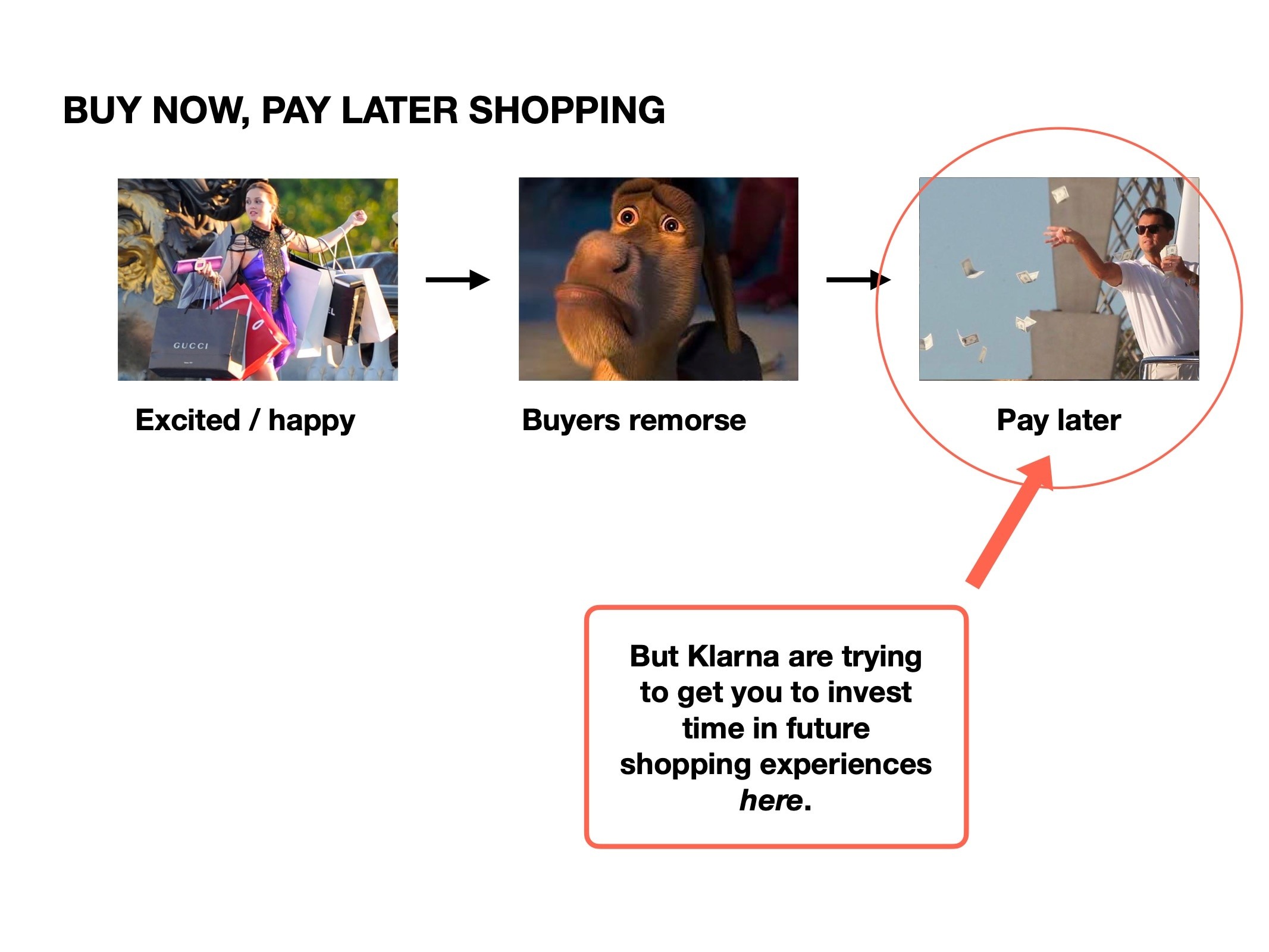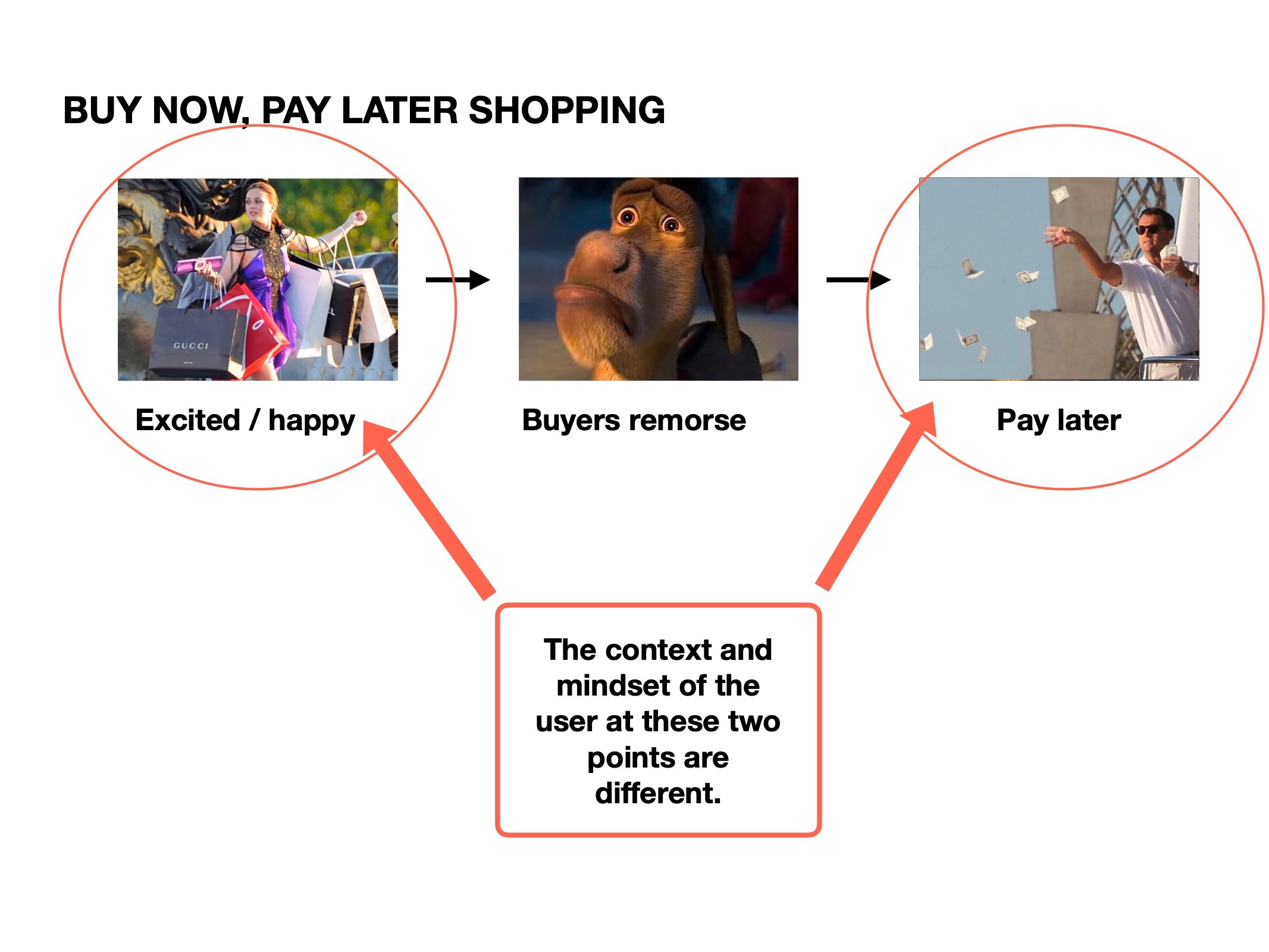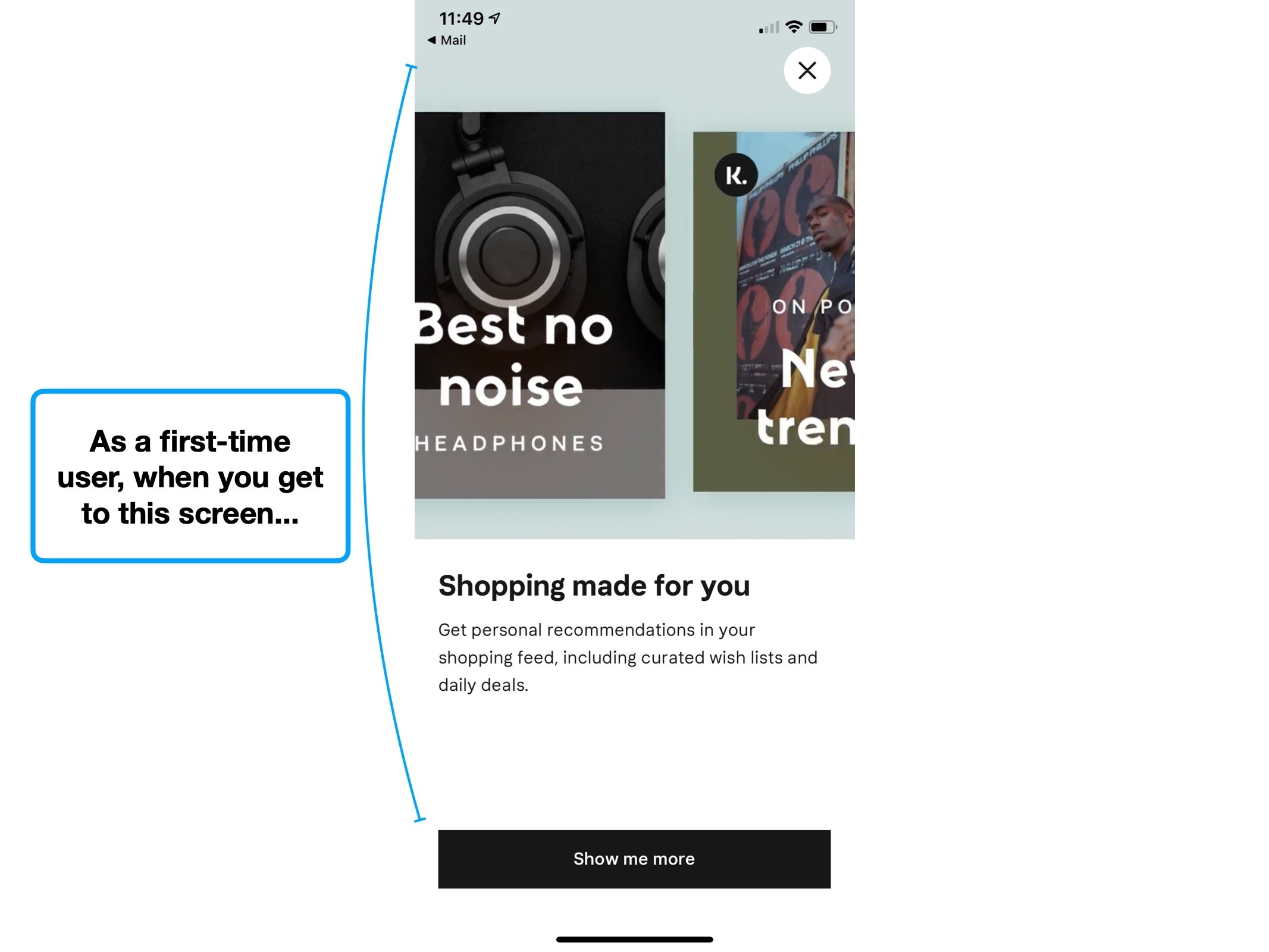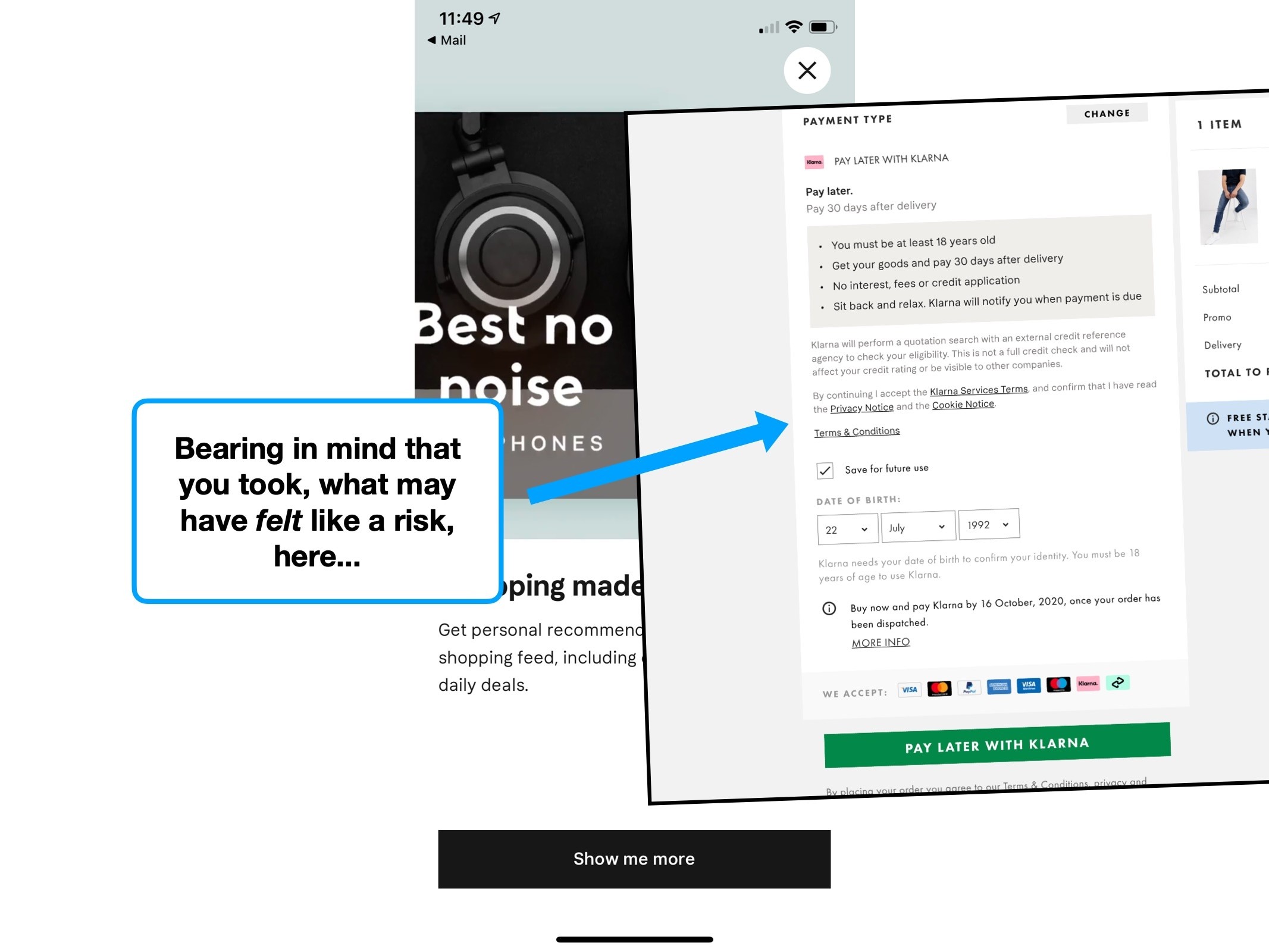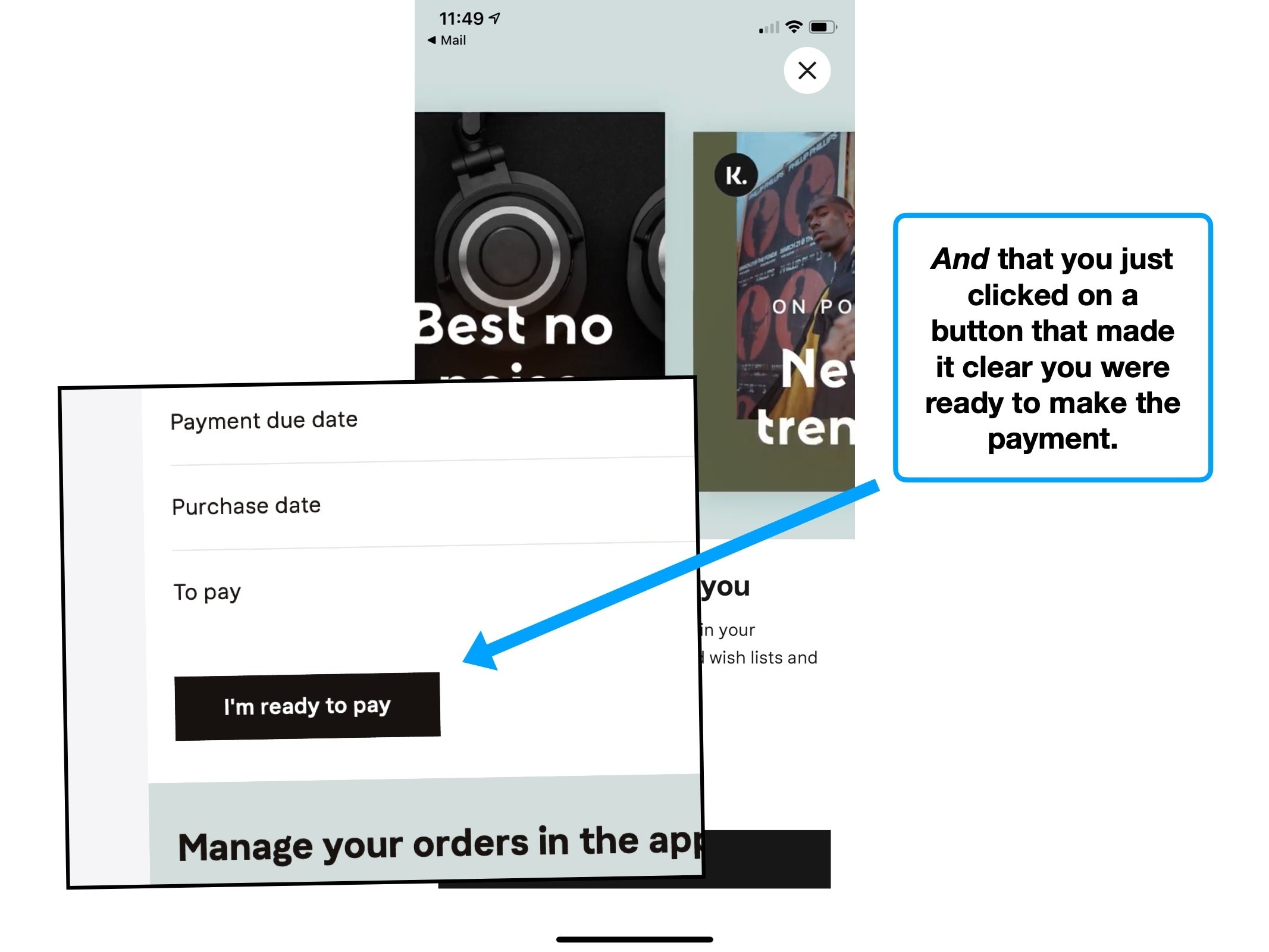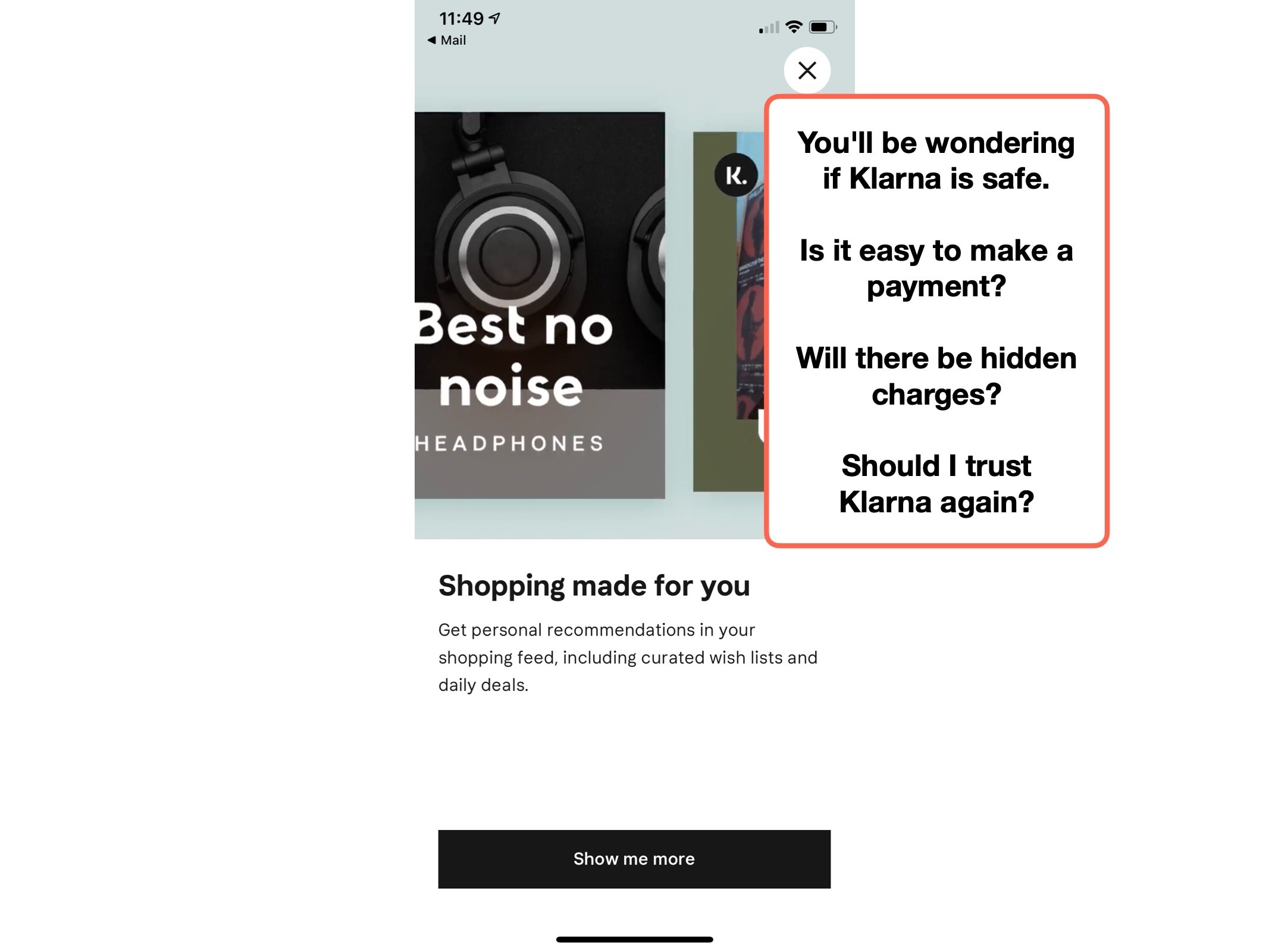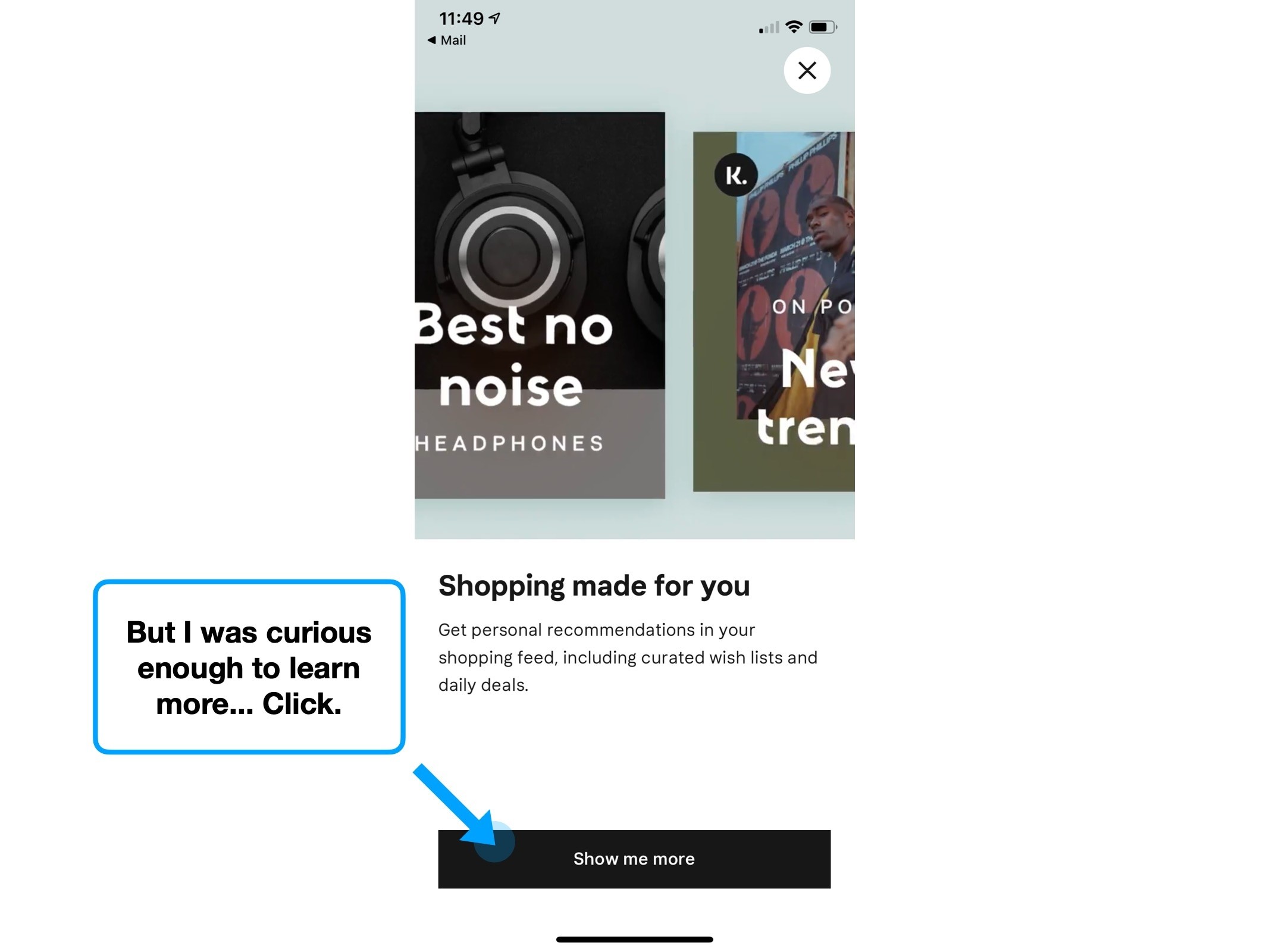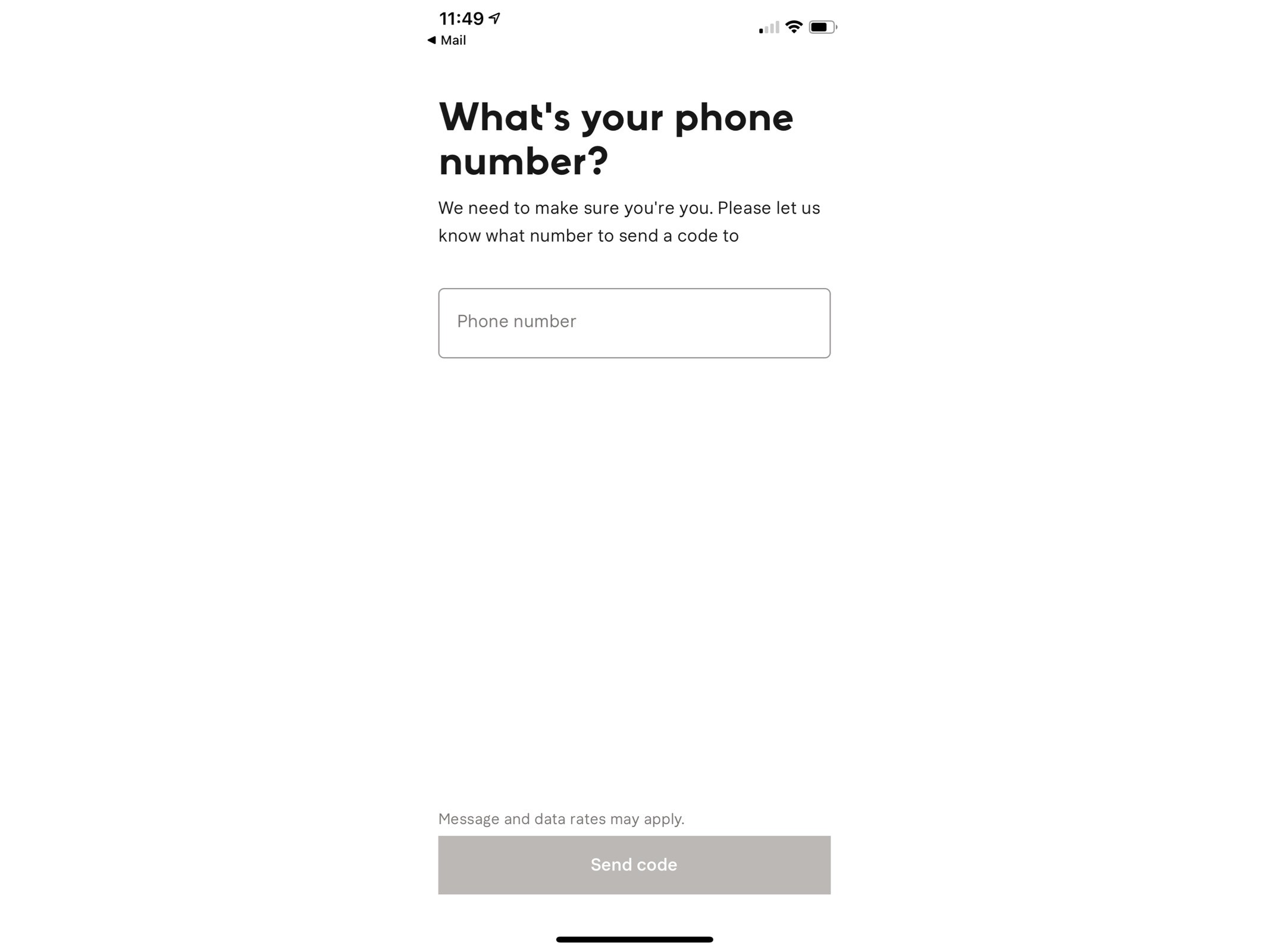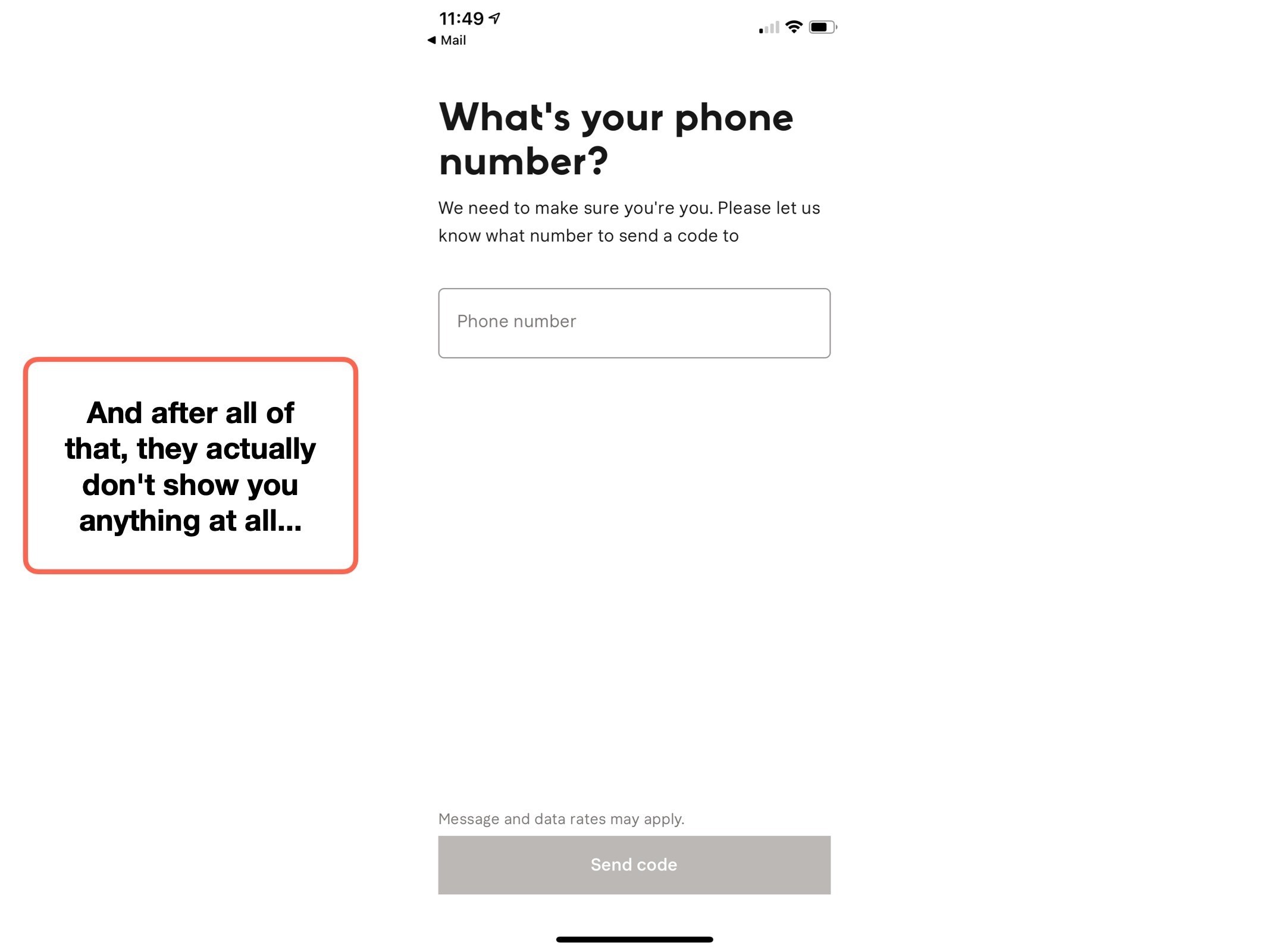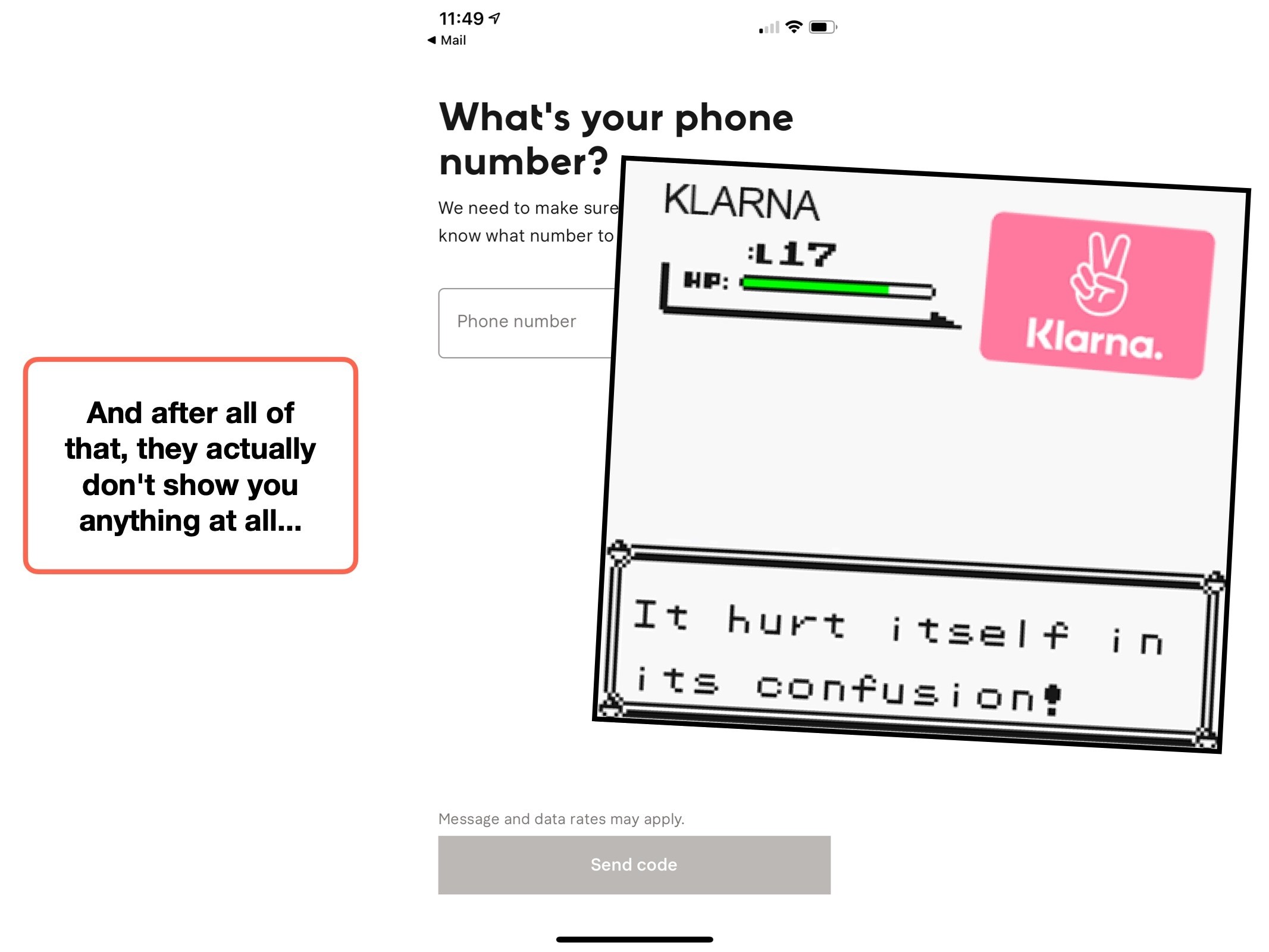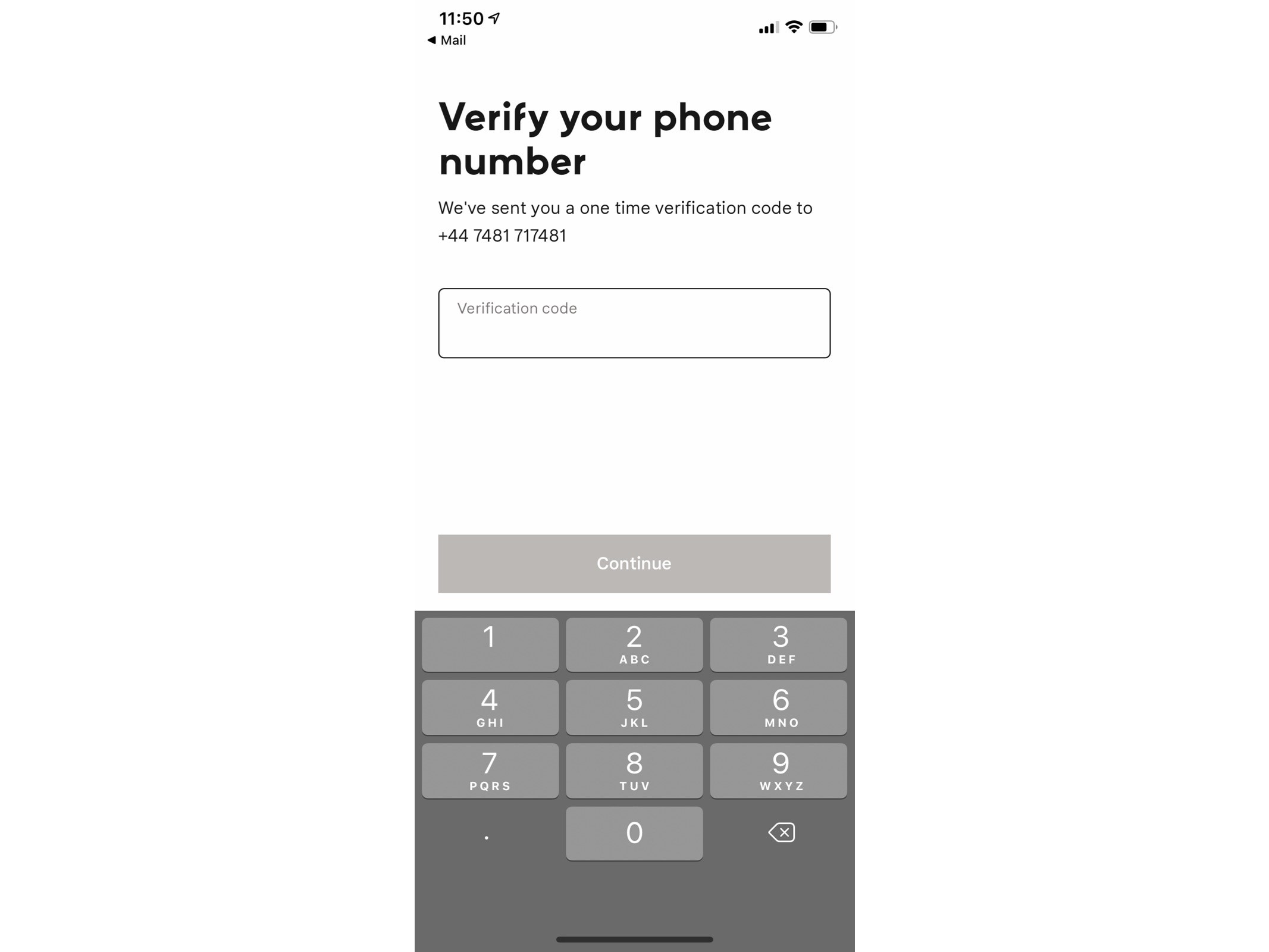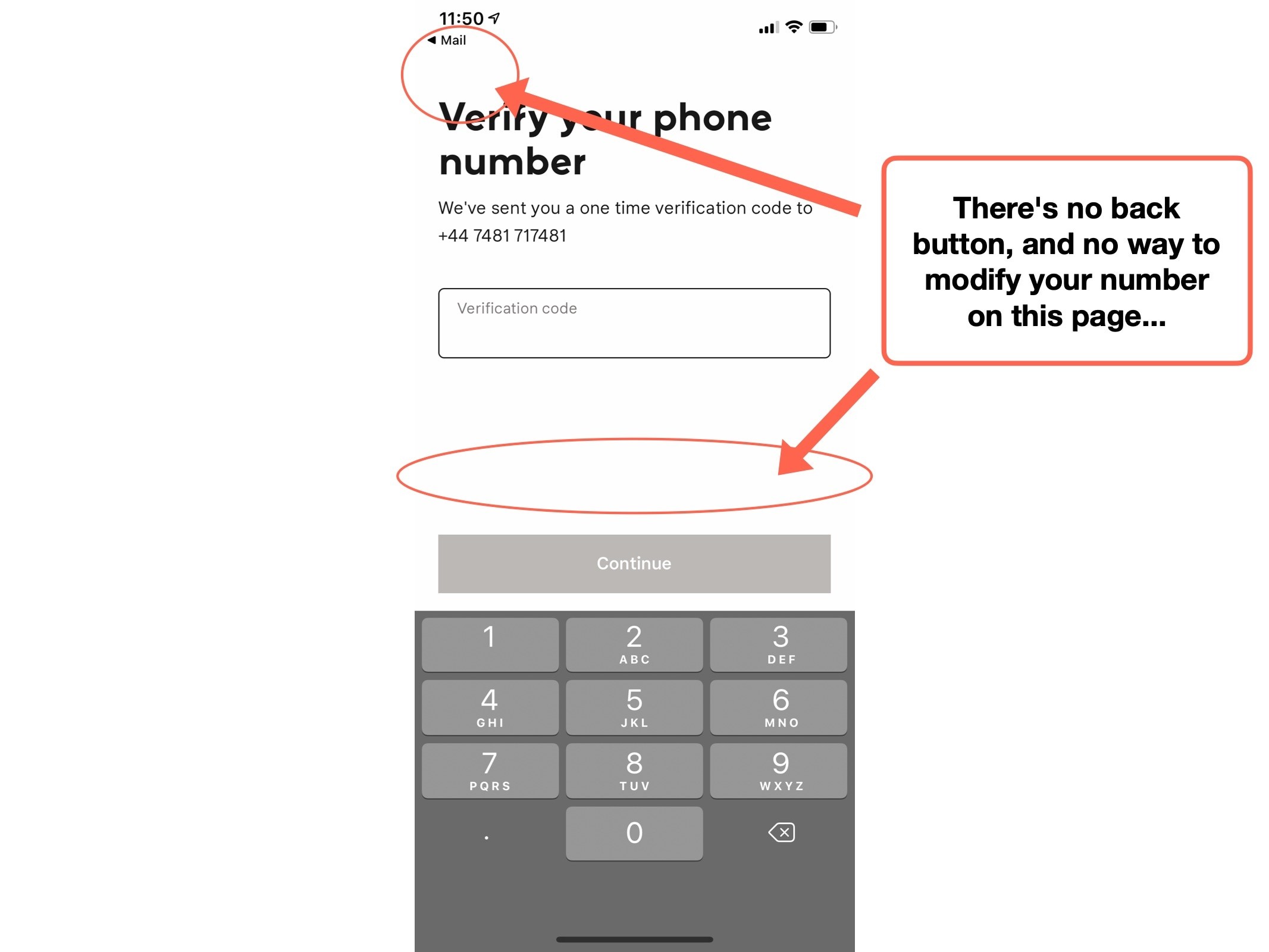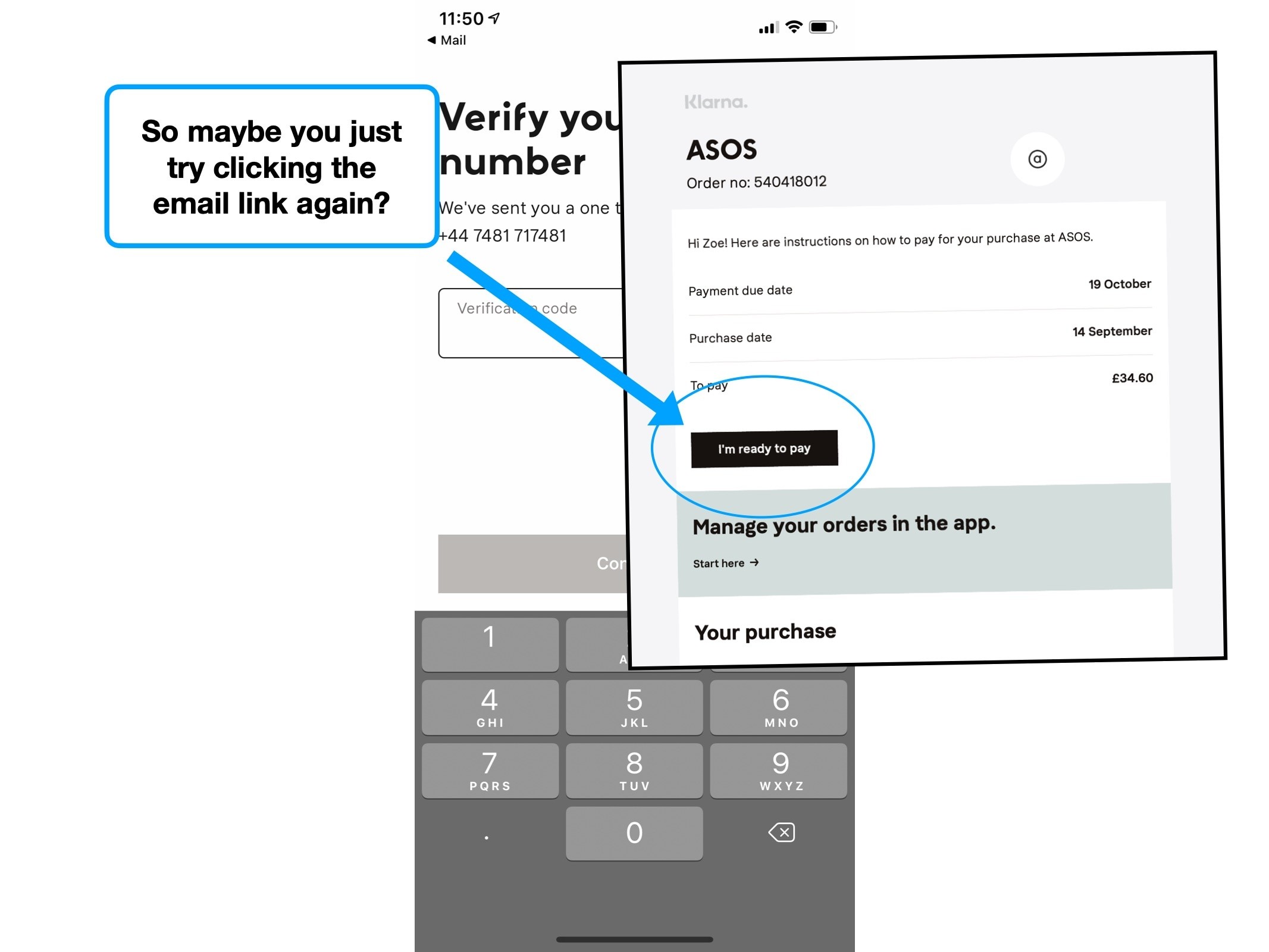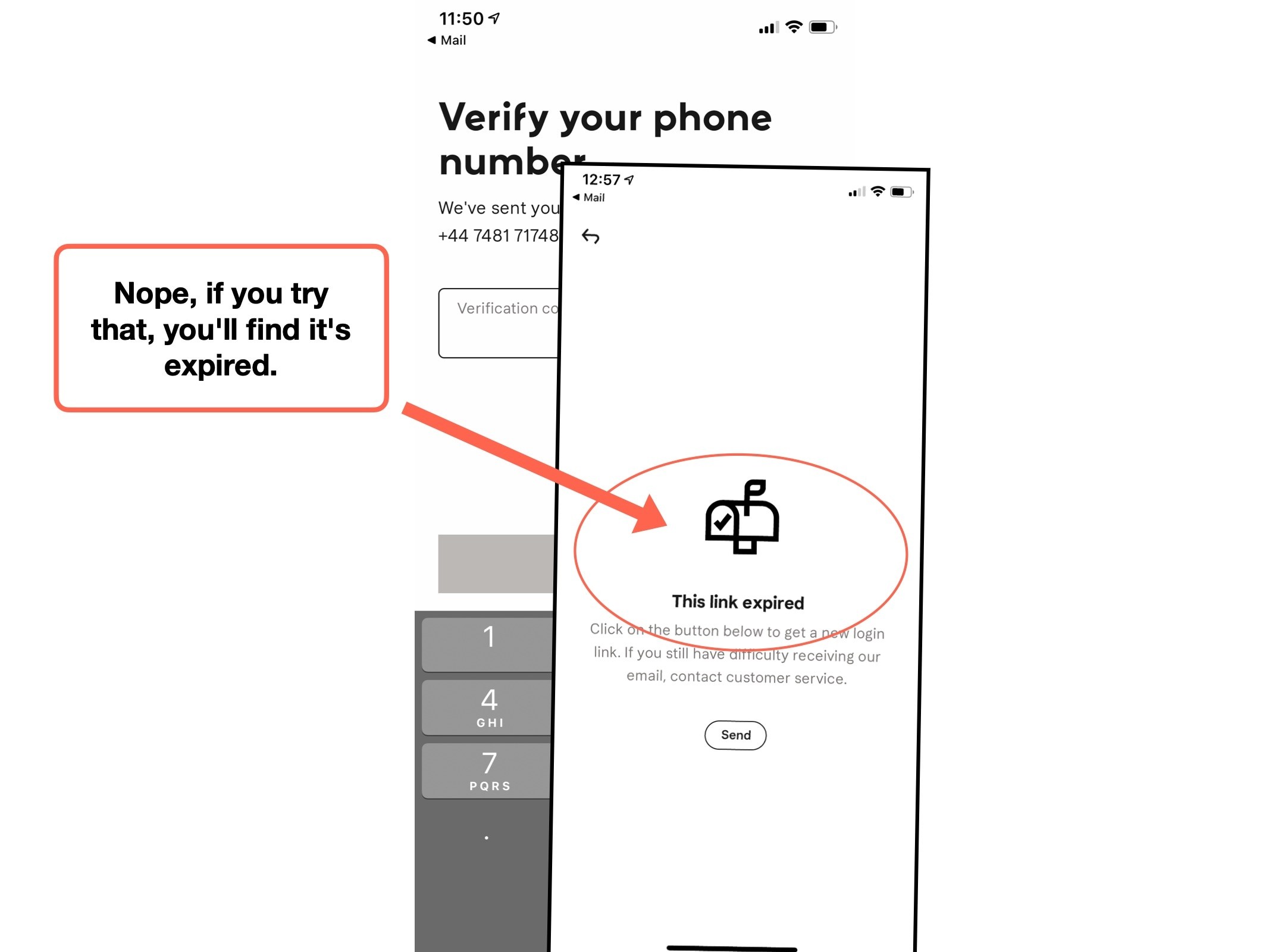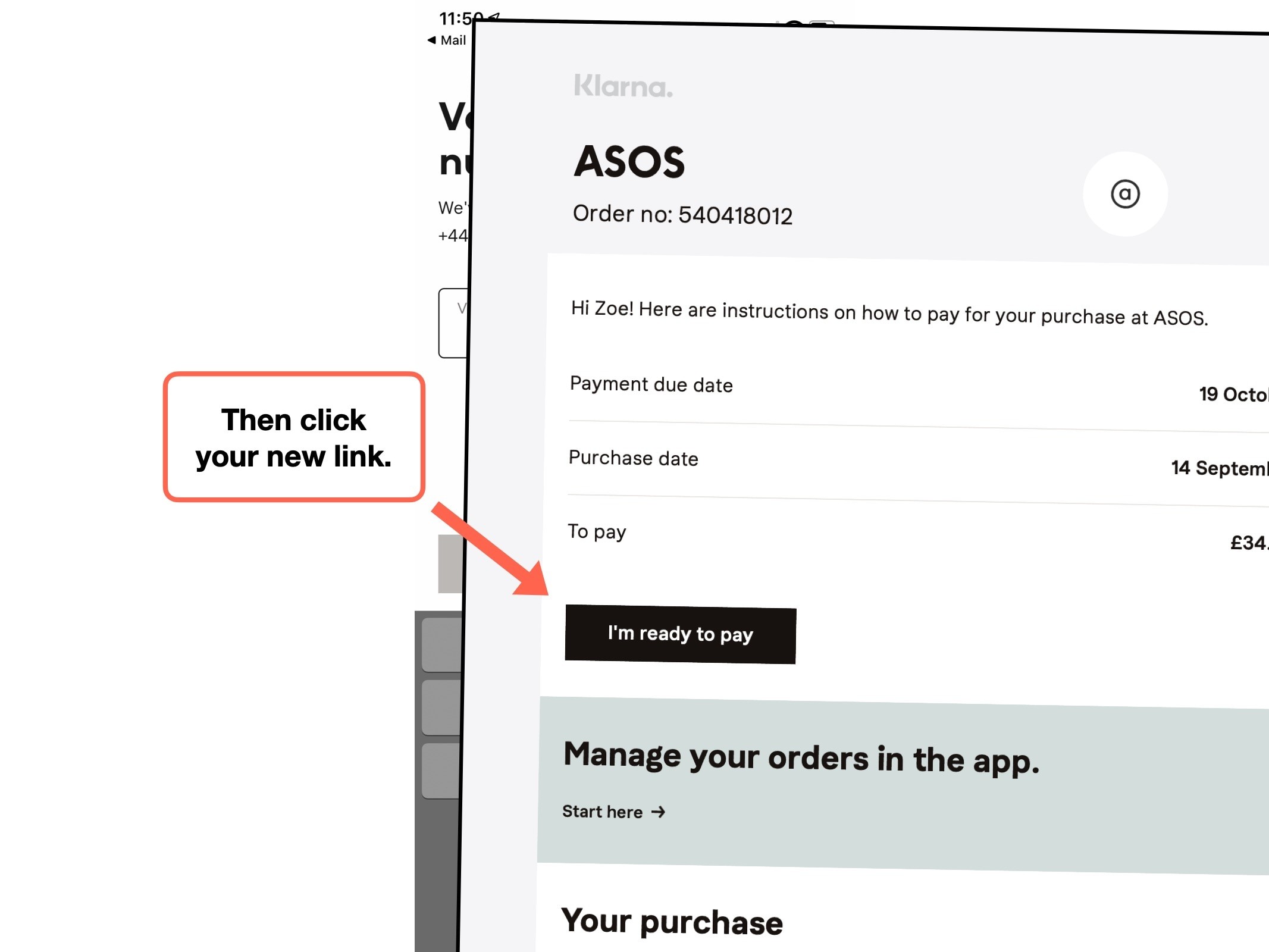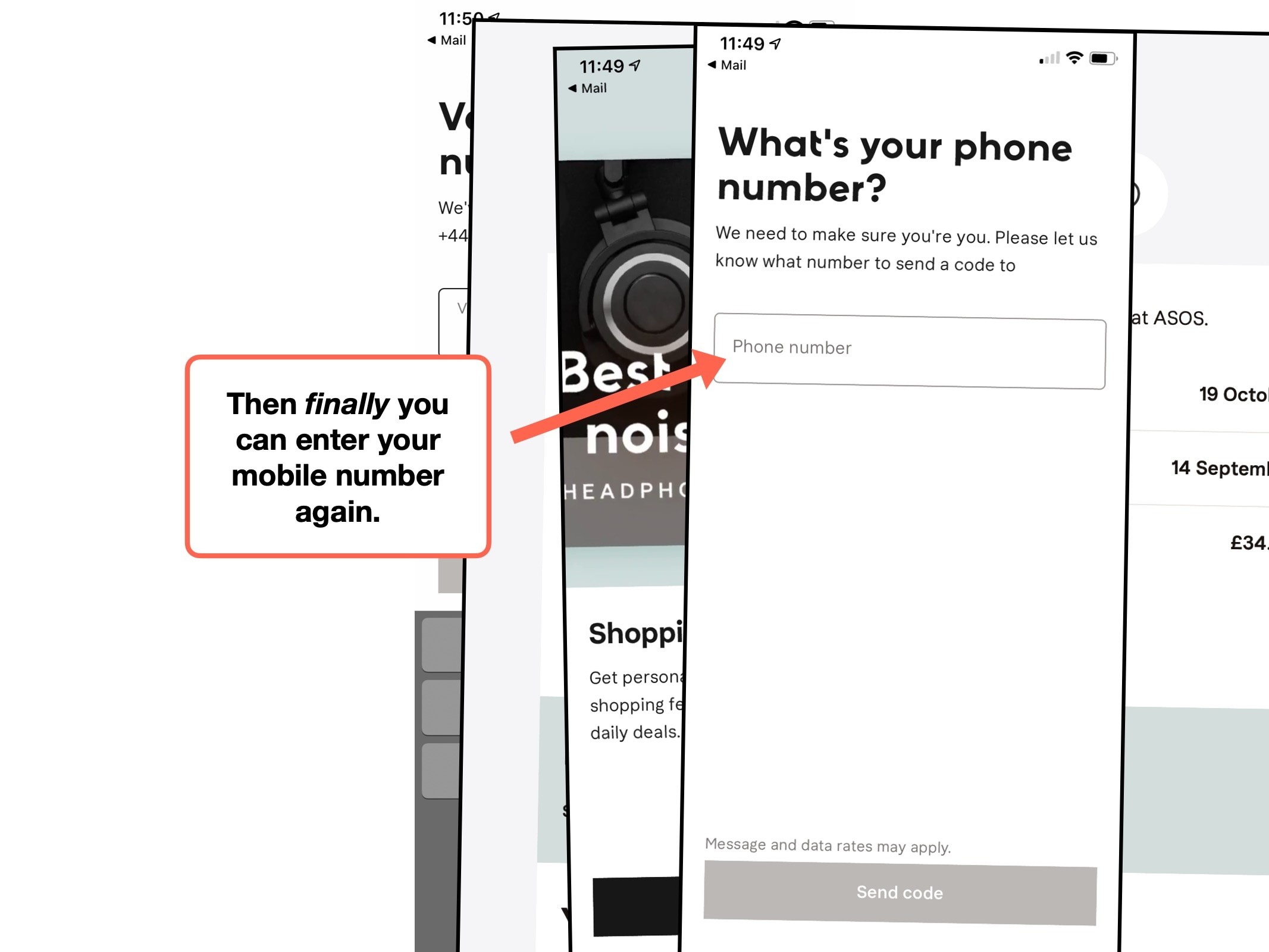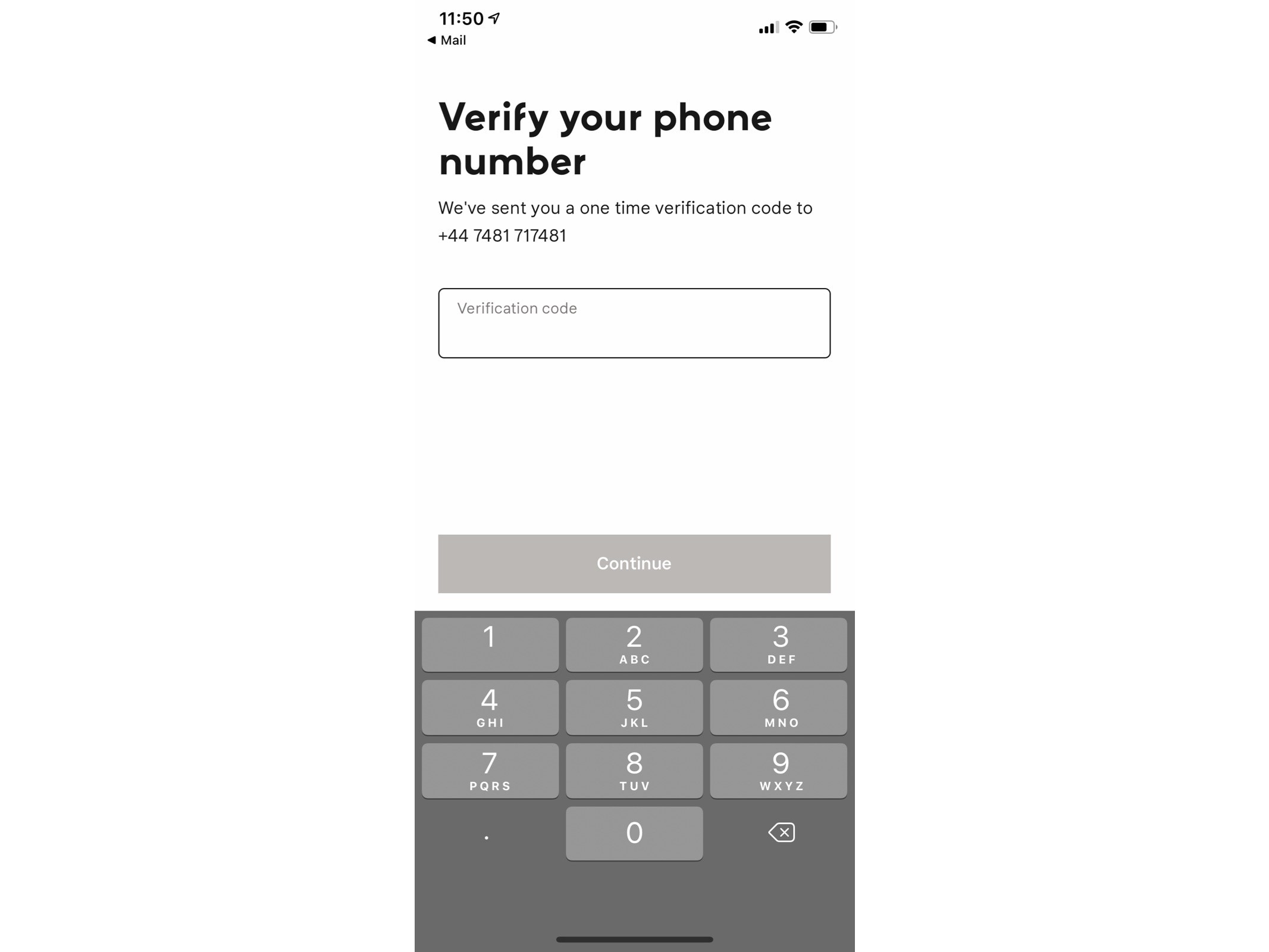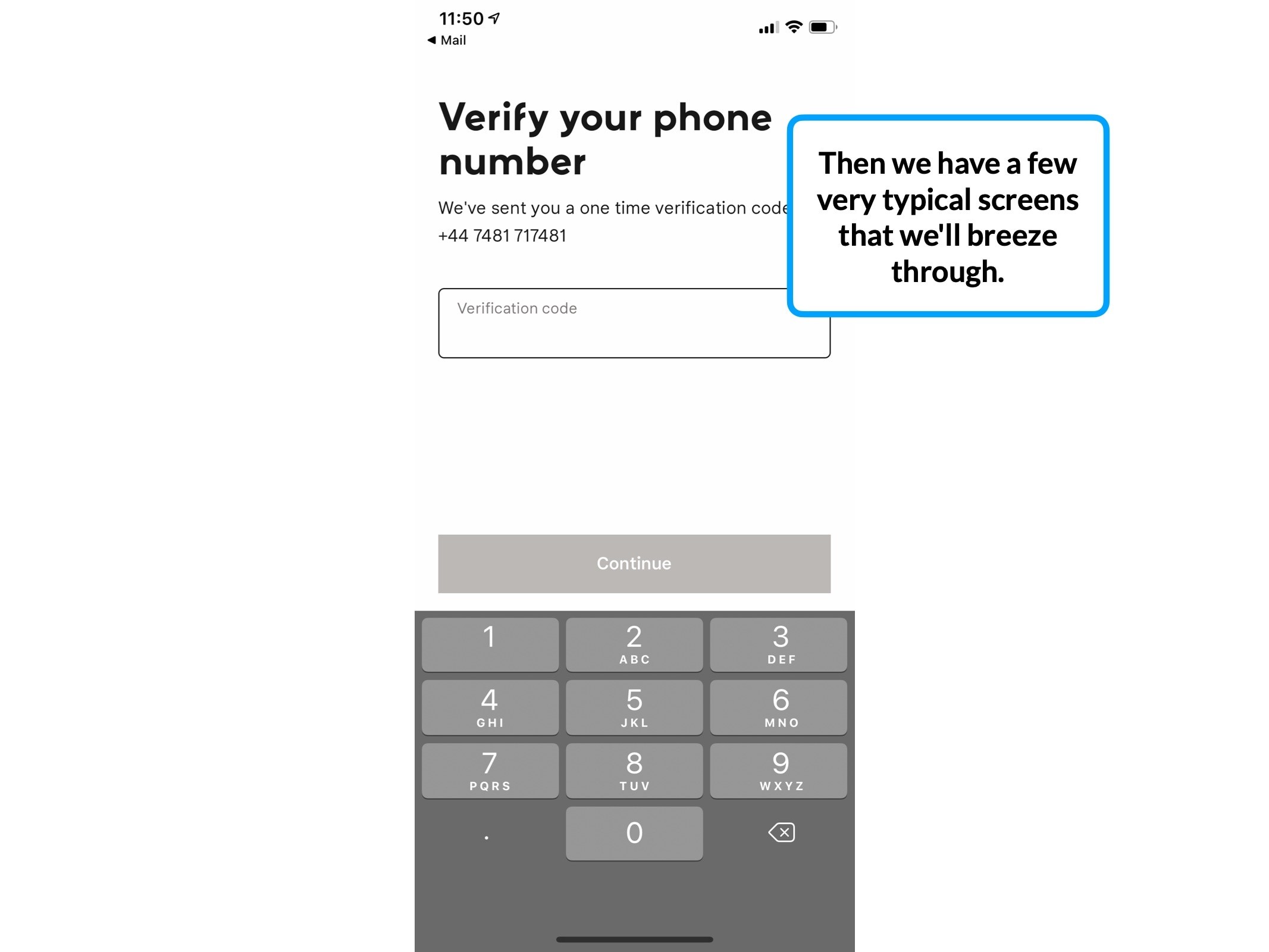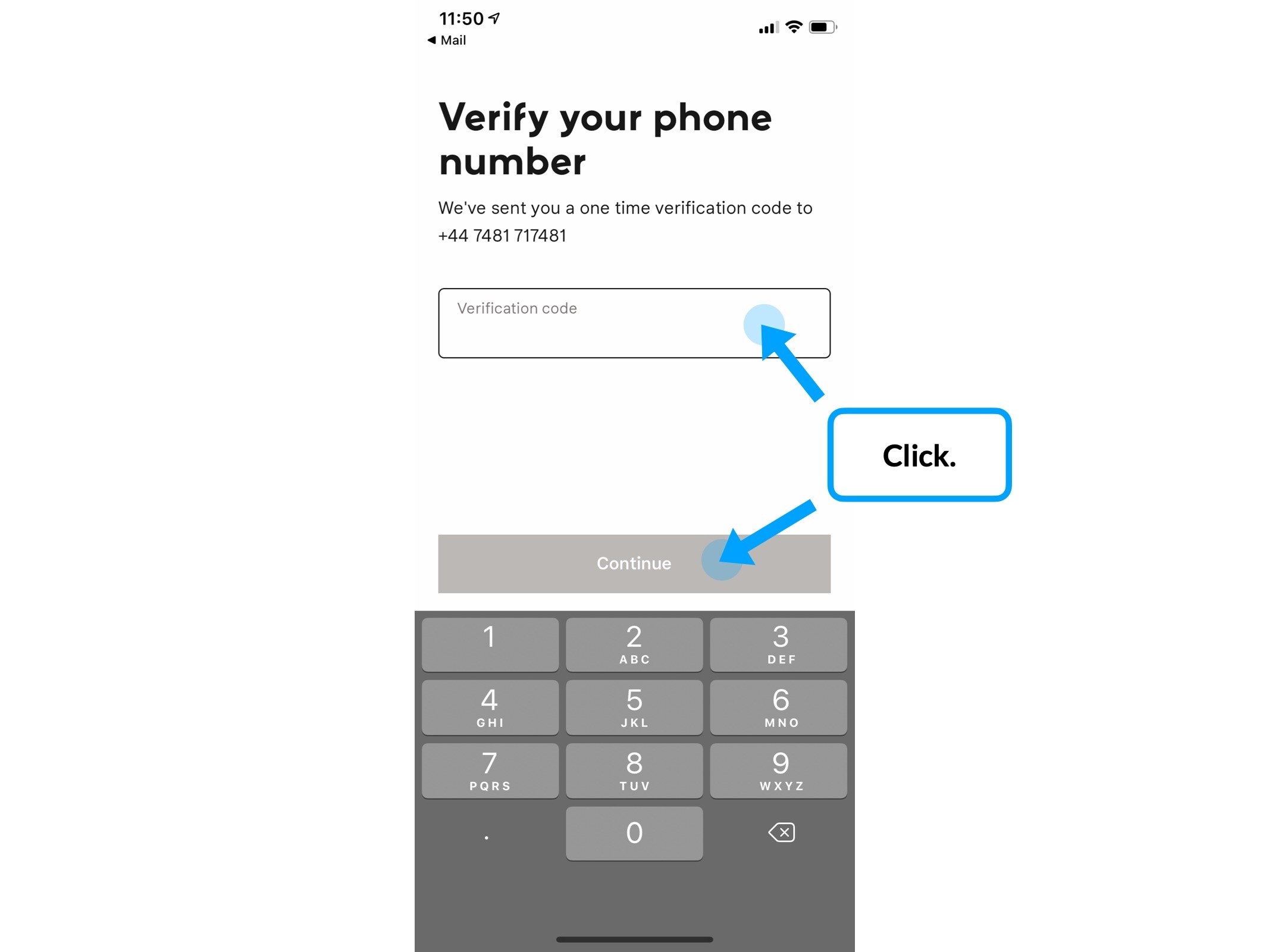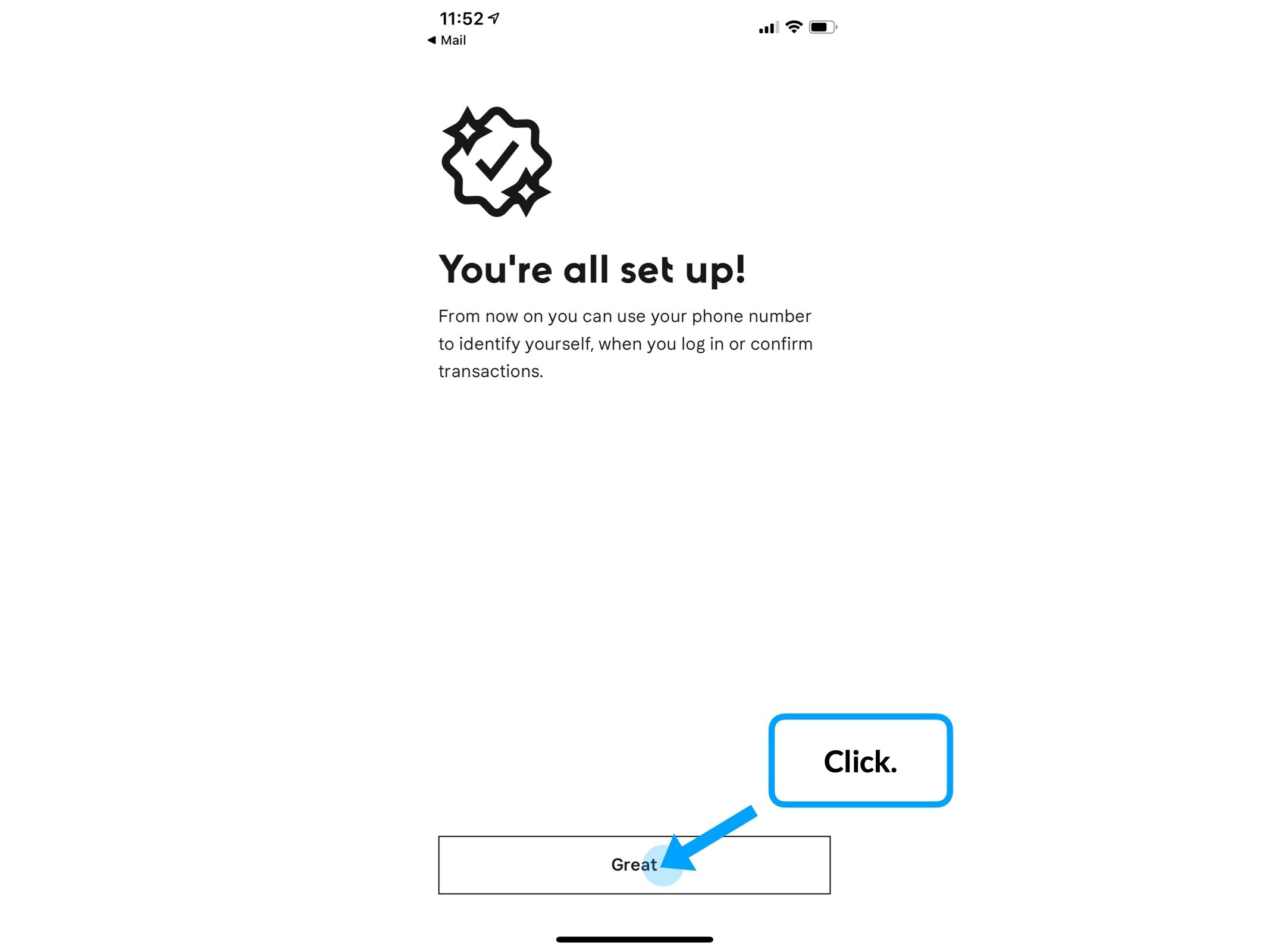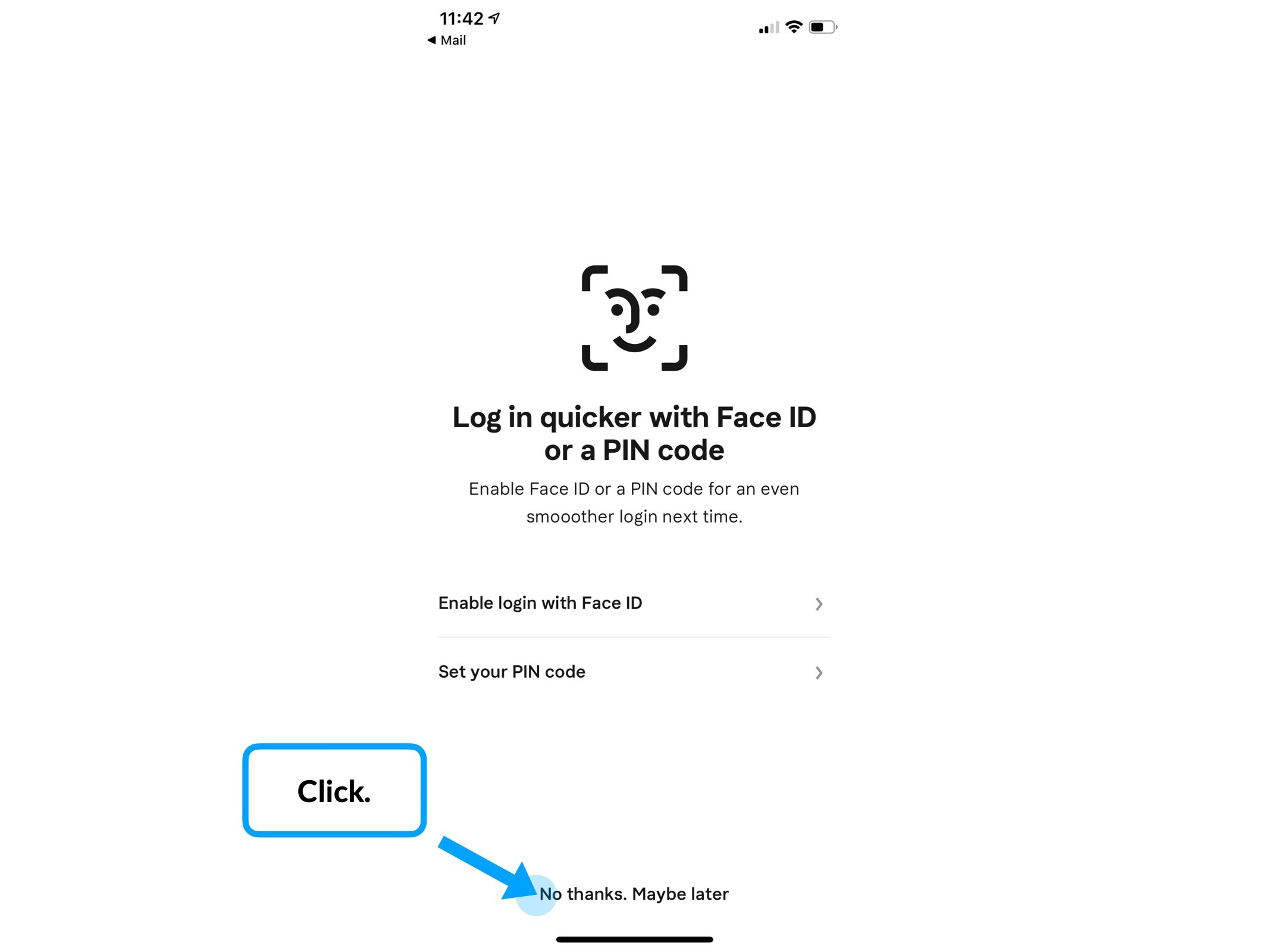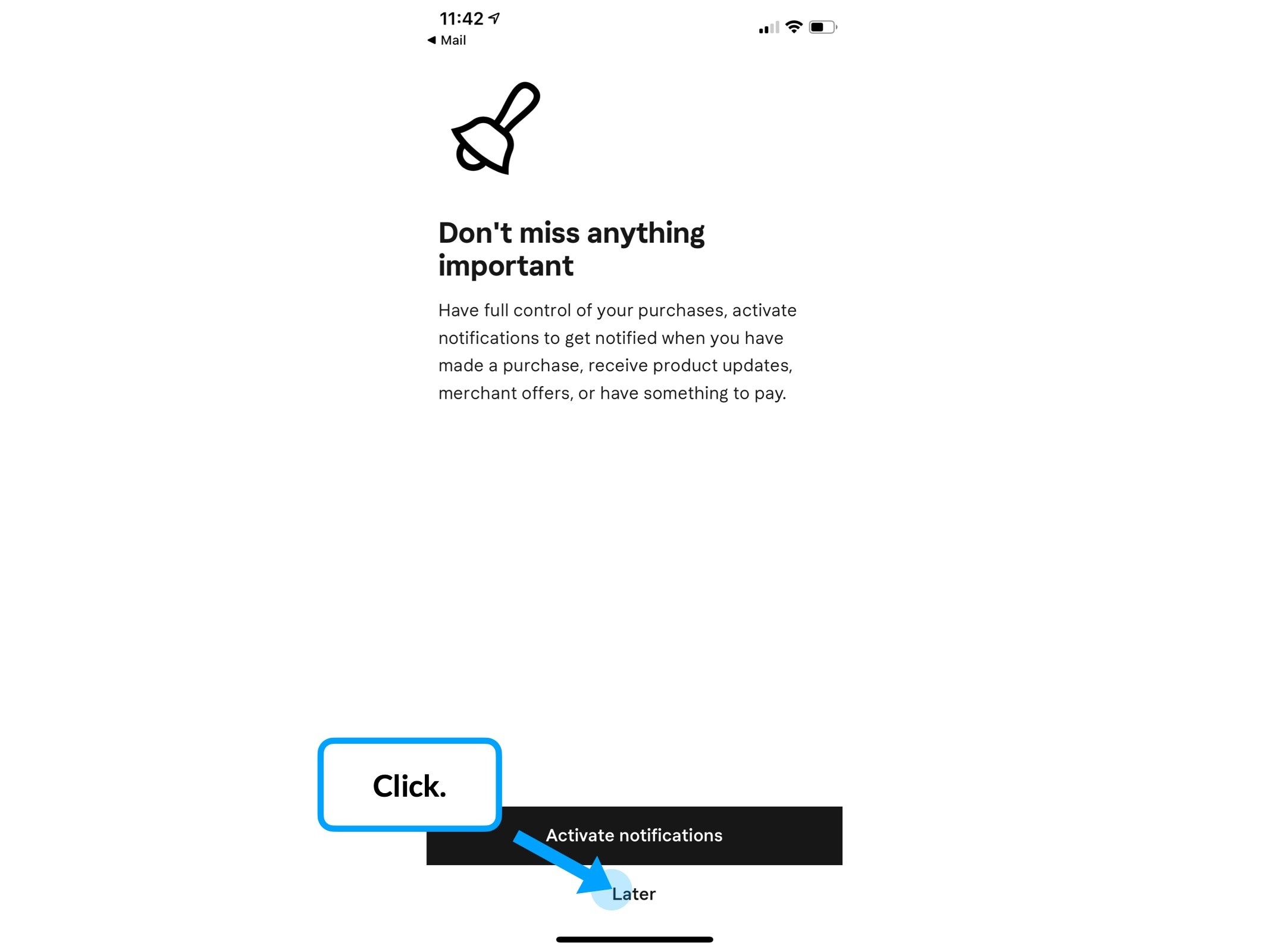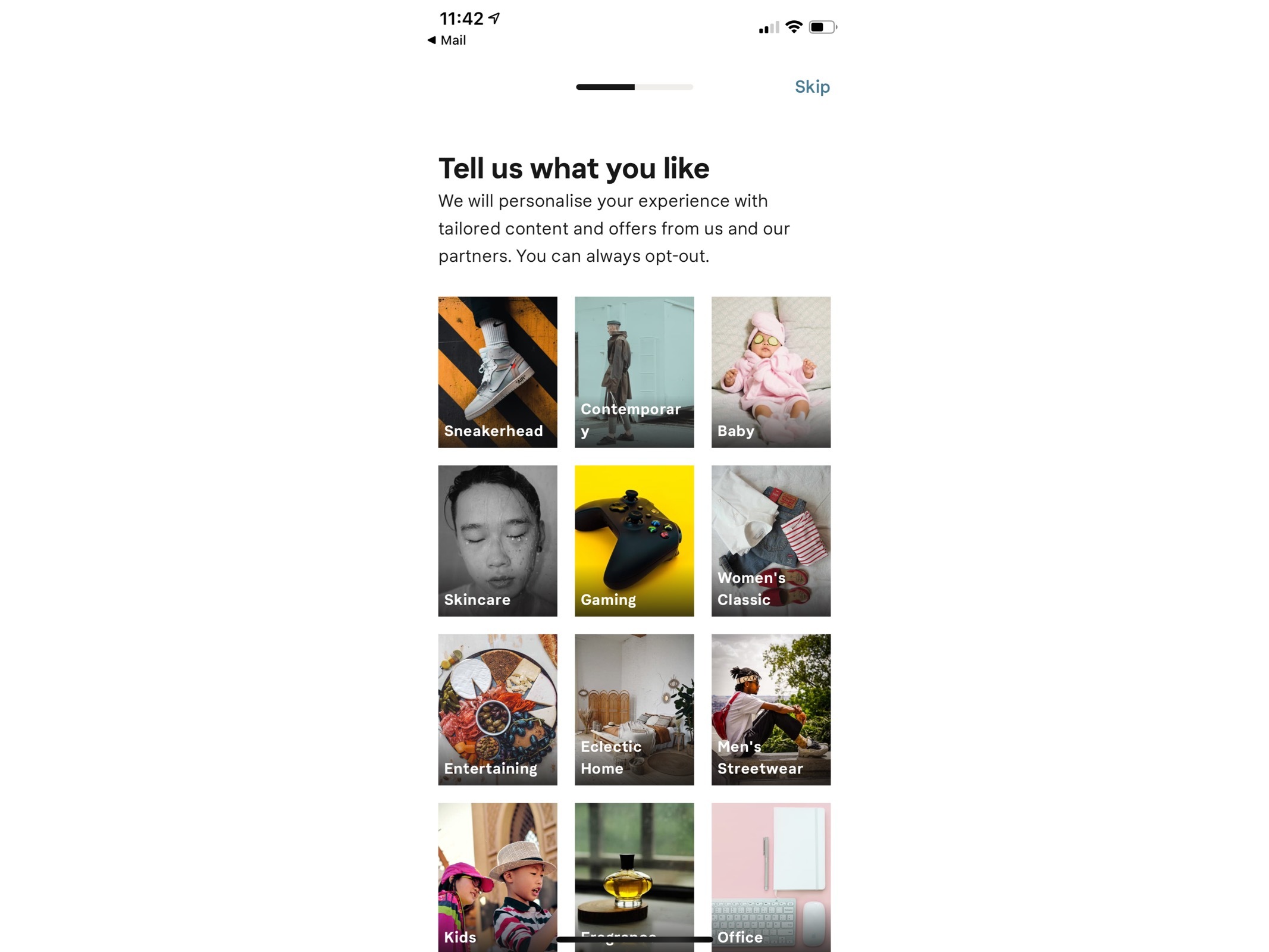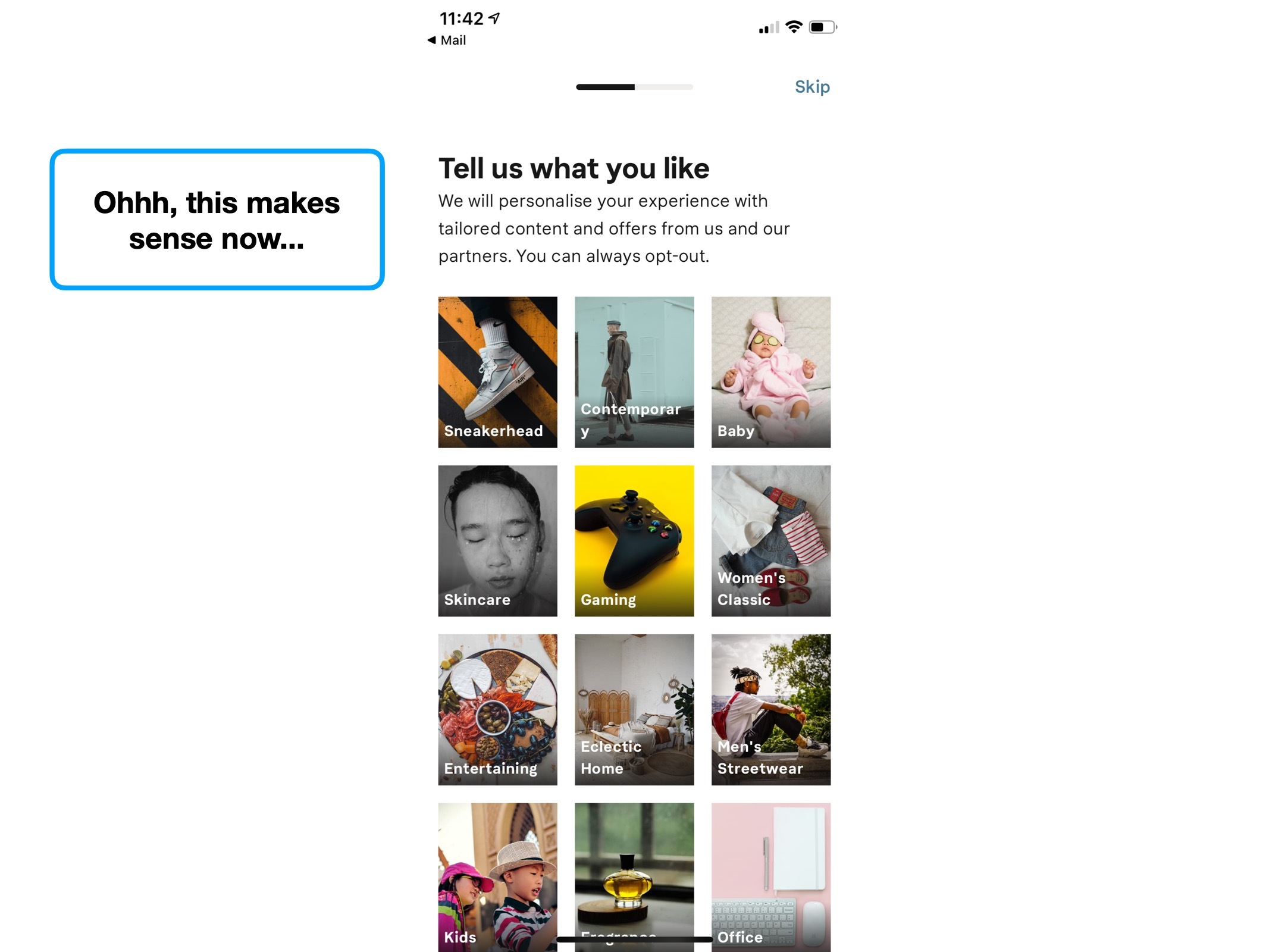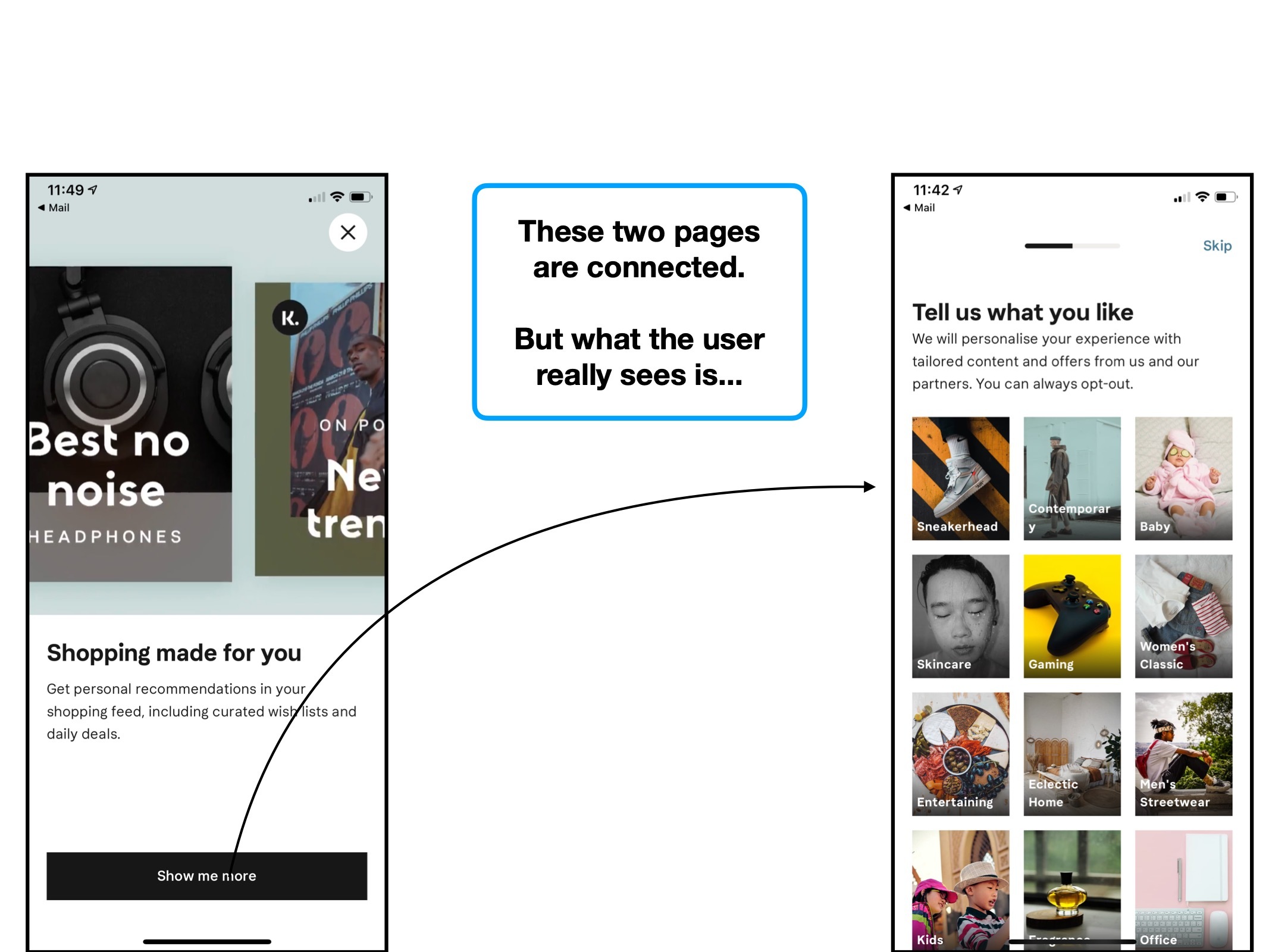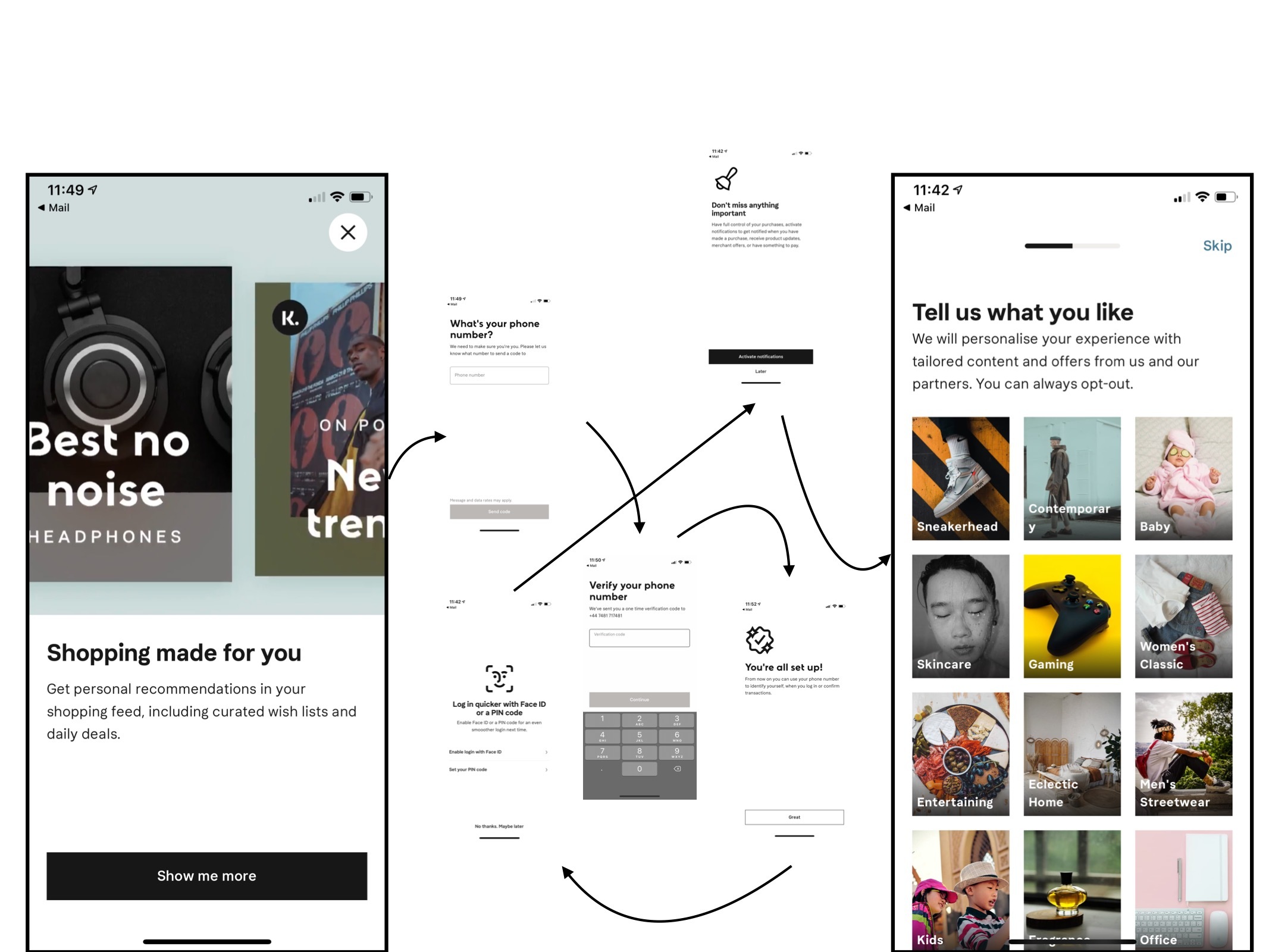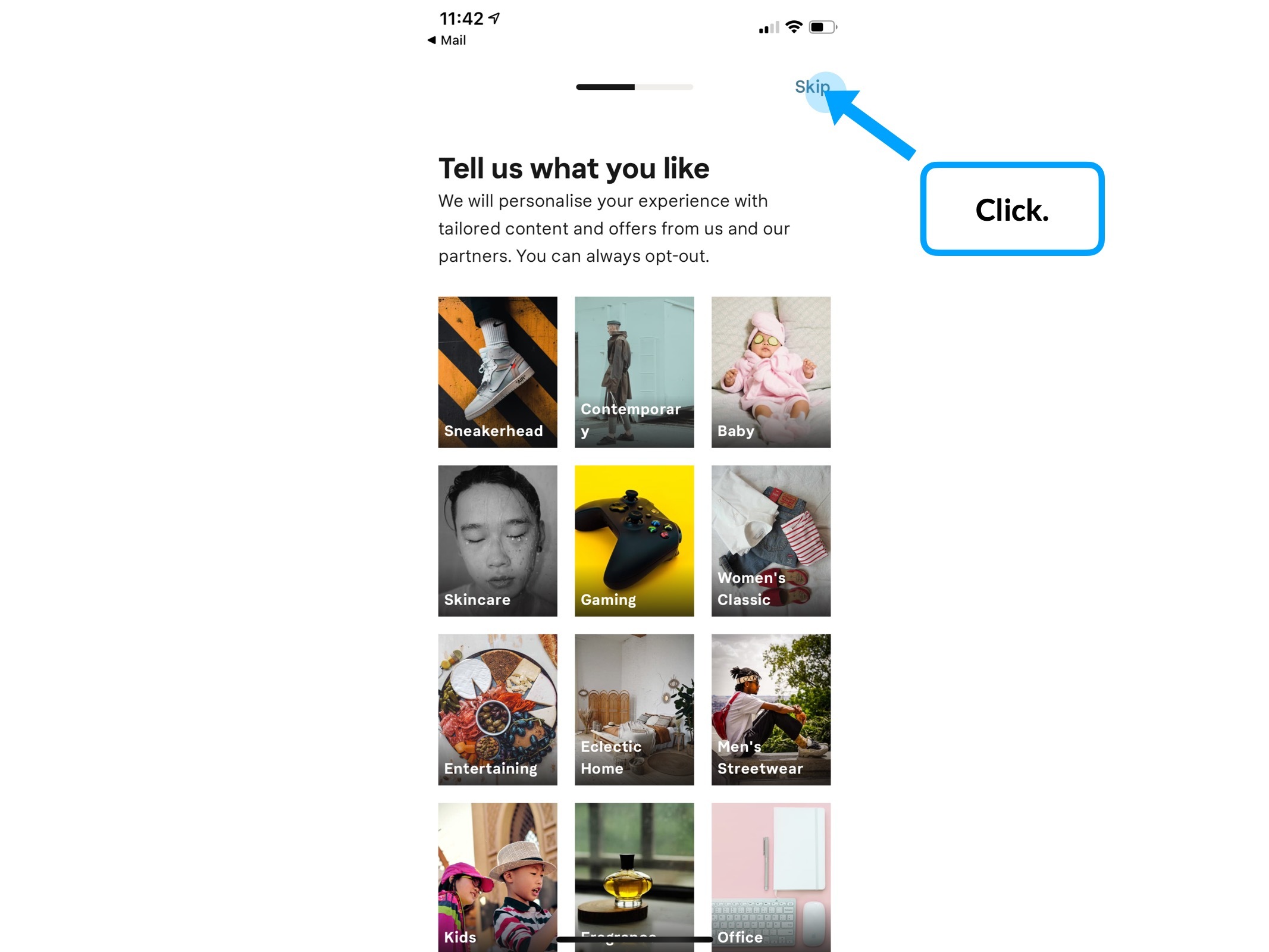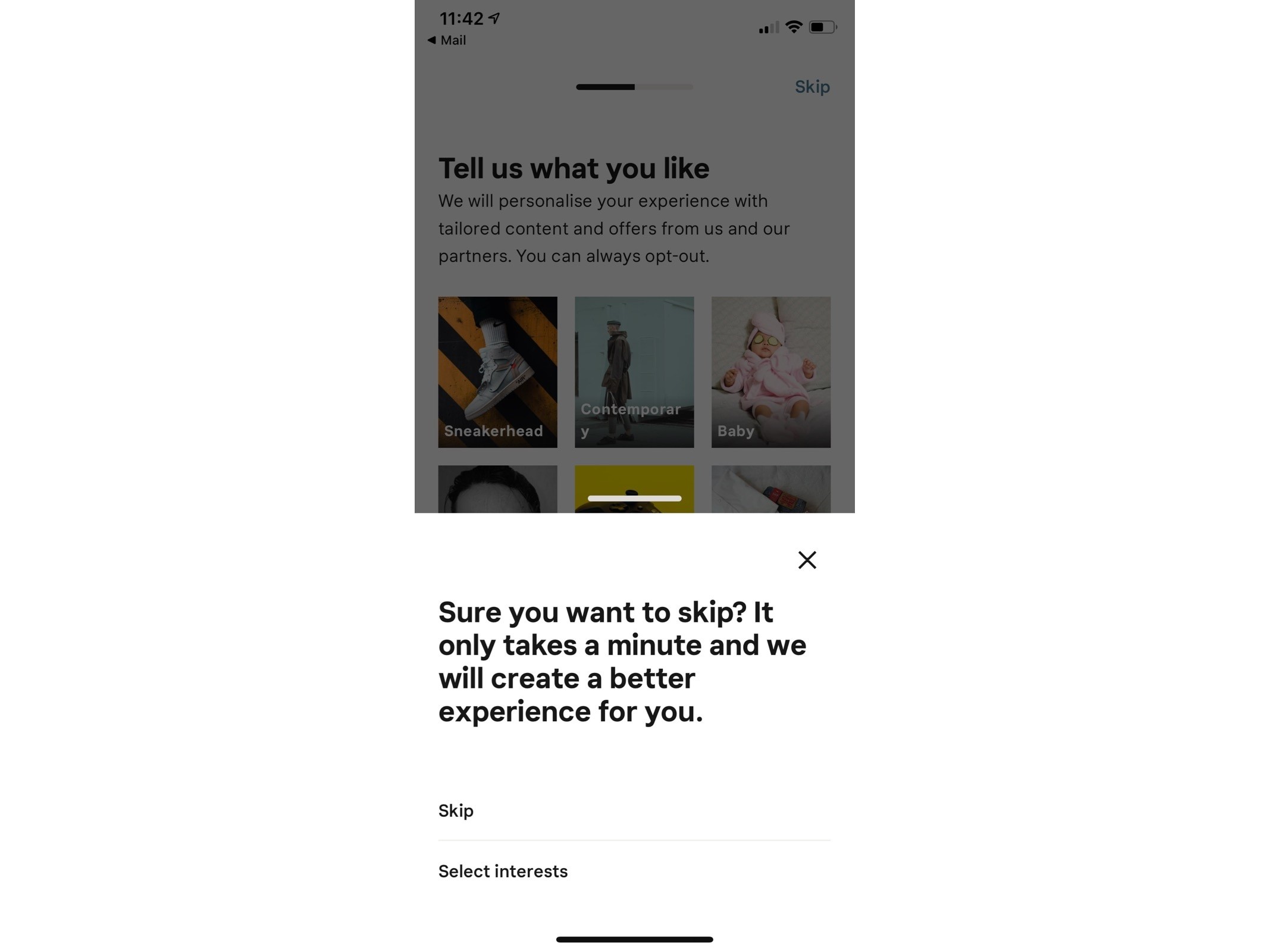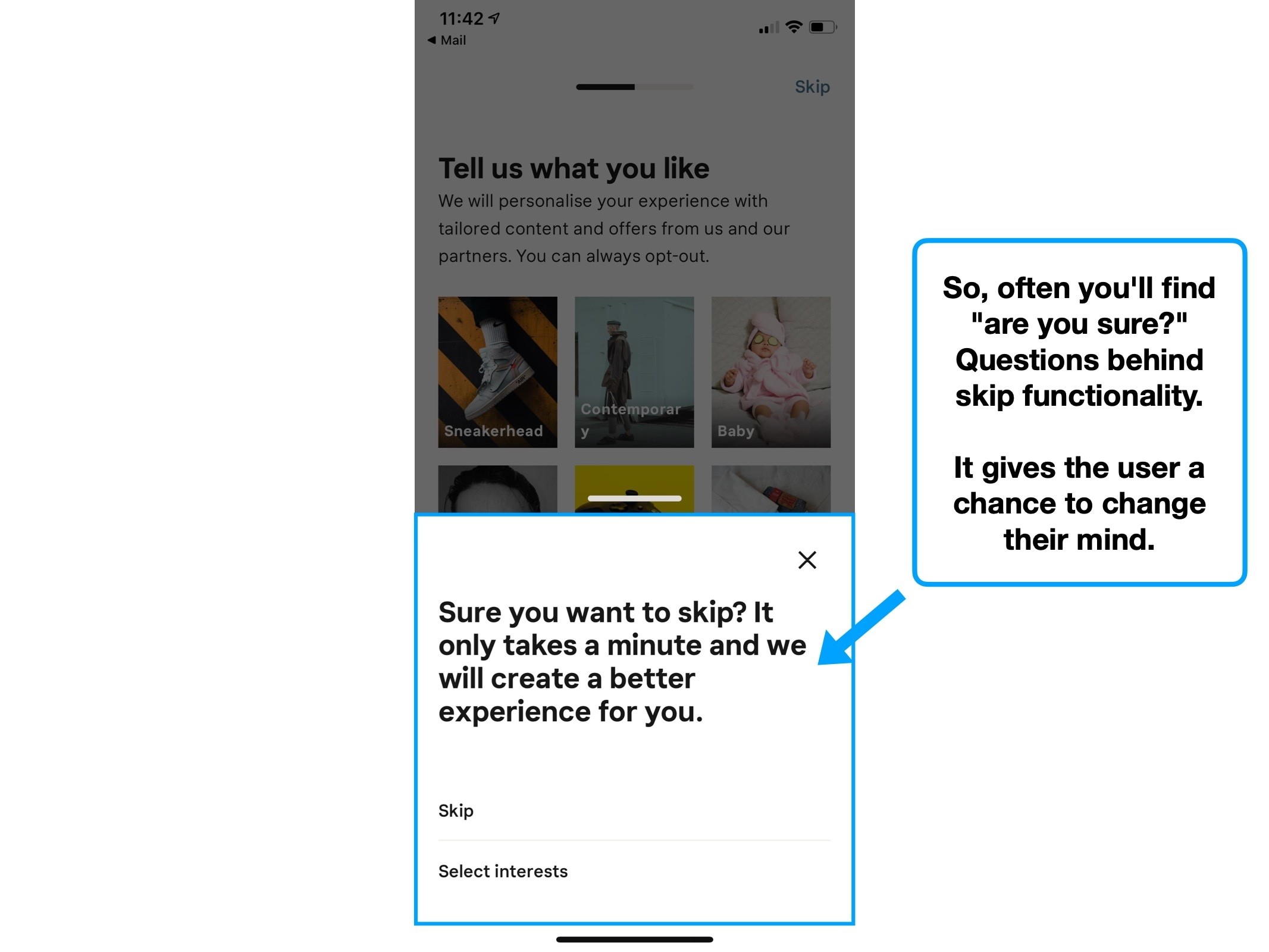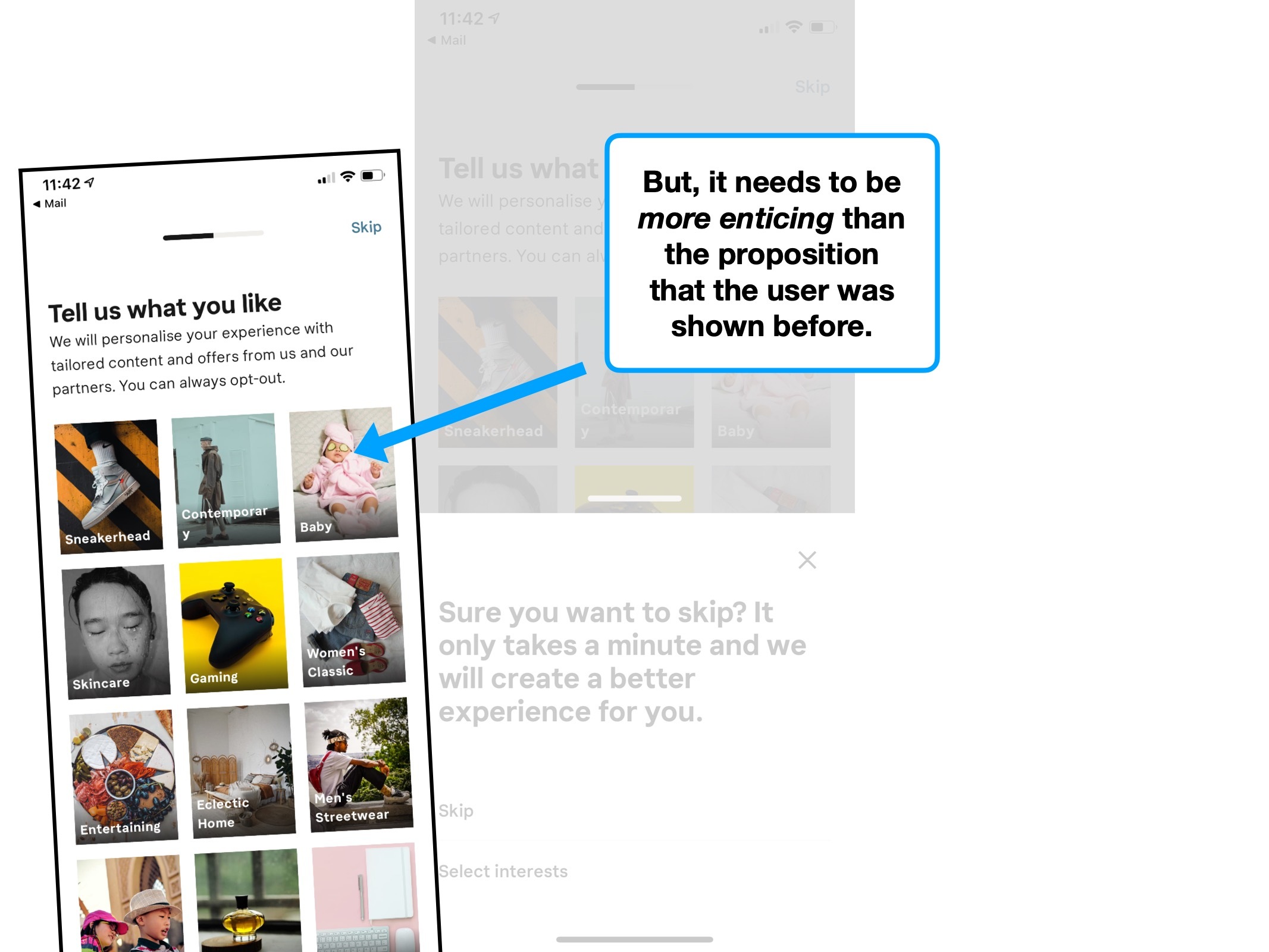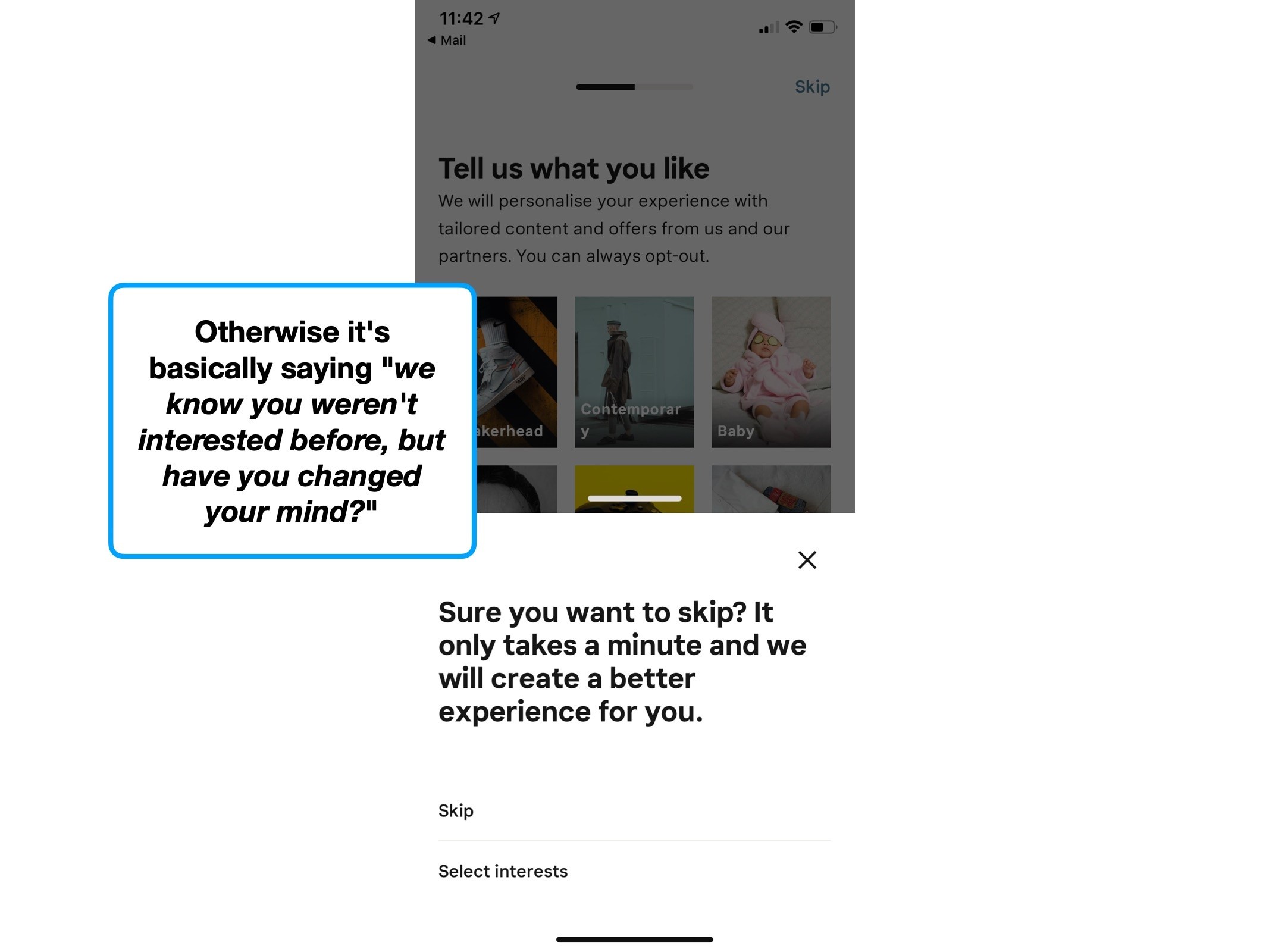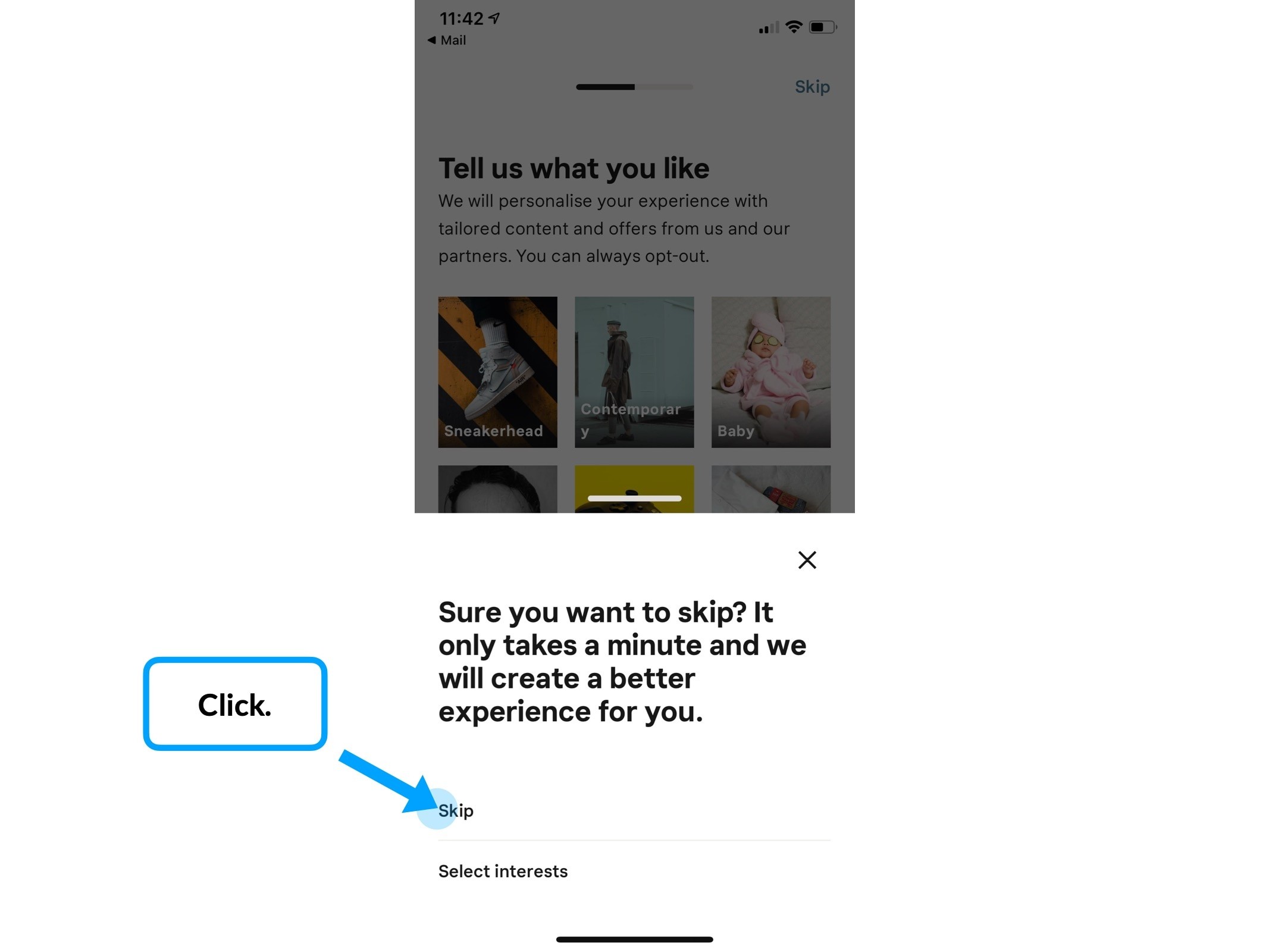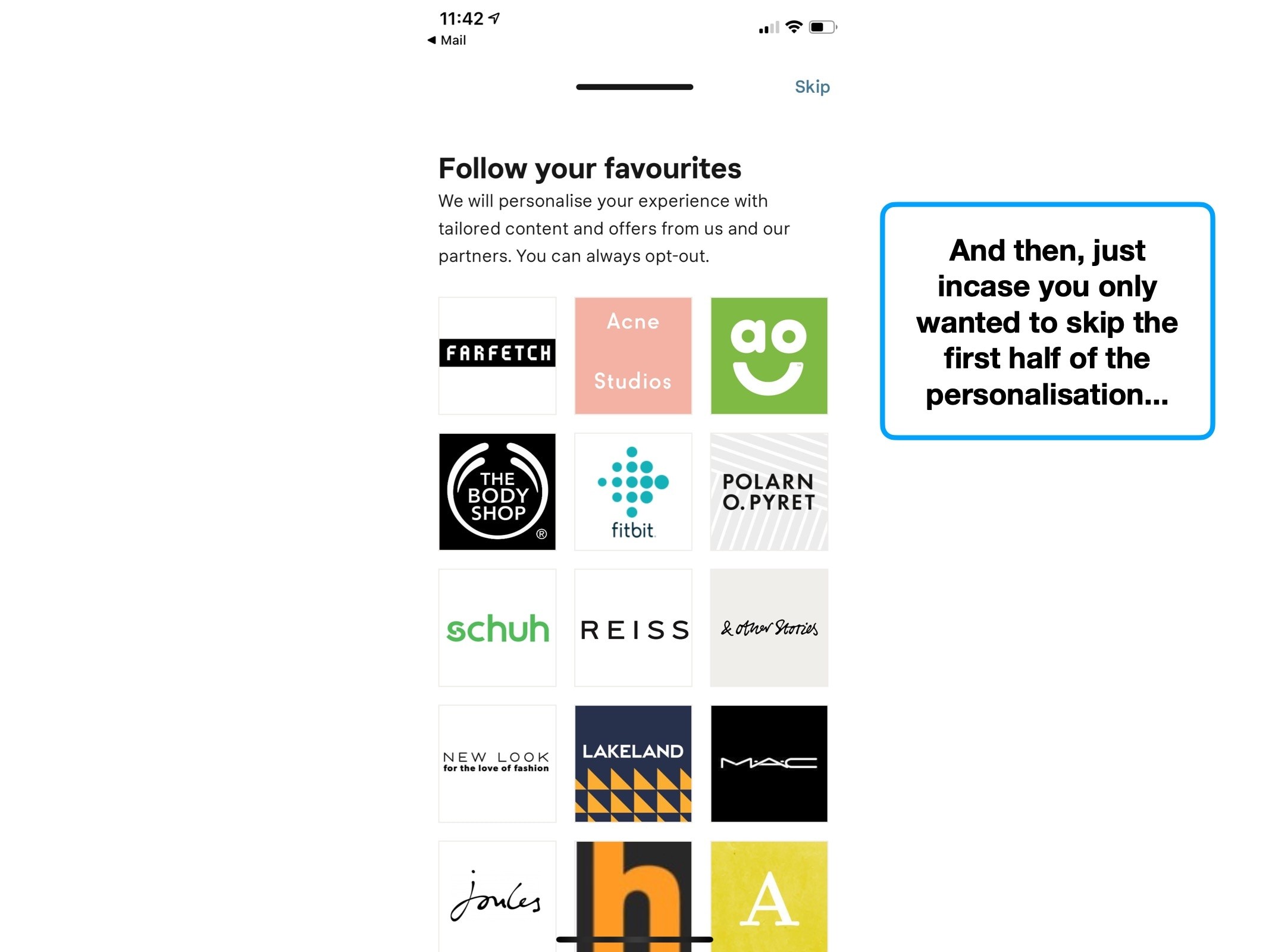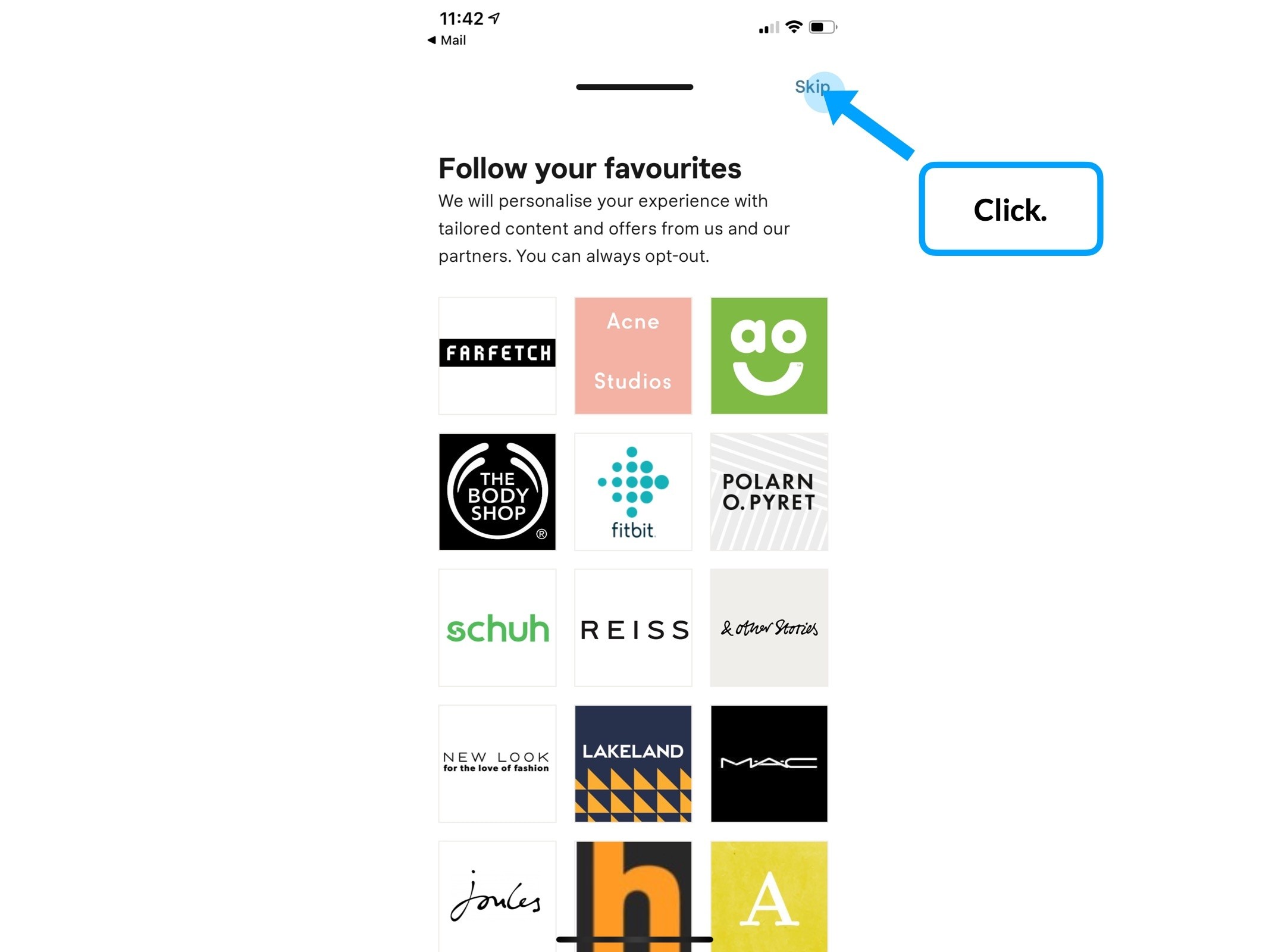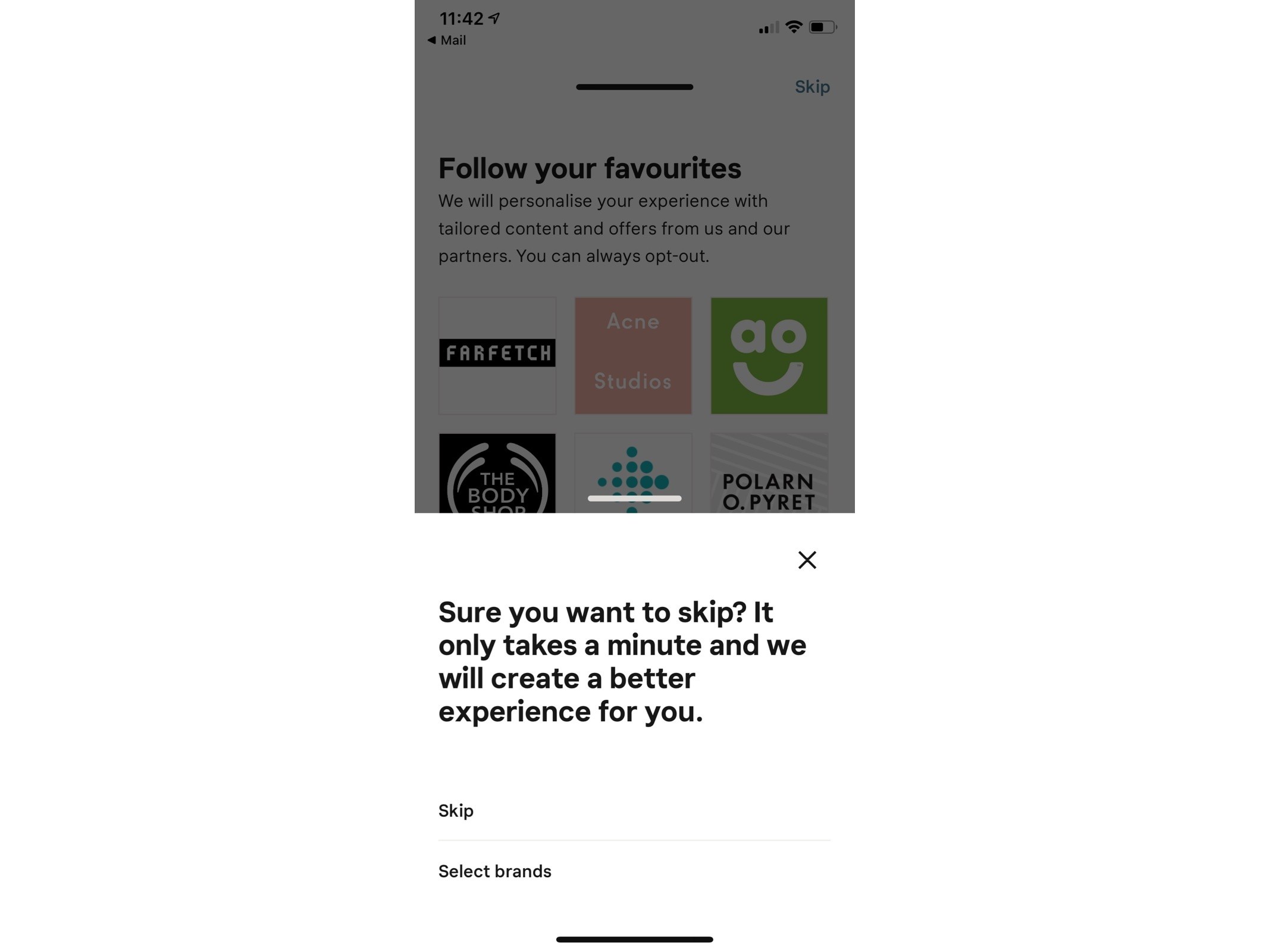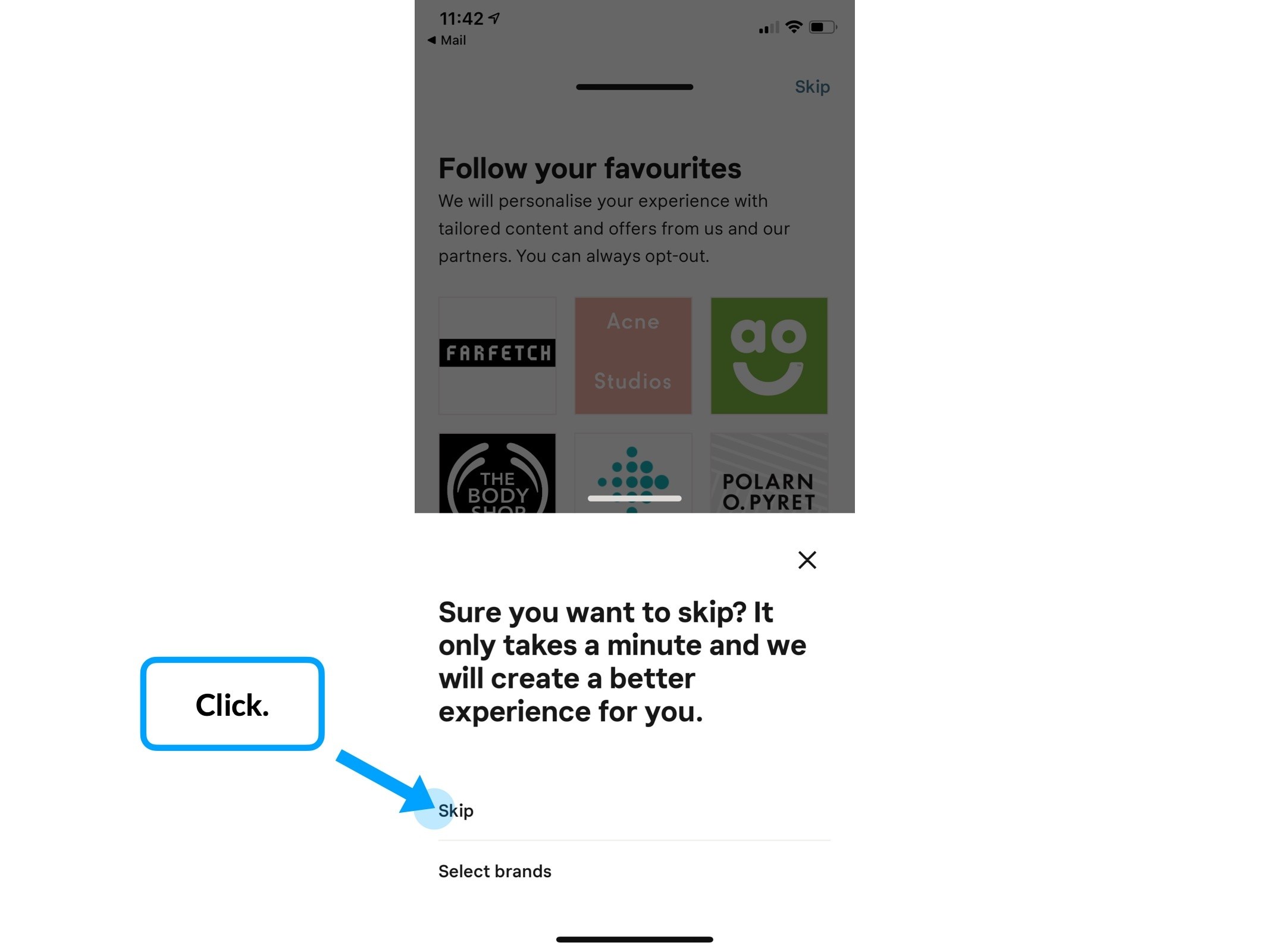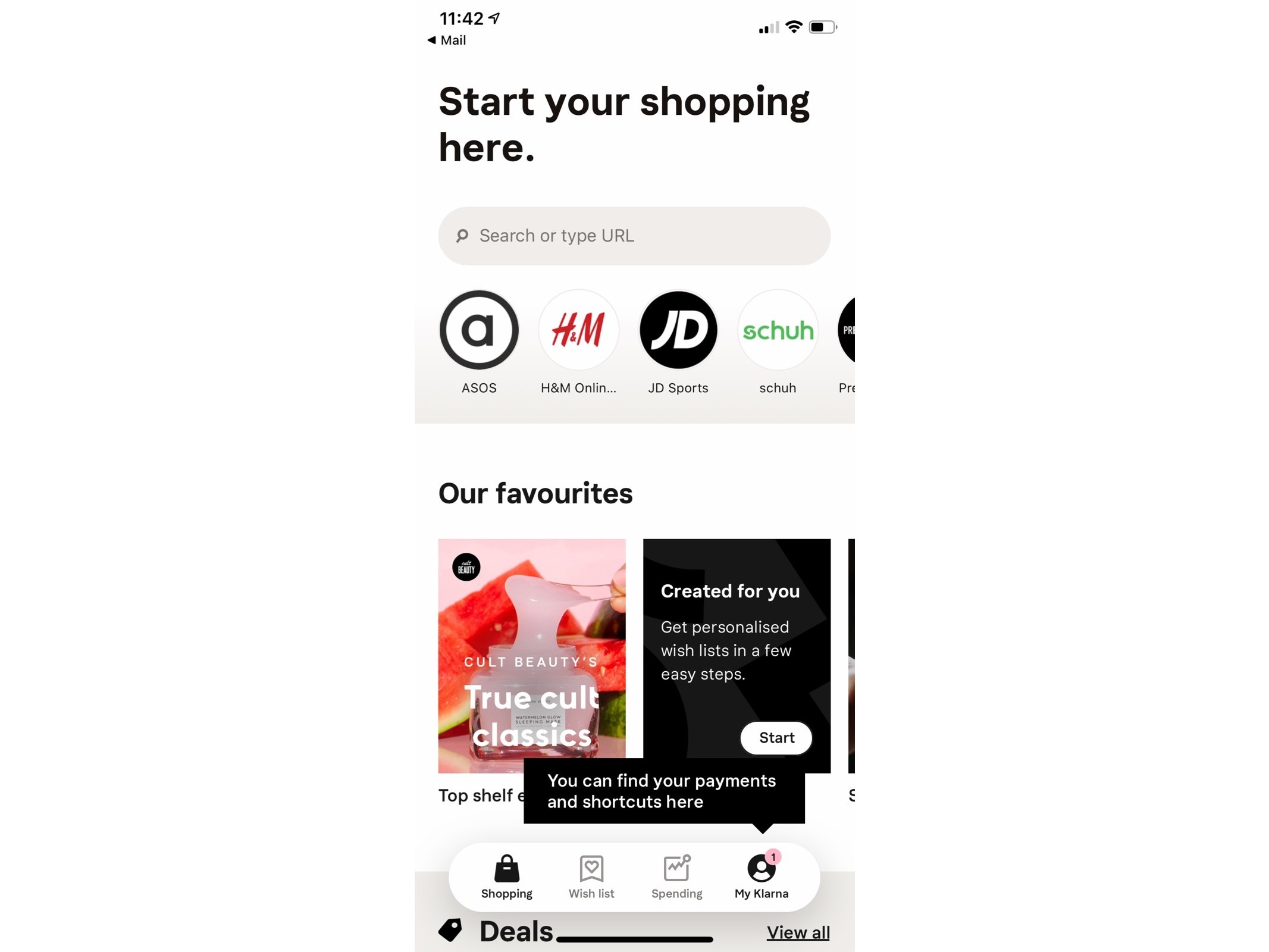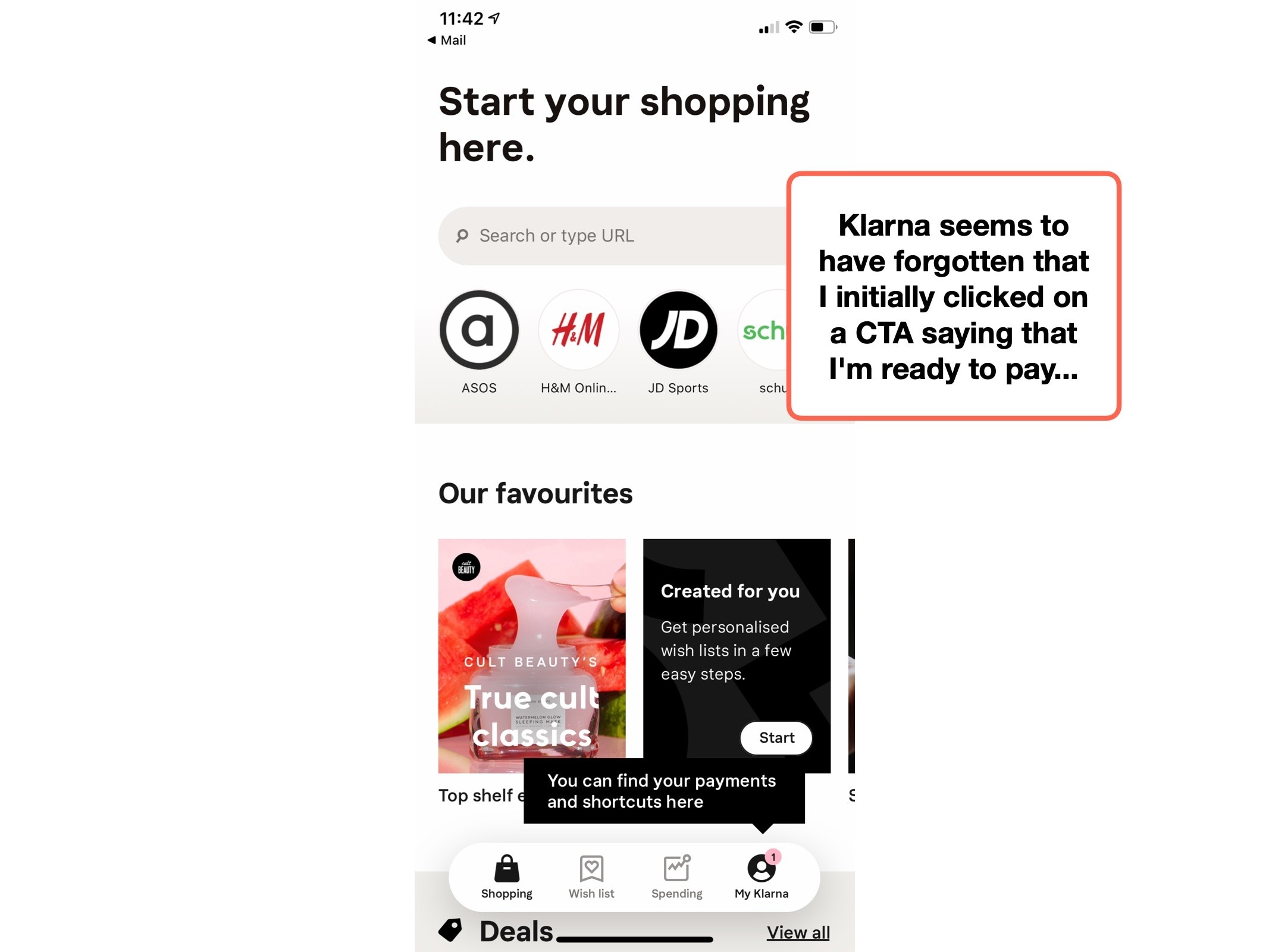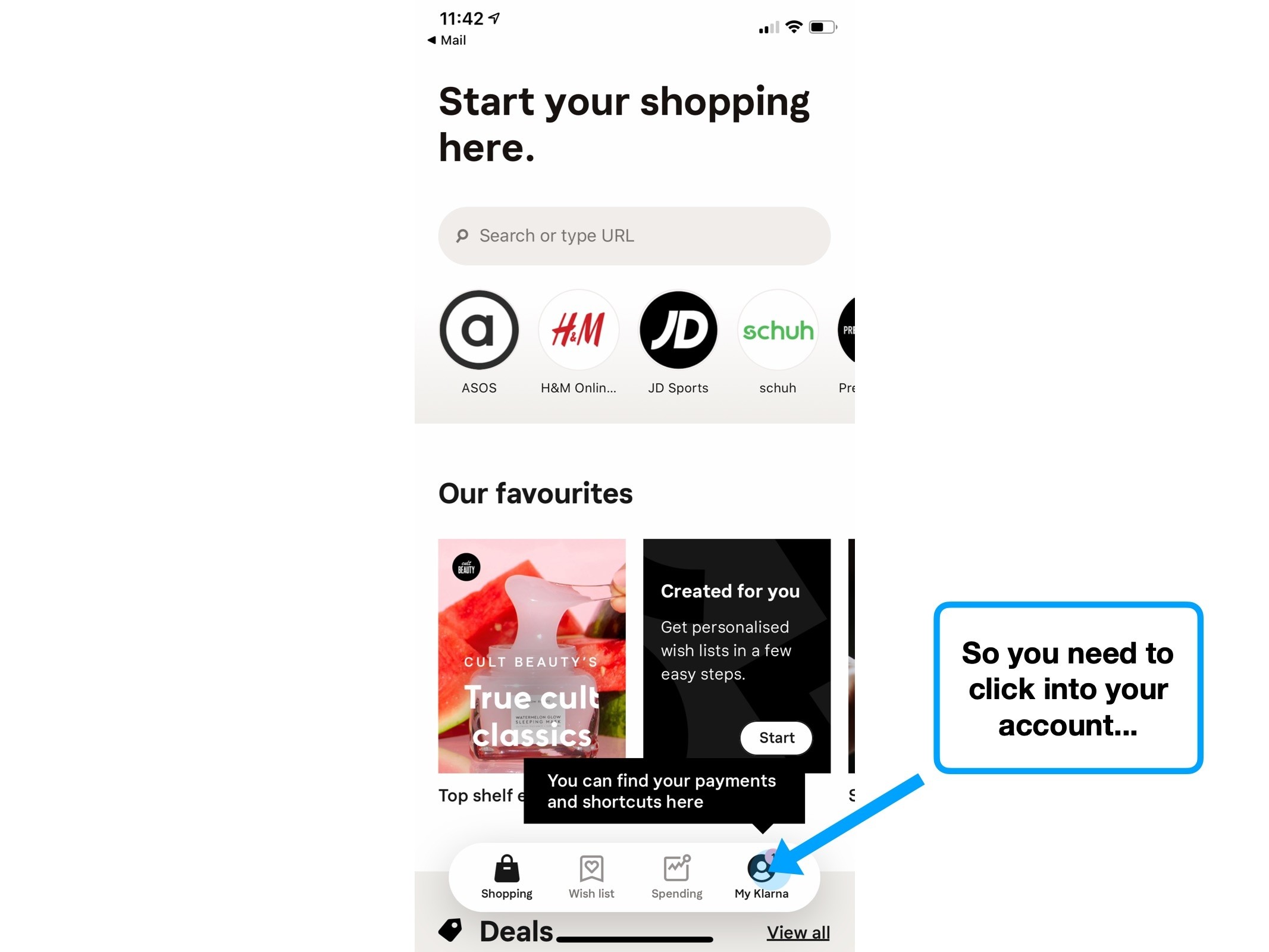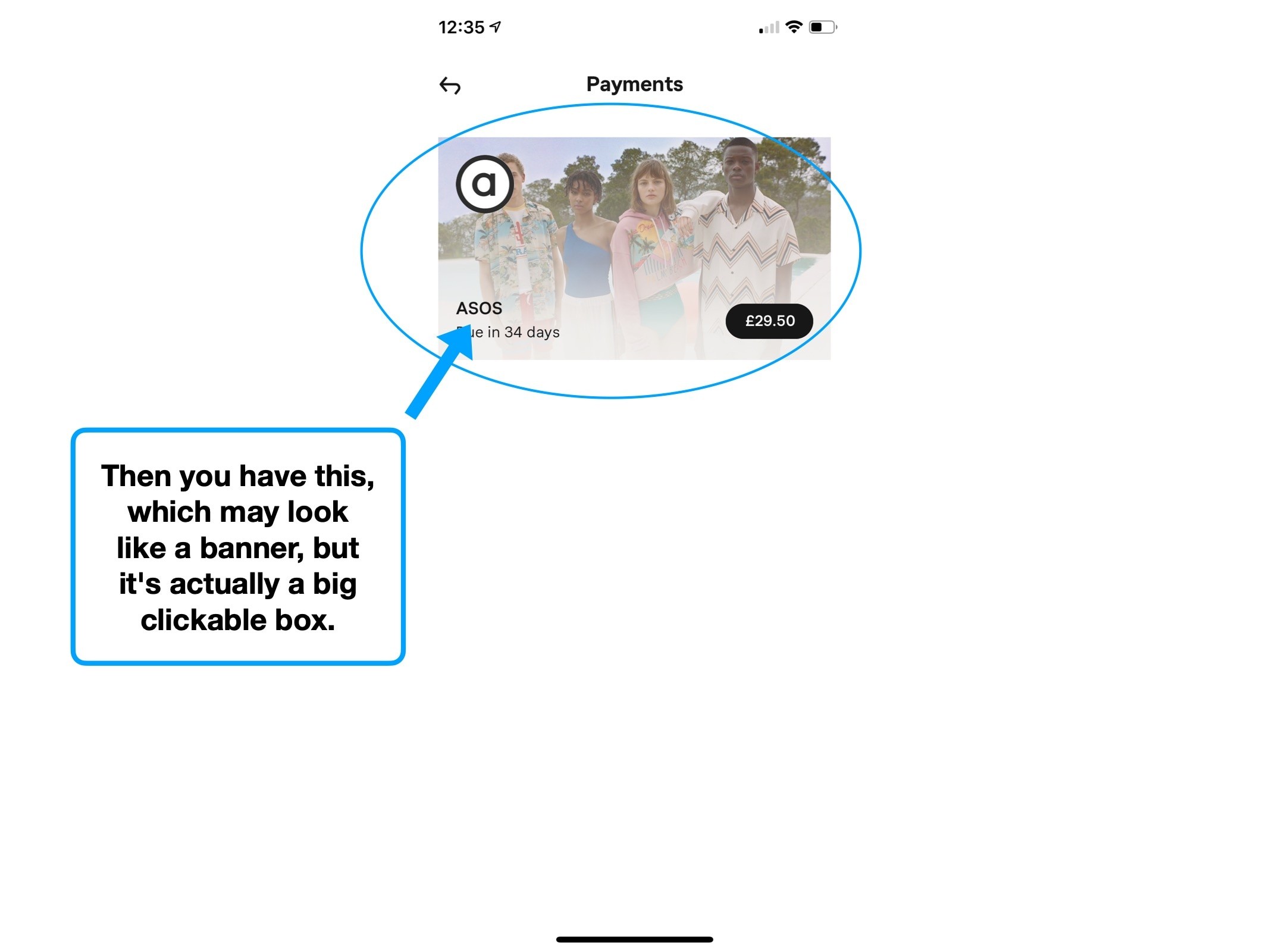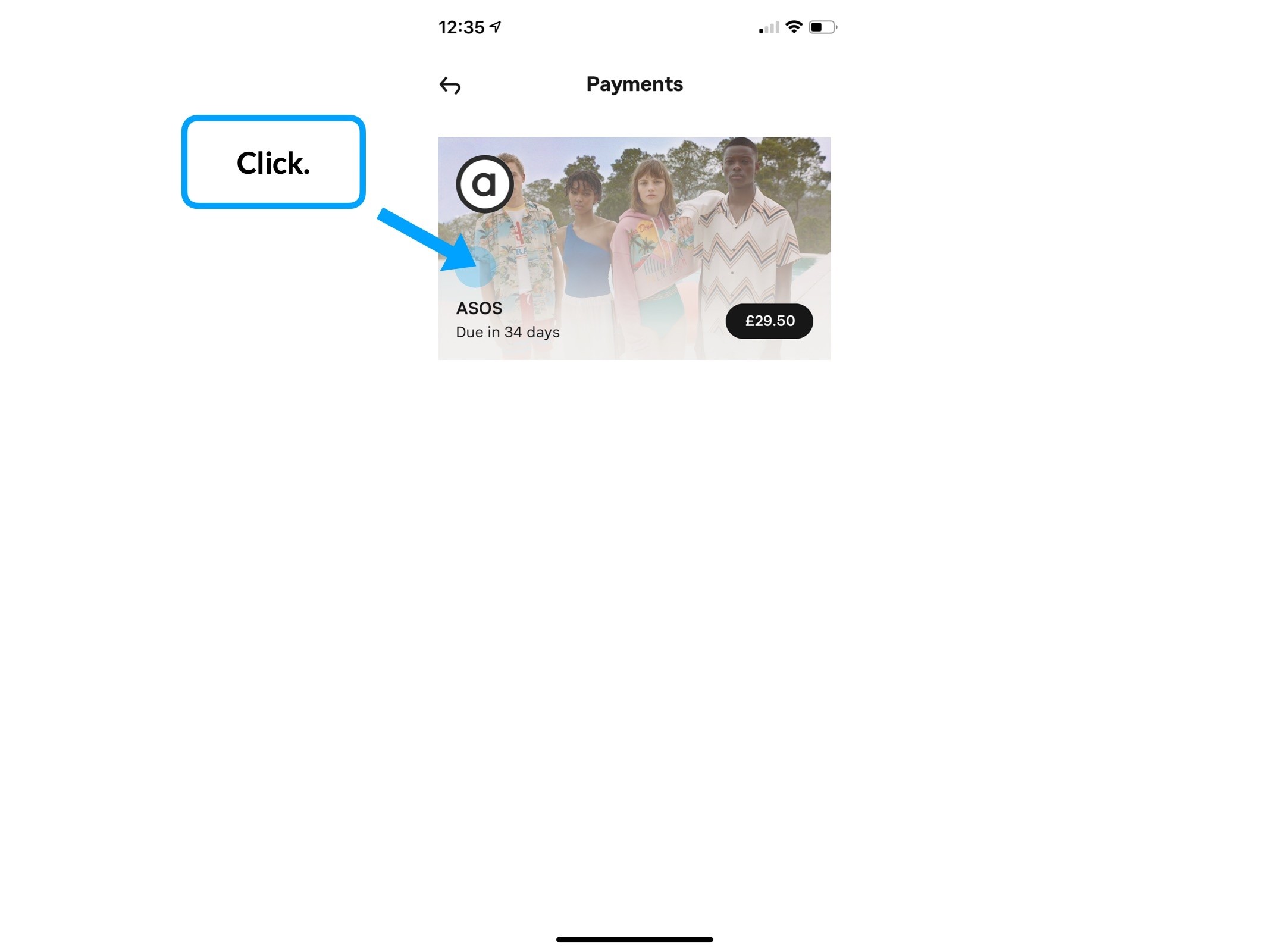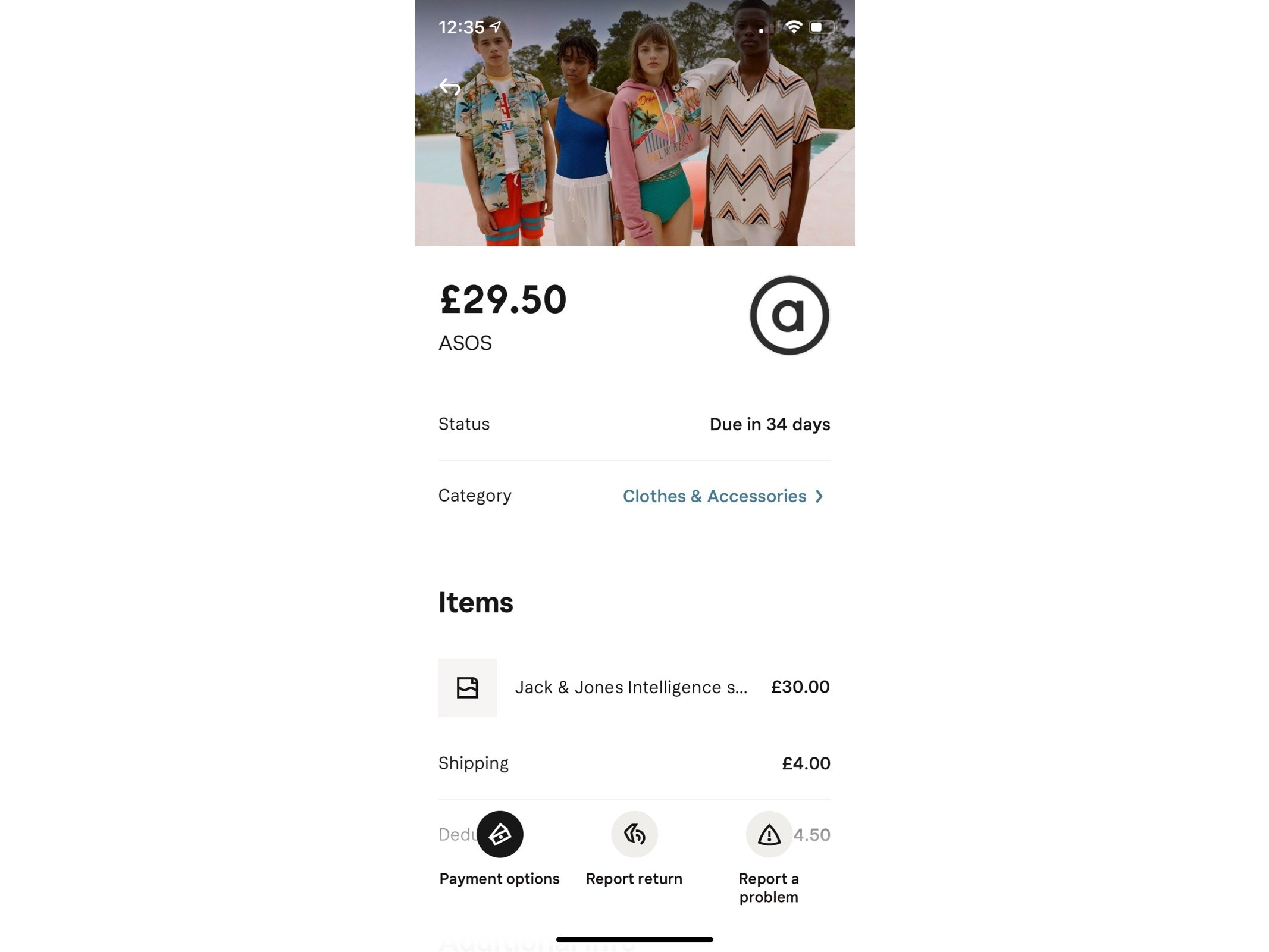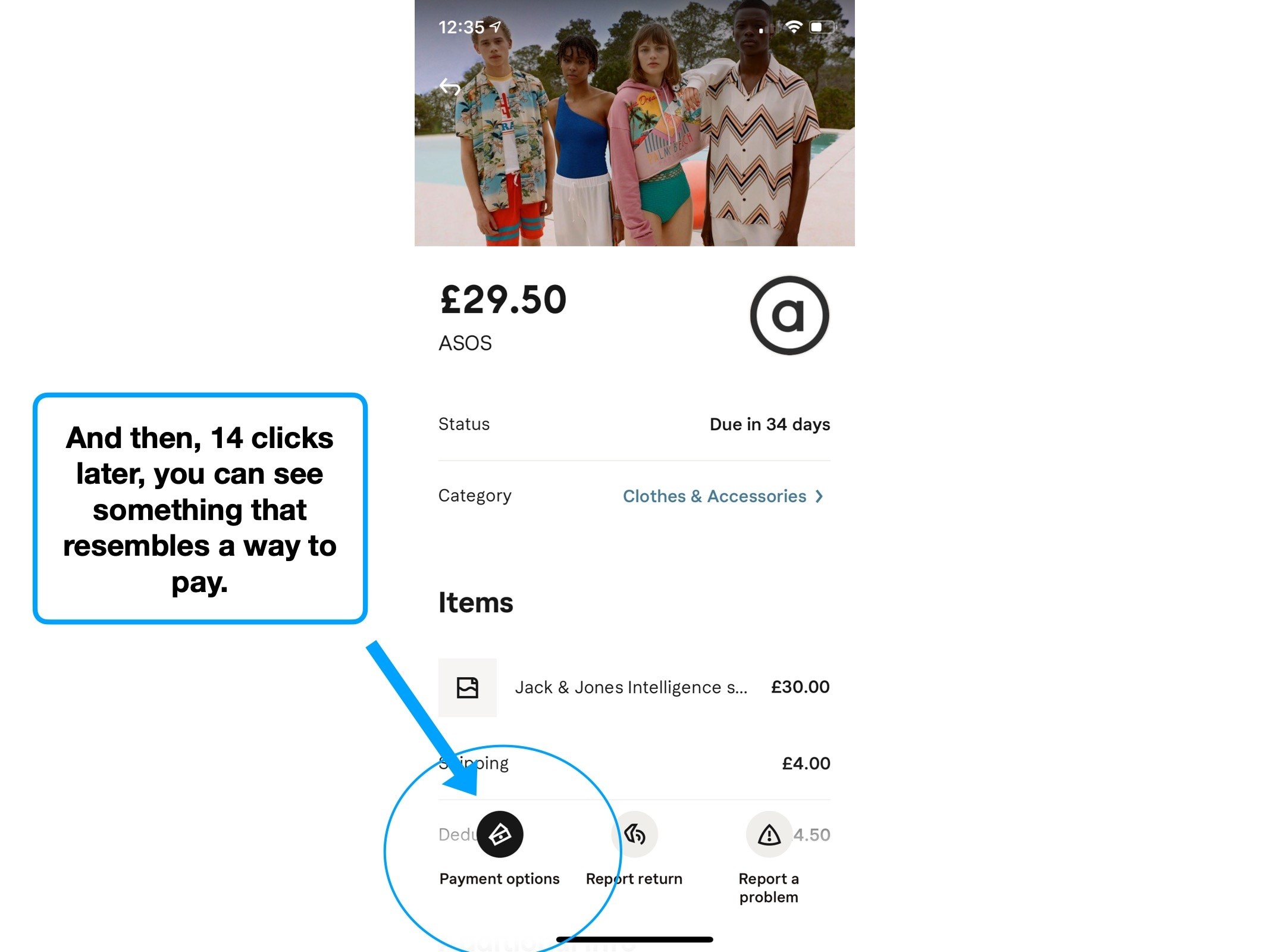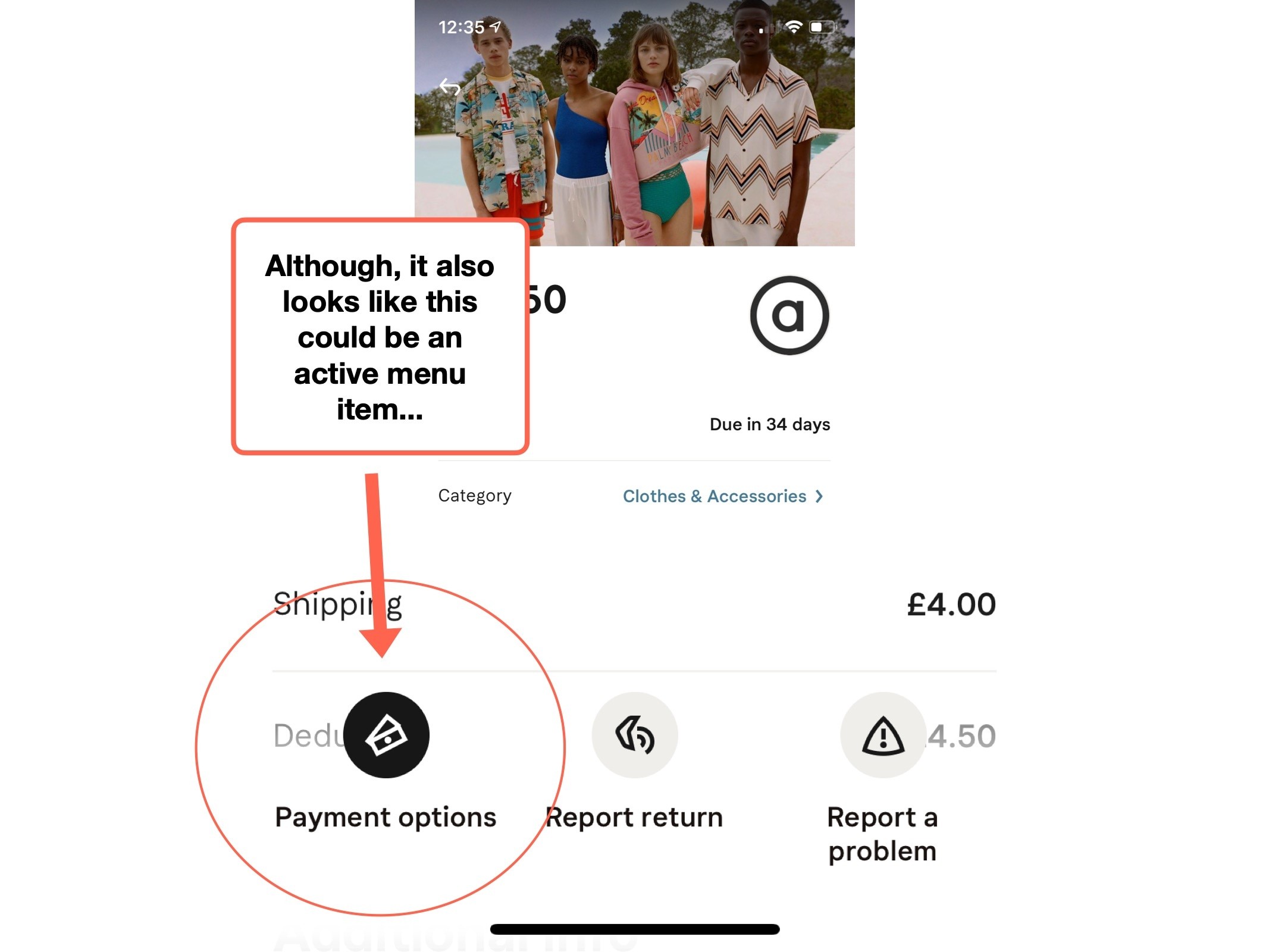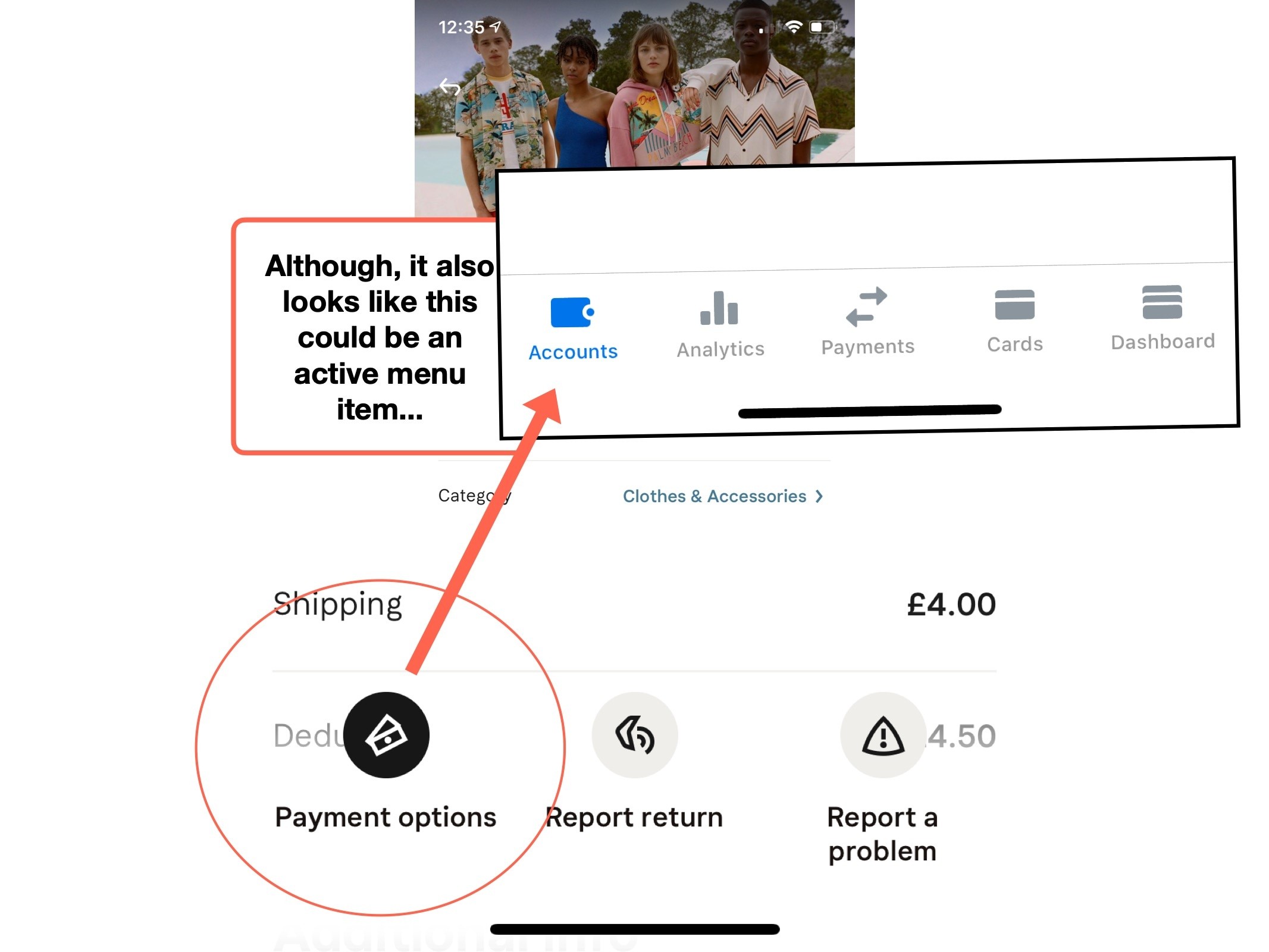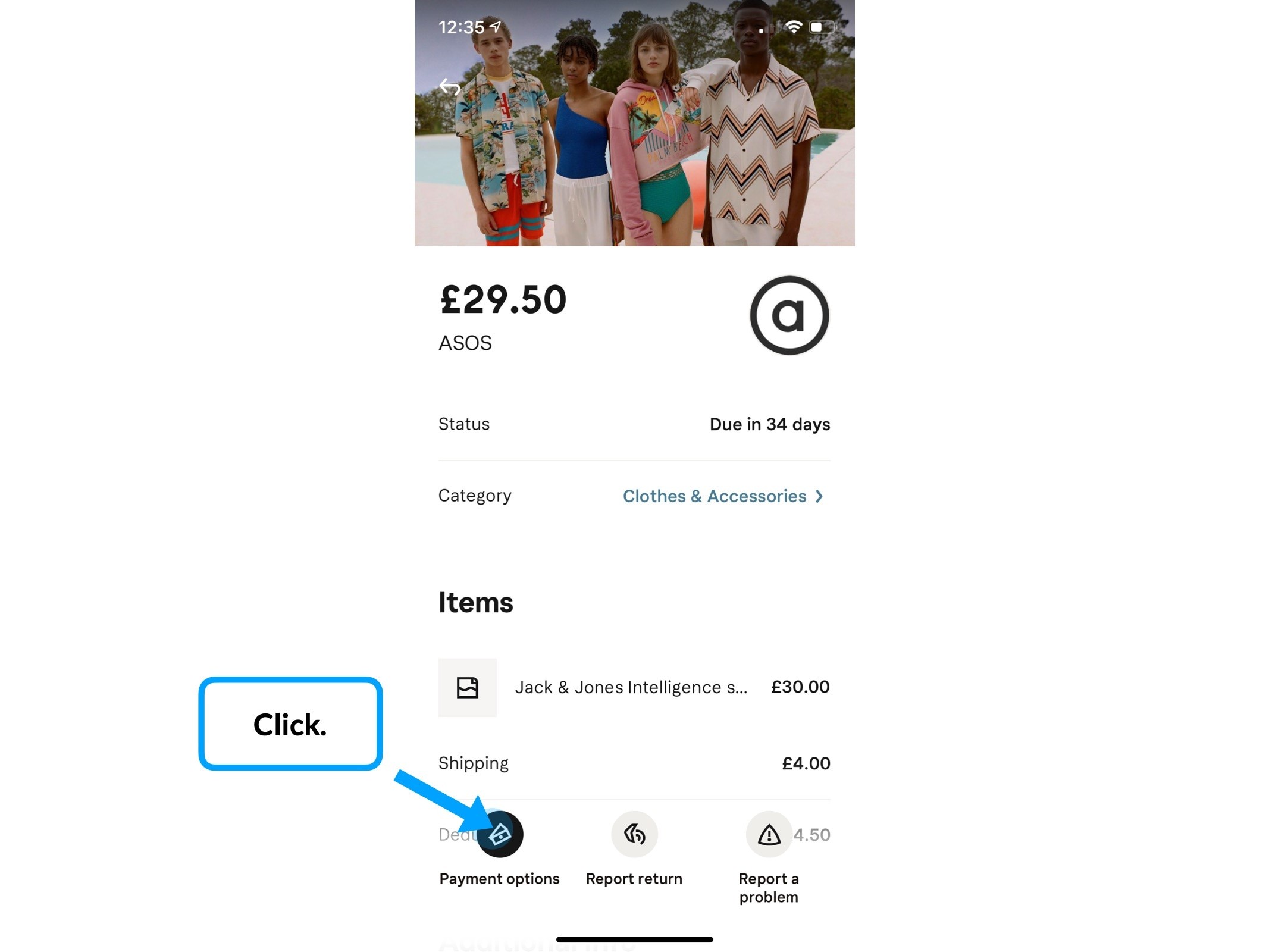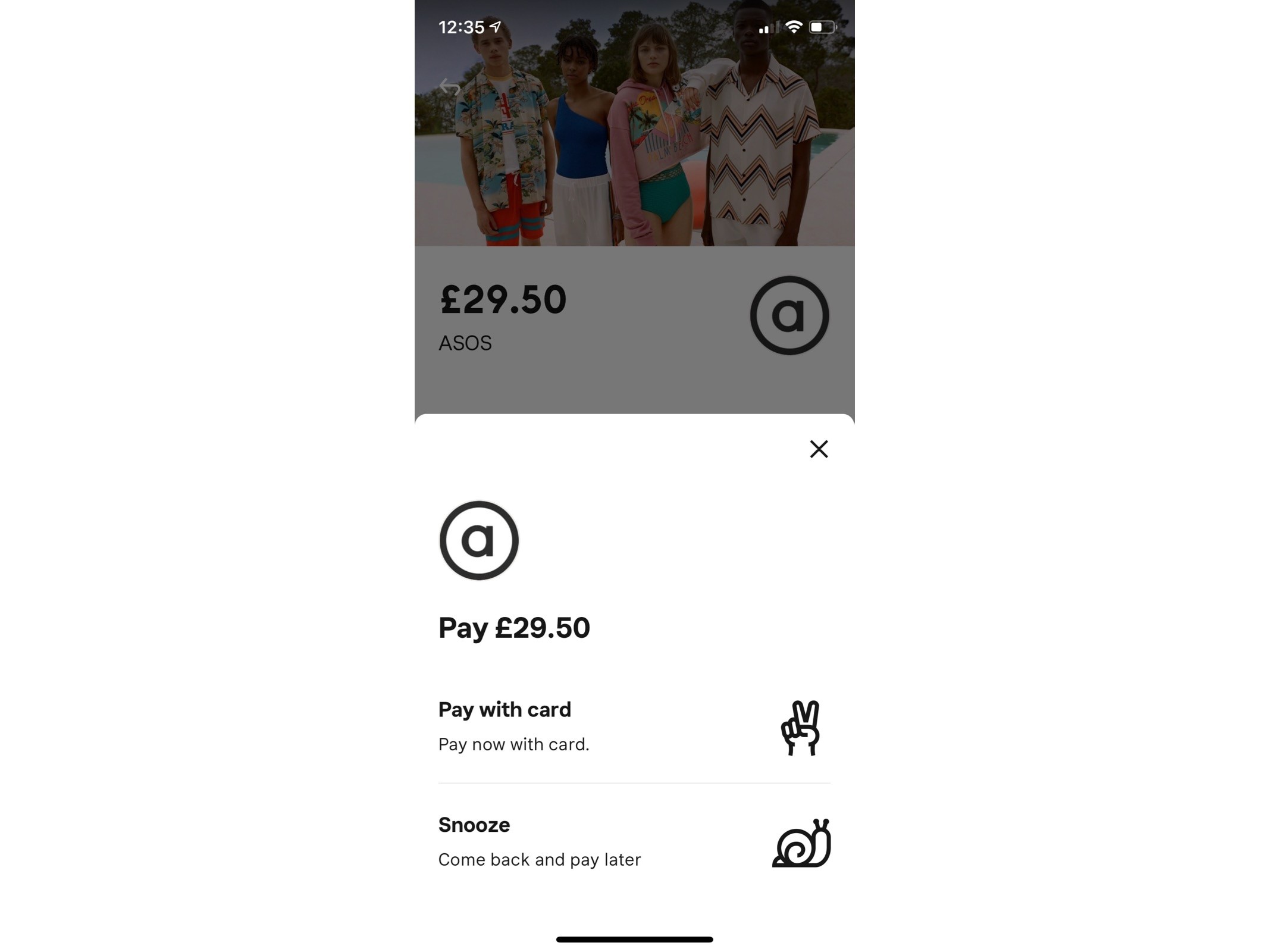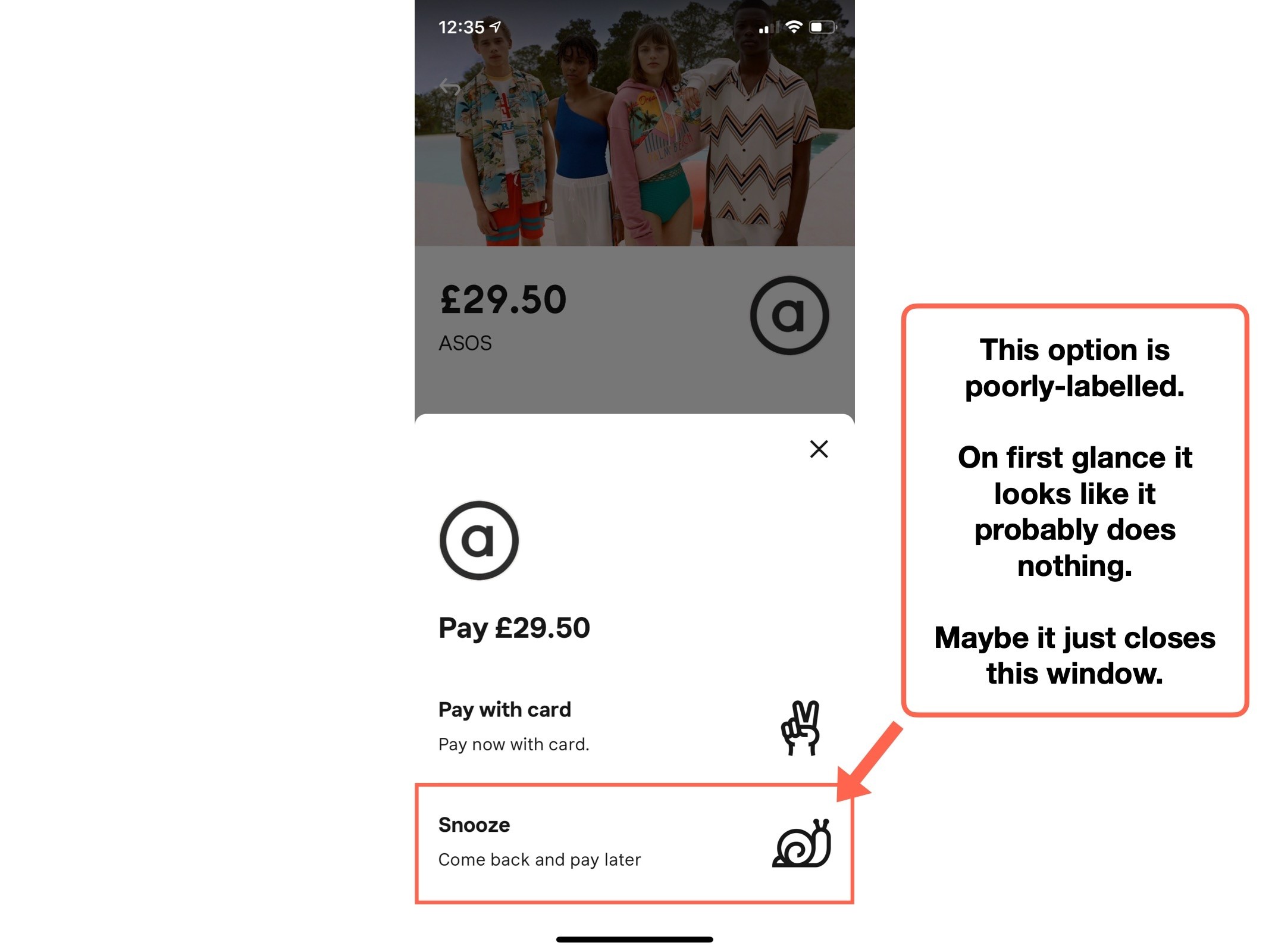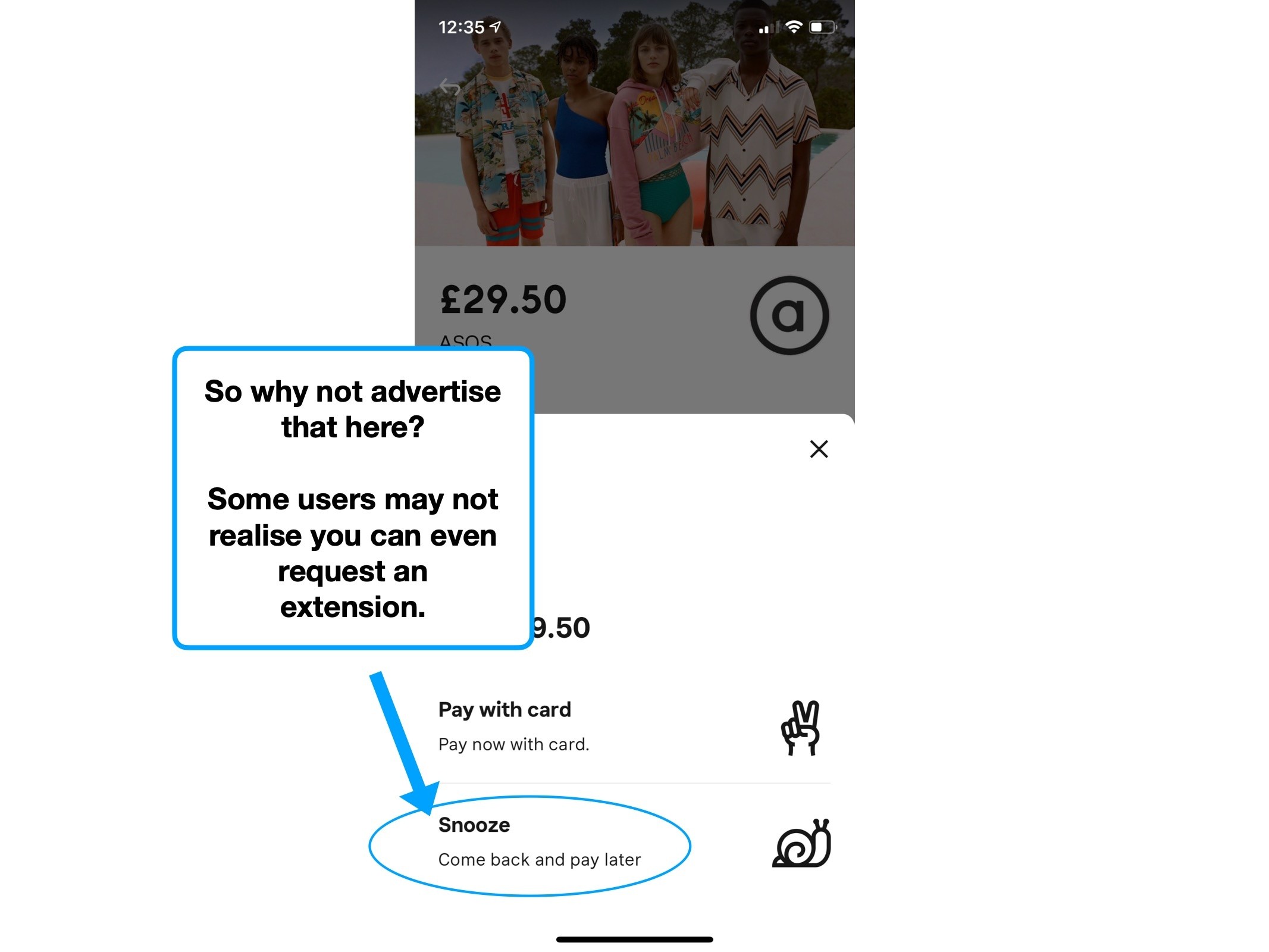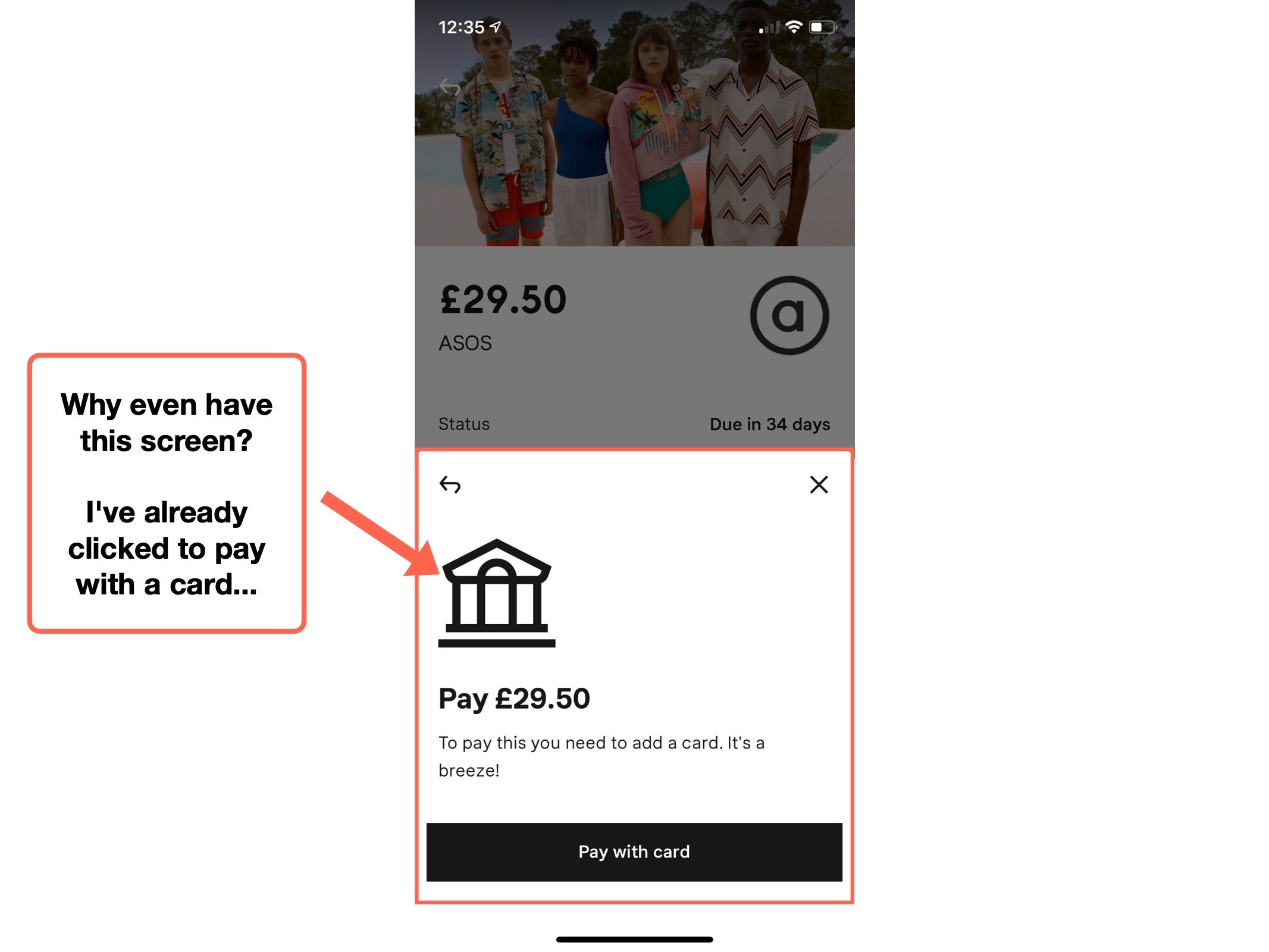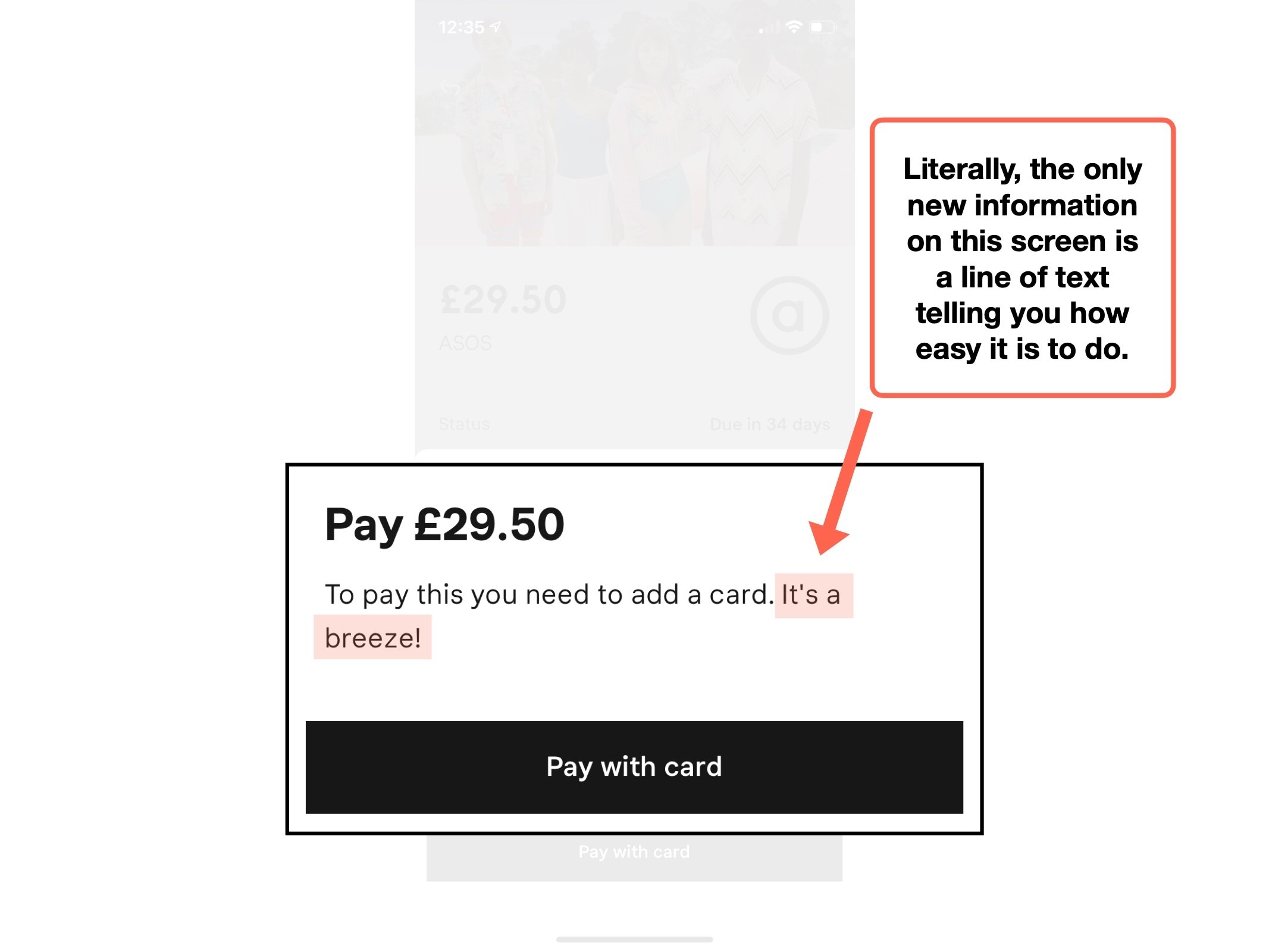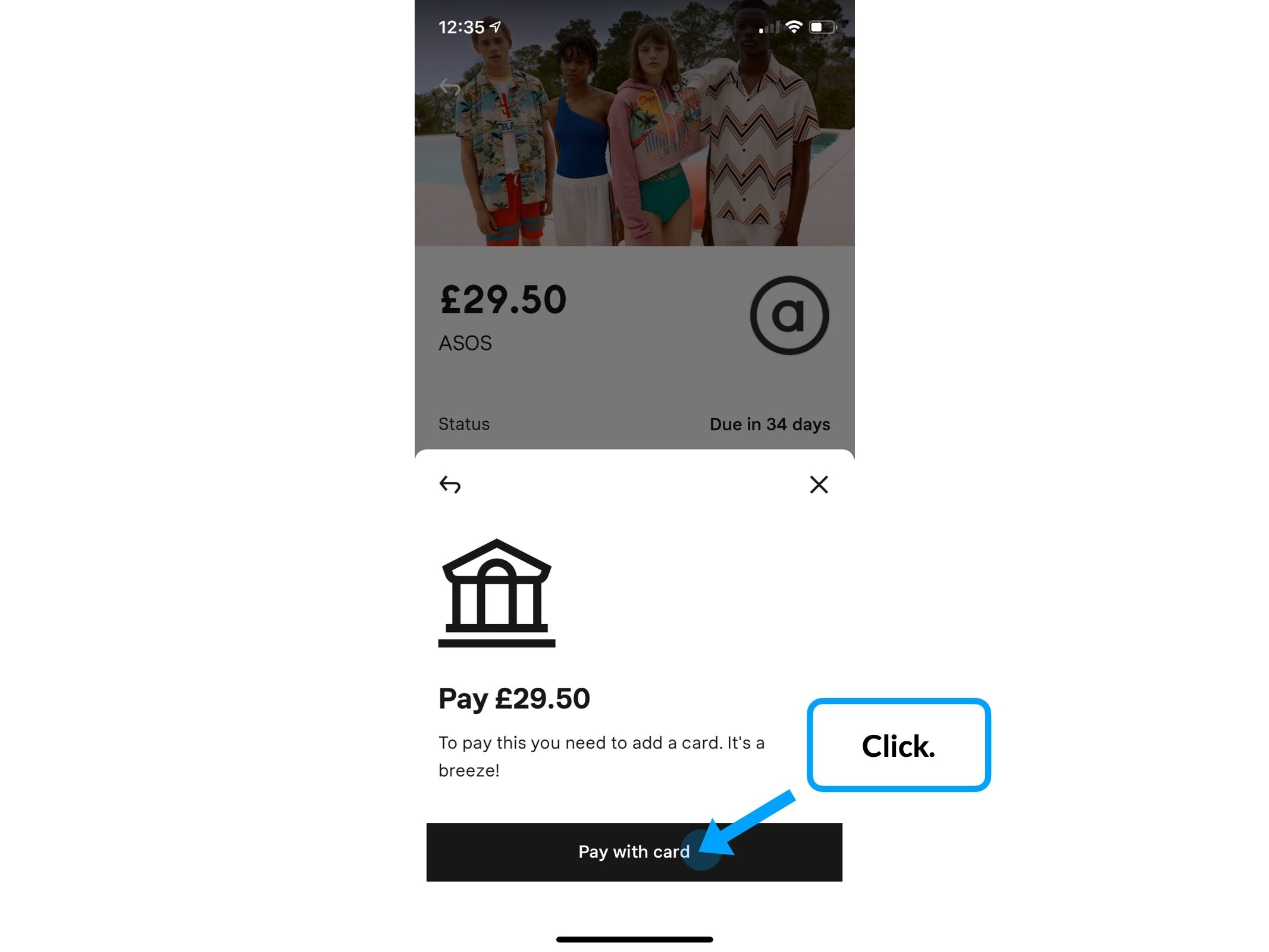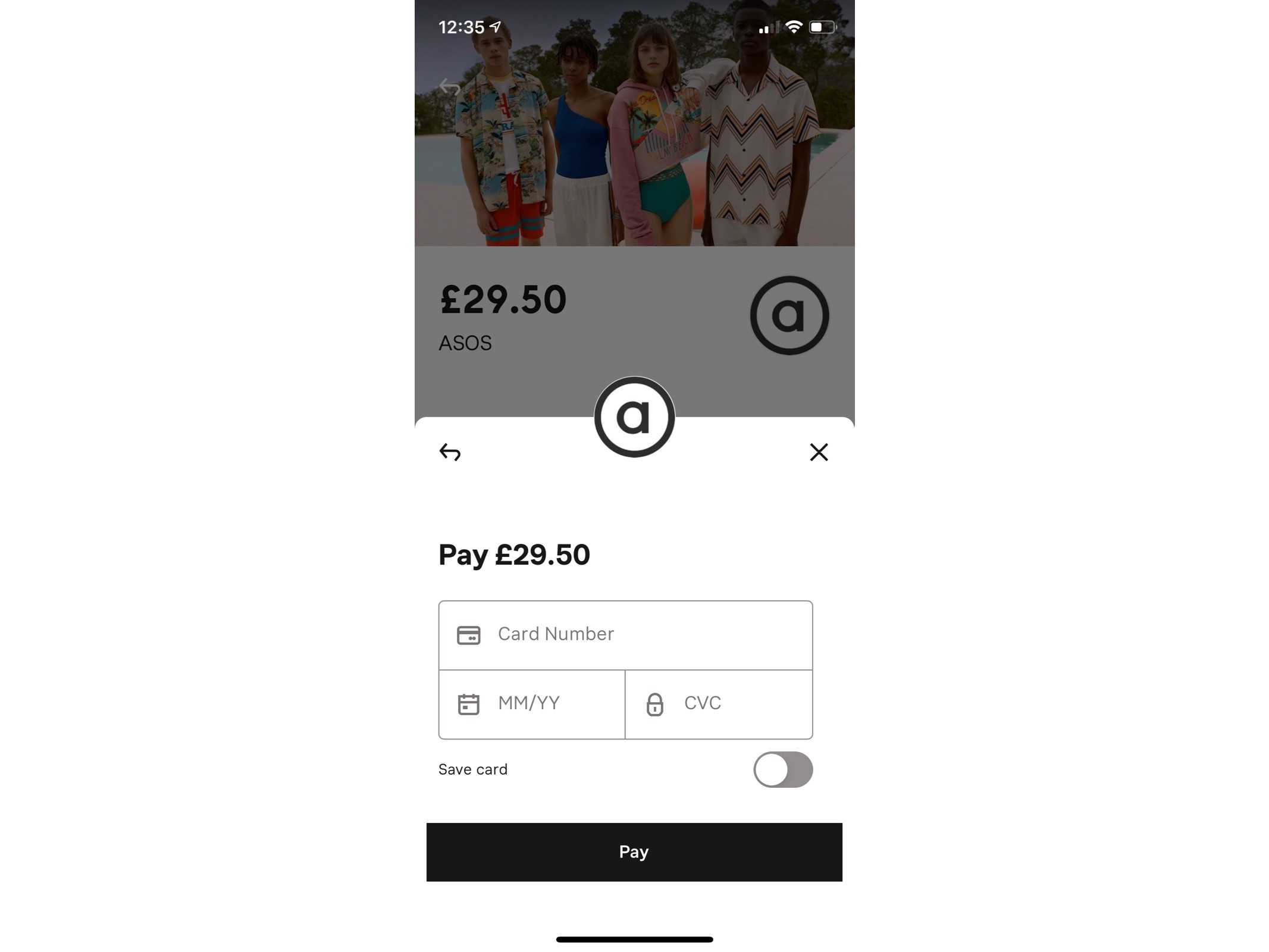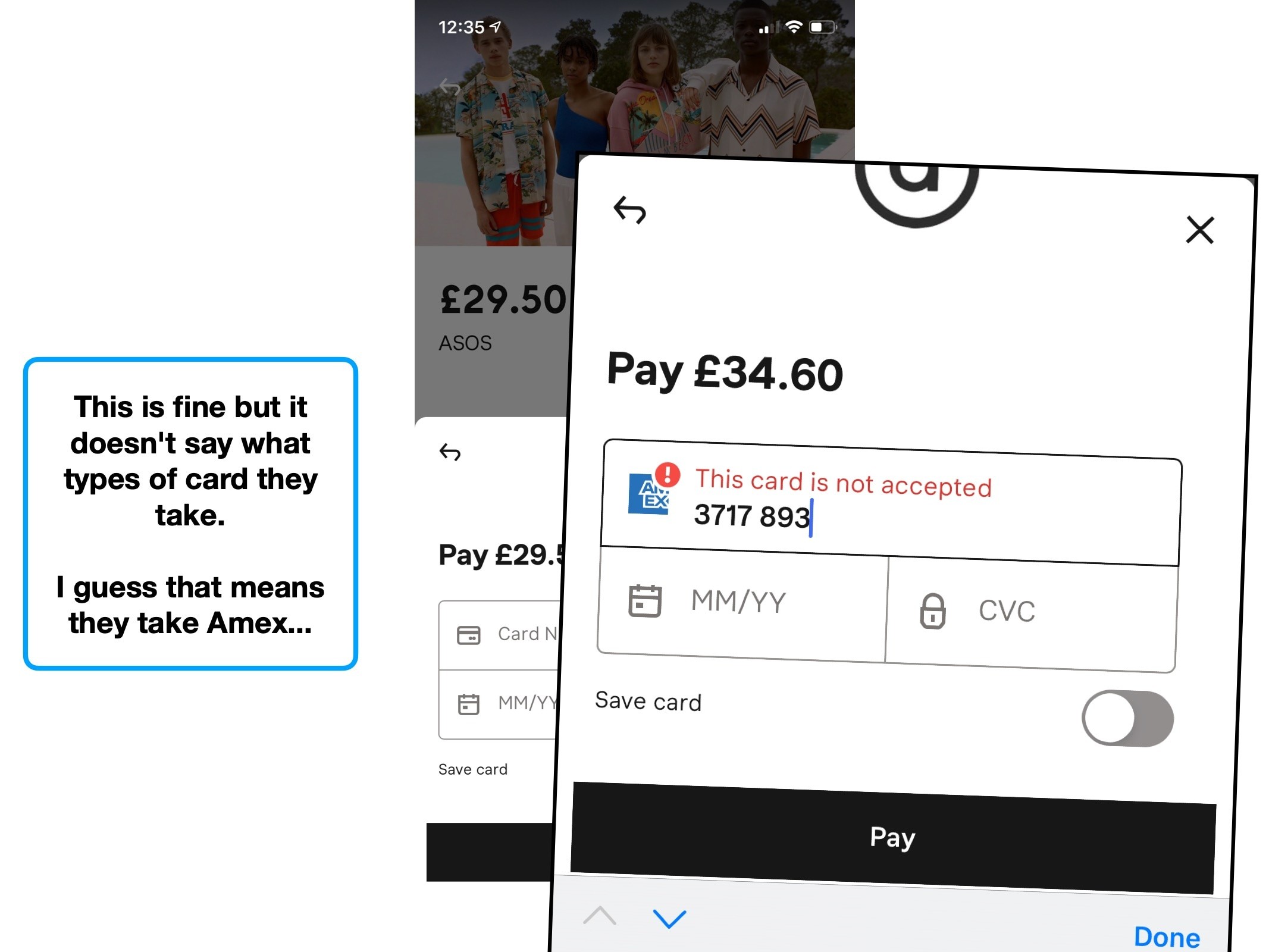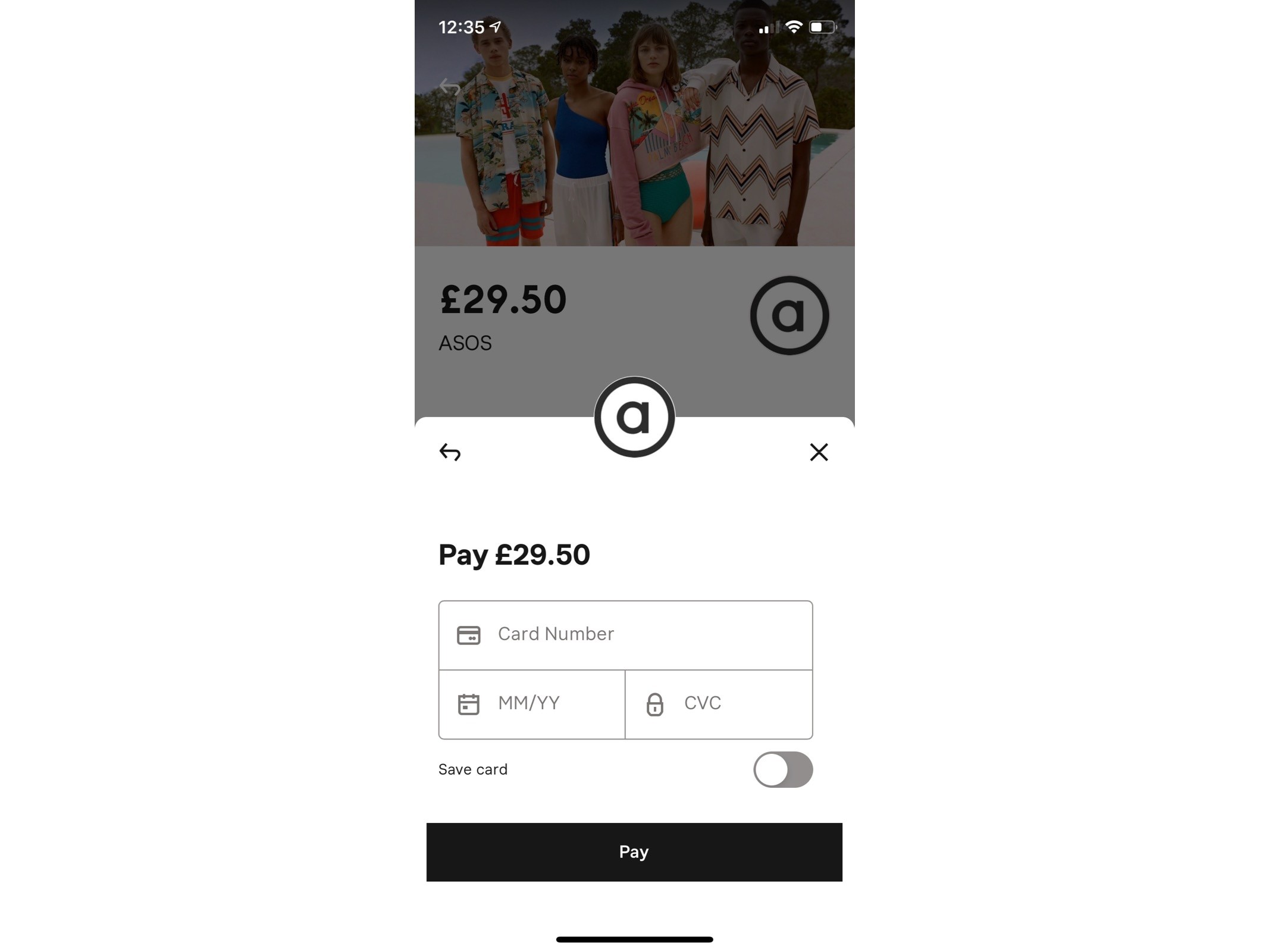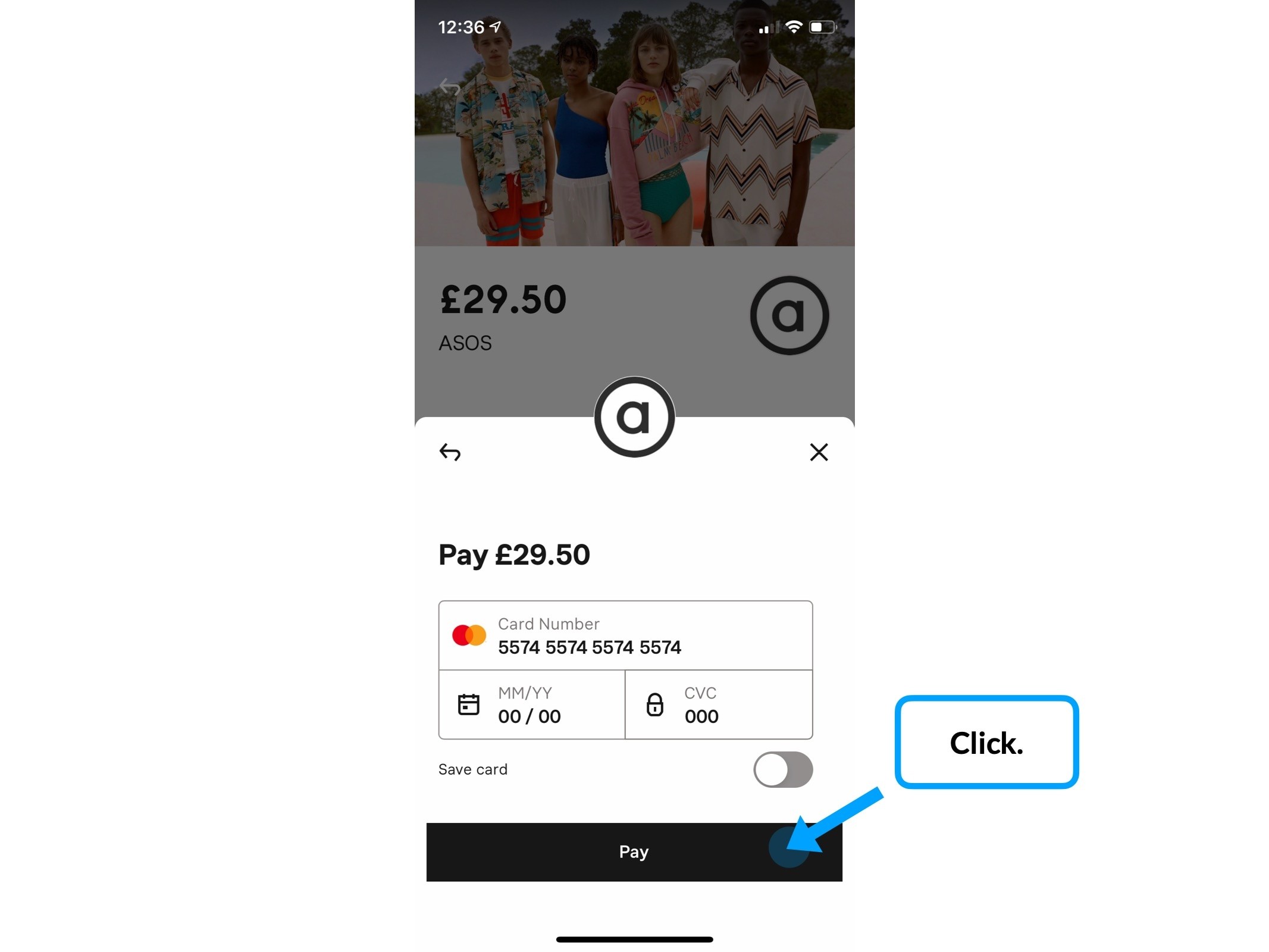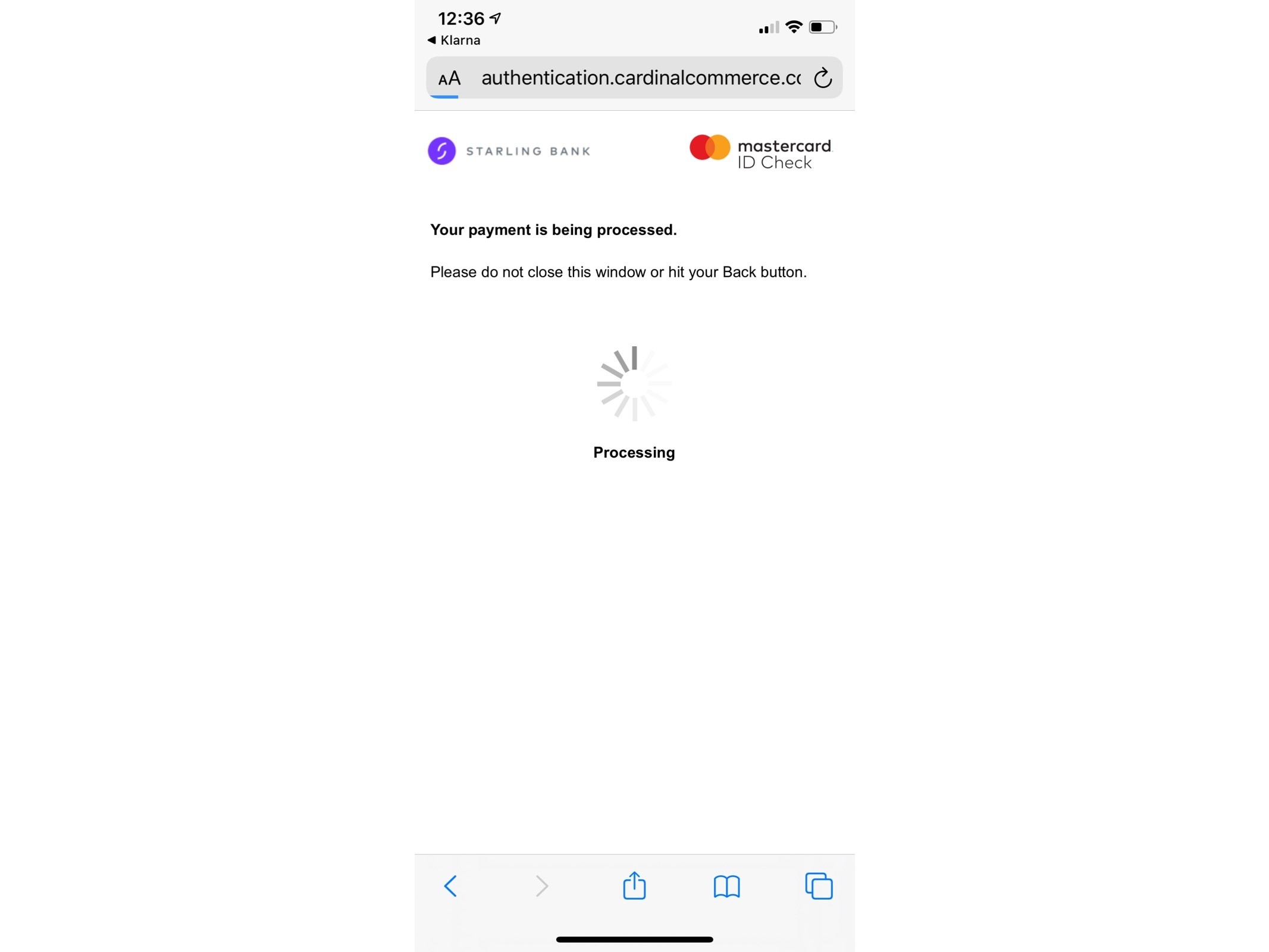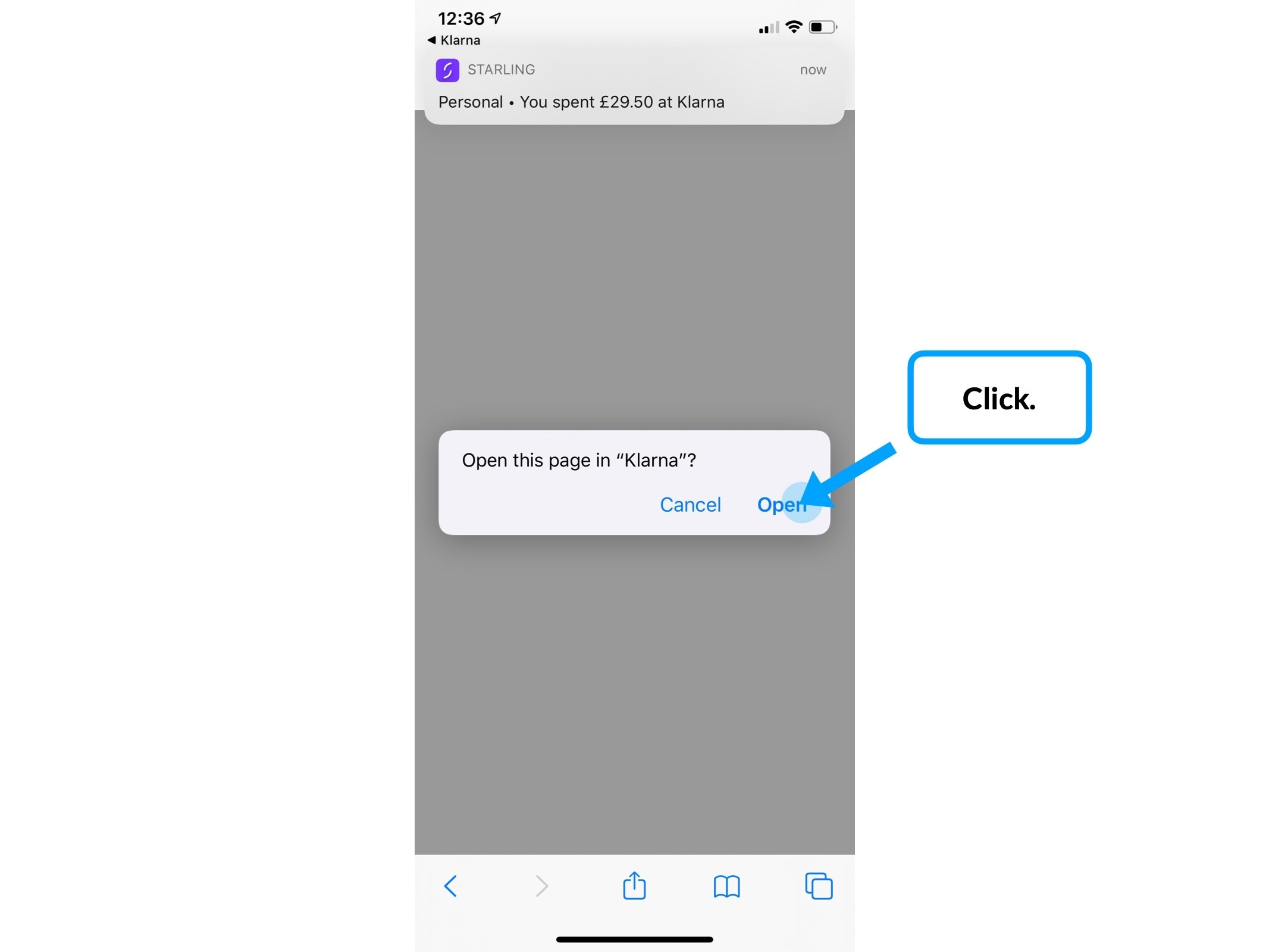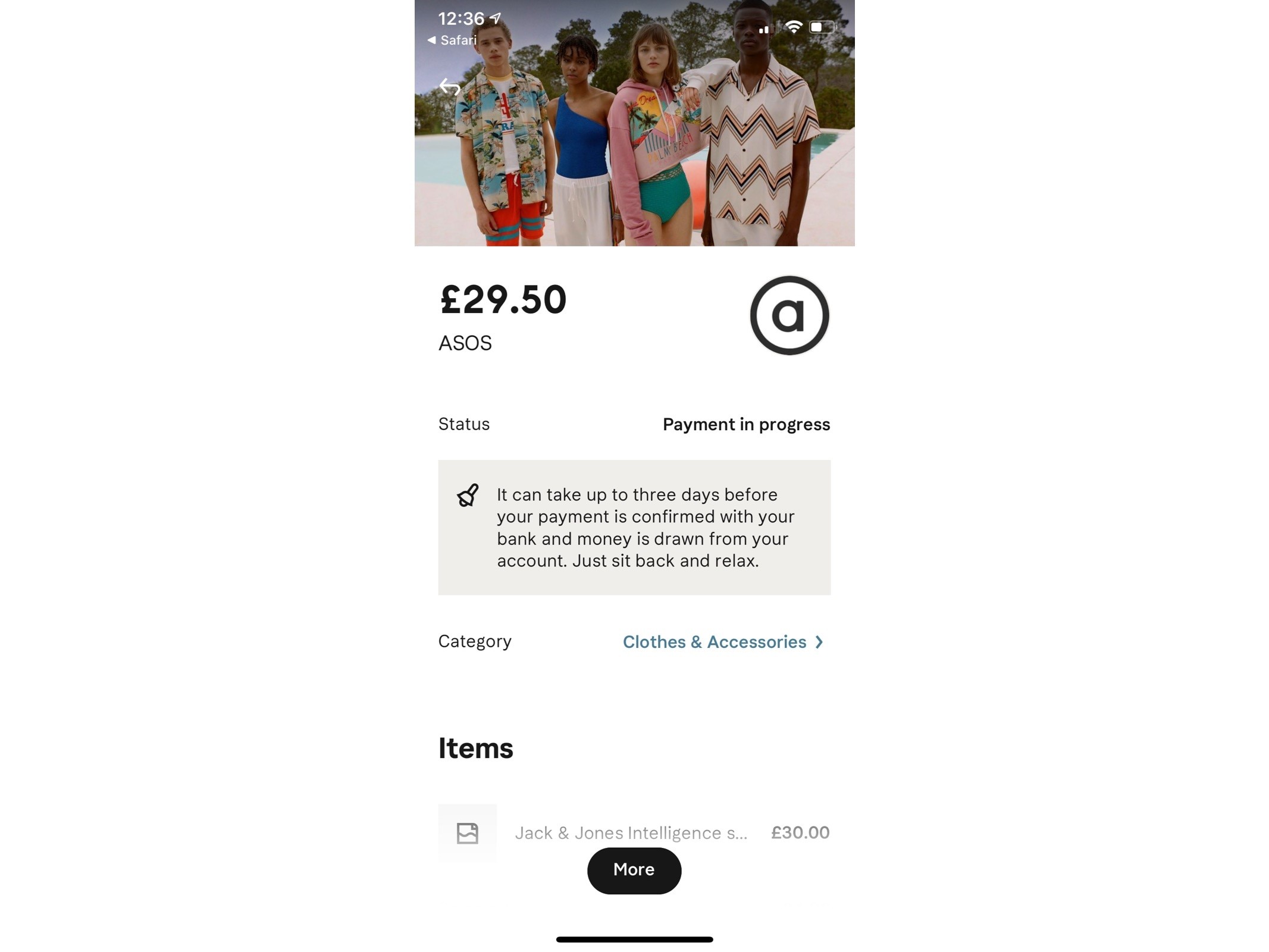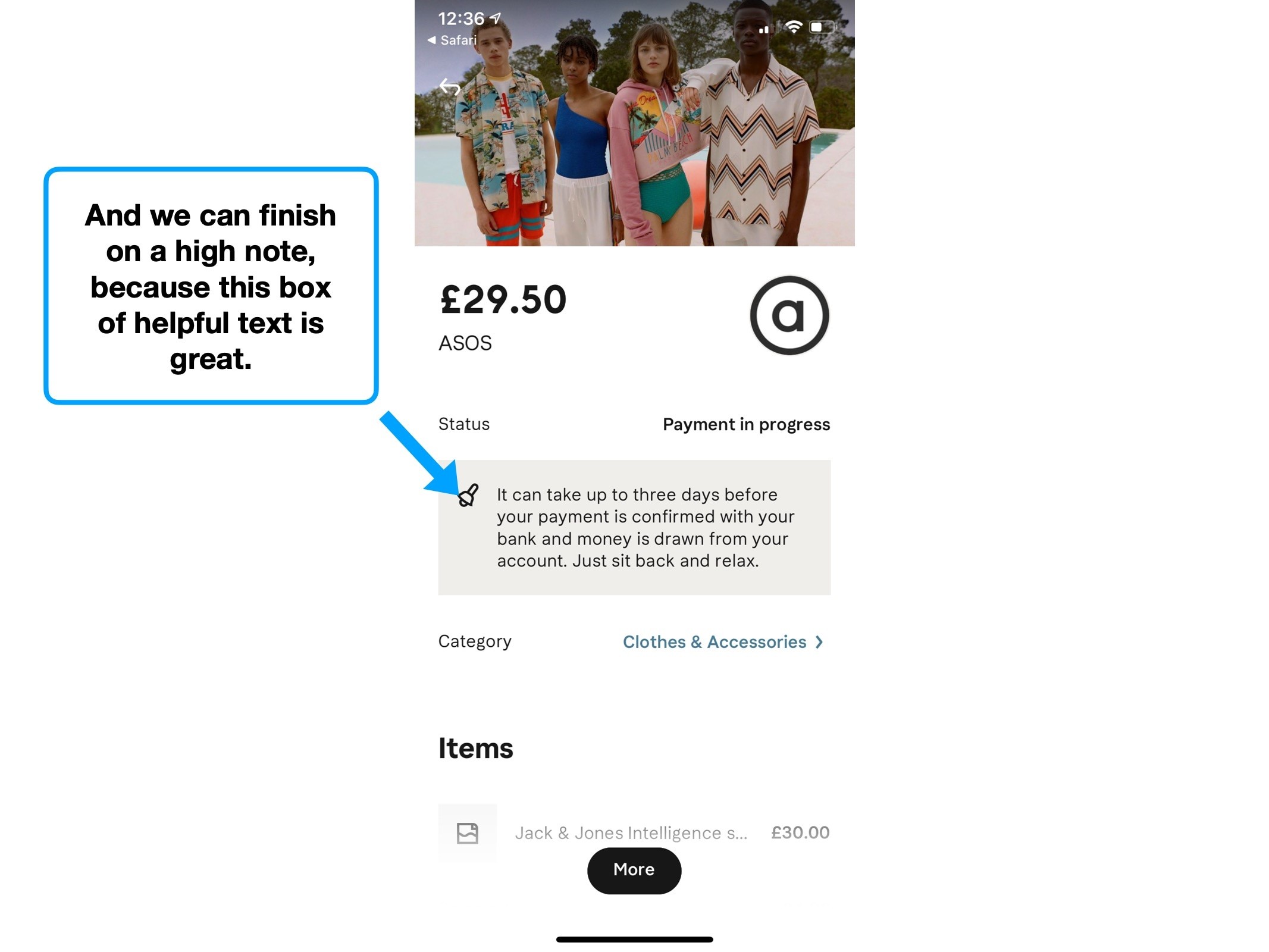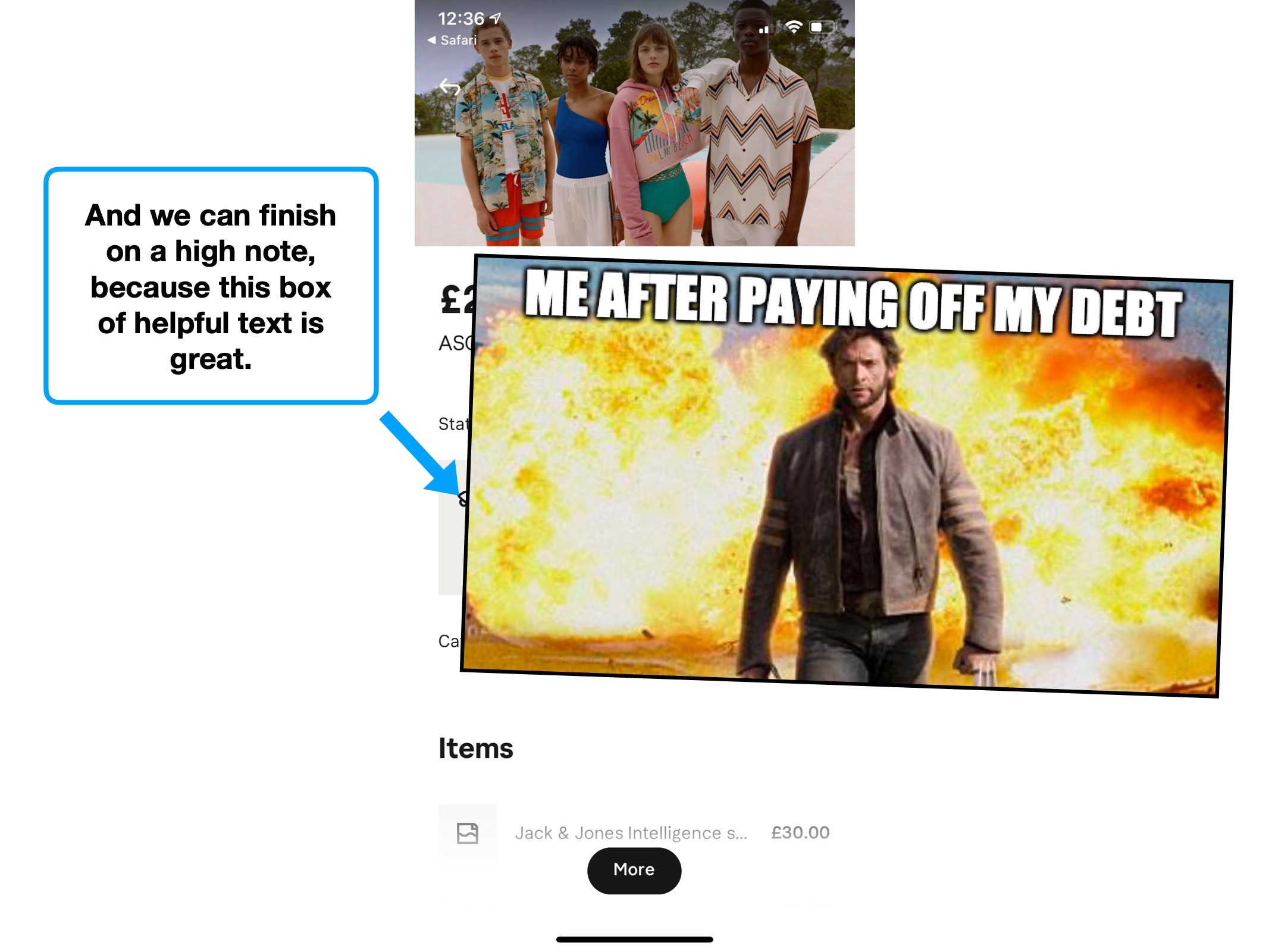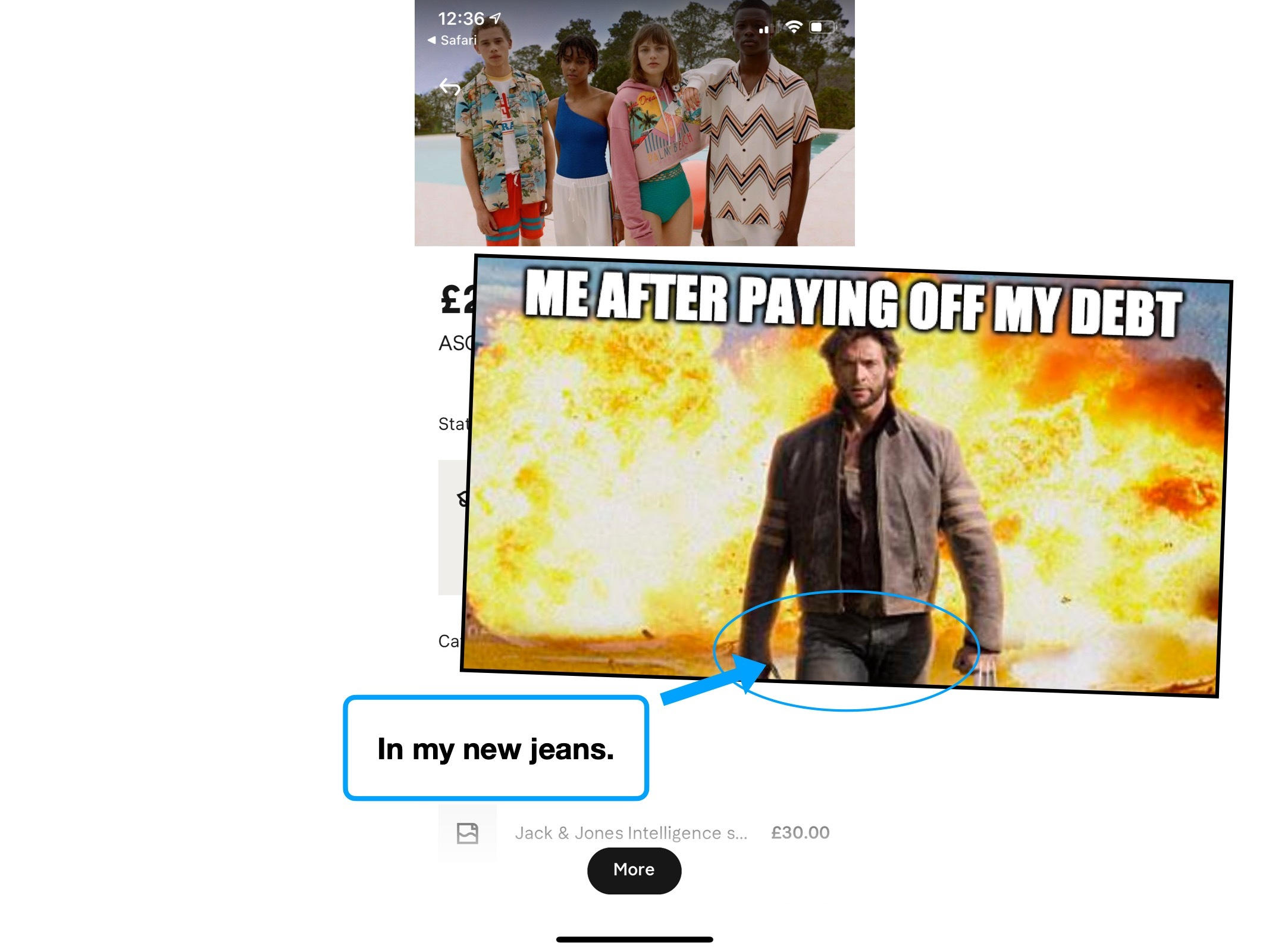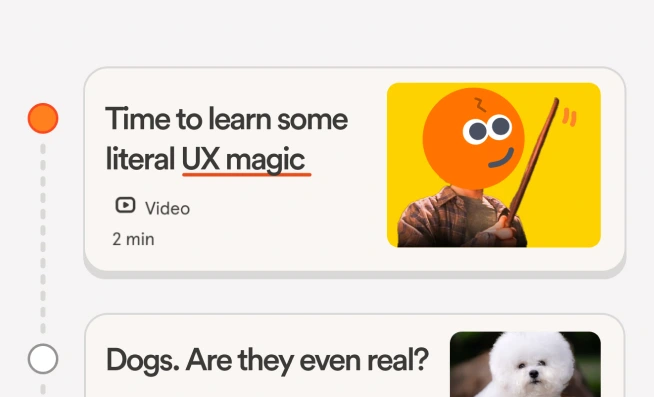How Klarna Works
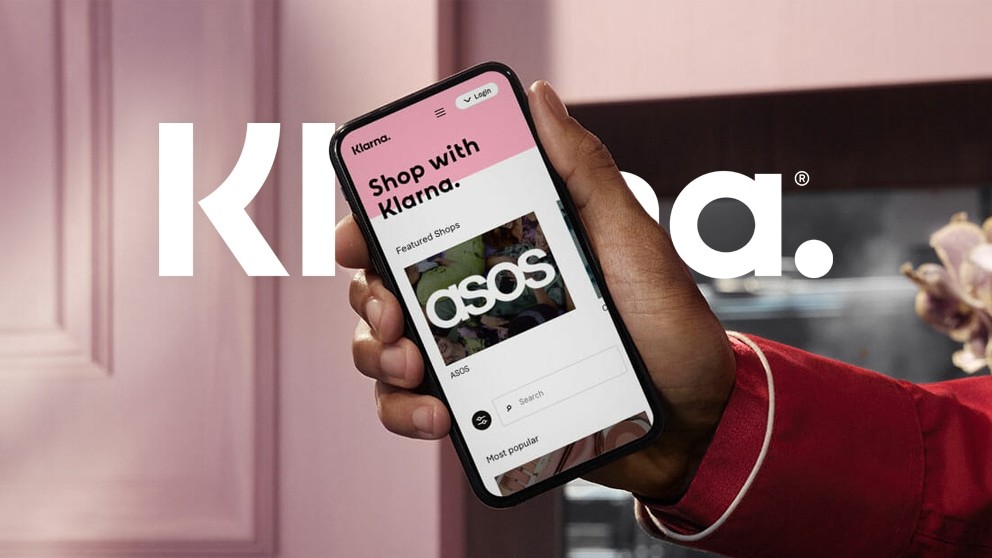
Klarna is one of the biggest ‘buy-now, pay-later’ services in the world, and you’ll probably have seen their logo in a few familiar places, like ASOS, Topshop and Wayfair.
The idea is that you can buy something from one of their participating retailers, receive the item, and pay for it through Klarna later on.
And it seems to be working well. As I write this, Klarna is a $10 billion company, and they claim to process more than a million transactions every day.
So, you can imagine how meaningful a 1% improvement in their customer retention would be. Even 0.1% would be noticeable.
Well, let’s explore the UX mistakes that Klarna are making, and ultimately how they could improve their product fairly easily.
Summary
🎯
Recognising event-driven behaviour.
🍯
How not to ask ‘are you sure?’.
⛳️
The irony of saying something is ‘easy’.
🗺
Always include a way back.
💬
Avoid content echos.
5 UX takeaways
1. Event-driven behaviour
Sometimes—as I’m making my morning coffee—I’ll realise that we’ve run out of milk. So I rush down to my local shop, power-walking through the isles at 7am with a bottle of milk in hand.
It’s a very small shop, so the cashier will have seen me pull up, and use the most efficient path to go from the door, to the milk, to the till—and have Apple Pay up and ready before they open their mouth:
“Do you have a Tesco clubcard?”
“No.” (slightly out of breath)
“Would you like to sign up now?”
Sure, it may be company policy to always ask, but it’s a stupid company policy.
It’s also a perfect example of an issue that happens a lot when designing software: people misunderstanding, or not considering what is driving a user’s behaviour.
I’ve overly-simplified this, but consider that there are only two types of behaviour:
🎯
1. Event-driven behaviour
People have a clear purpose or goal.
💁♀️
2. Casual browsing
Open to being tempted by offers and new products.
Klarna have a version of this when paying for your first item, after you click on a CTA that is very event-drive: “I’m ready to pay”.
As this is your first experience of Klarna, you’re probably anxious to see if there will be any additional fees. You want to make the payment as quickly as possible, and be reassured that you didn’t make a mistake trusting Klarna in the first place.
Well, after clicking on that CTA, you’re immediately asked to invest your time into creating better future shopping experiences. This is their ‘clubcard’ moment.
You click "I'm ready to pay"...
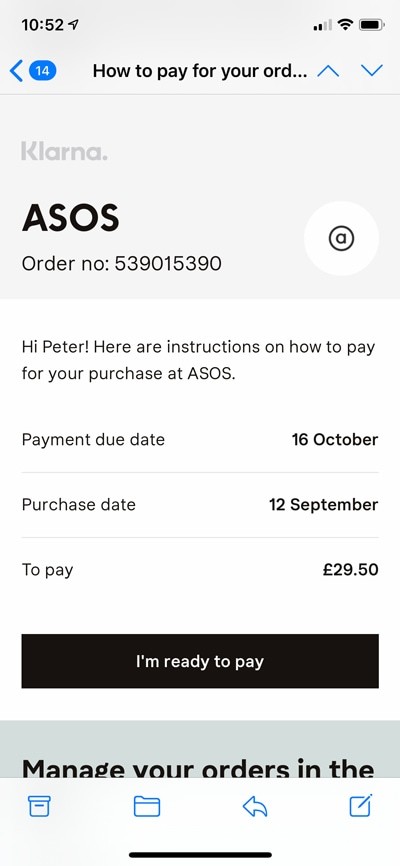
Introducing: temptation

The point here isn’t that Klarna shouldn’t be asking users to invest their time—it’s that right now, in this moment, the user is focused on a task.
And if you’re trying to get a user’s attention, to ultimately invest time into something irrelevant, then you’ll have much more success doing it after they’ve completed that task.
Or rather: if Klarna asked this same question after the payment had been made, I’d be confident that they’d increase the engagement they received.
2. "Are you sure"?
Imagine if my Tesco scenario actually went like this:
“Do you have a Tesco clubcard?”
“No.“
“Would you like to sign up now?”
“No thanks.”
“Are you sure?“
“Yes”
“But are you sure?“
Let’s be honest, this would be insane, yet it’s exactly what Klarna do. Actually, they ask if you’re sure four times in a row.
Skip
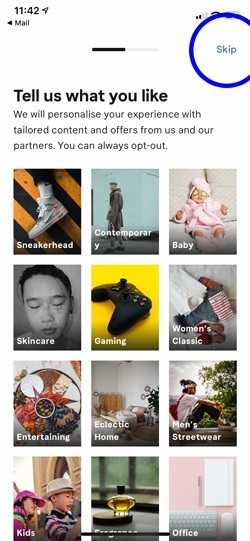
Yes, skip
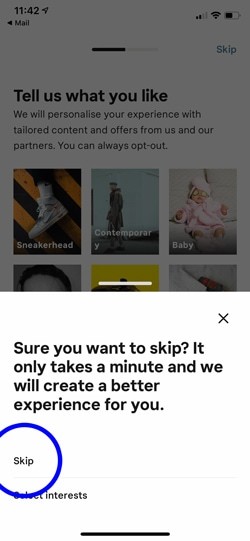
Skip
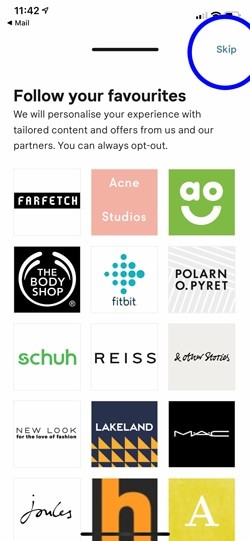
Yes, skip
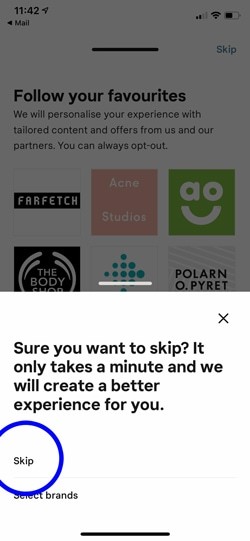
There are two problems with what Klarna are doing here:
👌
1. Offering no new information
Just asking the same question again isn’t convincing—you need to entice the user into changing their mind with some new information, or a benefit that they may not have correctly valued before.
🙄
2. Making you skip each step individually
If you want to skip the first part of the personalisation process, you probably also want to skip all the following parts too.
It’s actually quite helpful to use my analogy again:
It may be convincing enough if the Tesco employee responded with new information, for example:
“Are you sure? All I need is your email address and you’ll get a £2 bonus instantly.”
In conversation, this is mostly instinctive. If someone says no to your offer, you immediately know that you need to entice them a little more. Even children understand this.
But in software, human instinct needs to be designed. It rarely happens by coincidence.
3. The irony of telling people how easy something is
Telling someone how easy something is—without quantifying it in any way—is in short; useless.
There’s a deep irony too: companies believe their own products are easy to use, so they tell people how easy they are to use. In doing so, adding stuff for the user to read, making it take longer.
The key is to not just say something is easy, but explain why it’s easy. Otherwise it’s nothing more than padding.
For example:
❌ Useless comments
✅ Good alternatives
It’s really easy.
All you need is an email address—that’s how easy it is.
It’s really quick to do.
90% of our users complete this process within 75 seconds.
Klarna have a great example of this: telling the user “It’s a breeze”.
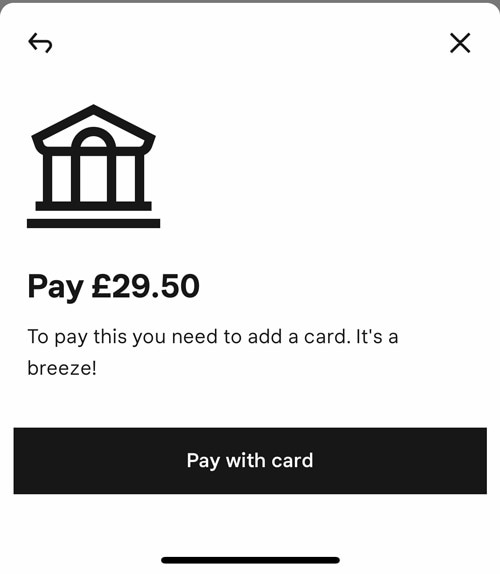
If this seems tiny and insignificant, that’s because it is. But it’s also easily solvable, and a missed opportunity to say something that’s actually interesting.
Great product design is a balancing act of being as concise as possible, whilst also being as convincing as possible.
4. People will enter their details incorrectly
You’ve probably heard the quote: nothing is certain, except death and taxes.
Really though, this needs to be rewritten for 2020:
“Nothing is certain, except death, taxes, and that customers will enter their personal details incorrectly on your form“.
When designing software, in particular forms, you need to make sure that users can go back and edit their data—without having to just start again—because they will get it wrong some of the time.
Which is why verifying your phone number with Klarna is so frustrating—you can’t go back. You have to request a new email, get a new link, and start again.
Enter number

Realise it's wrong
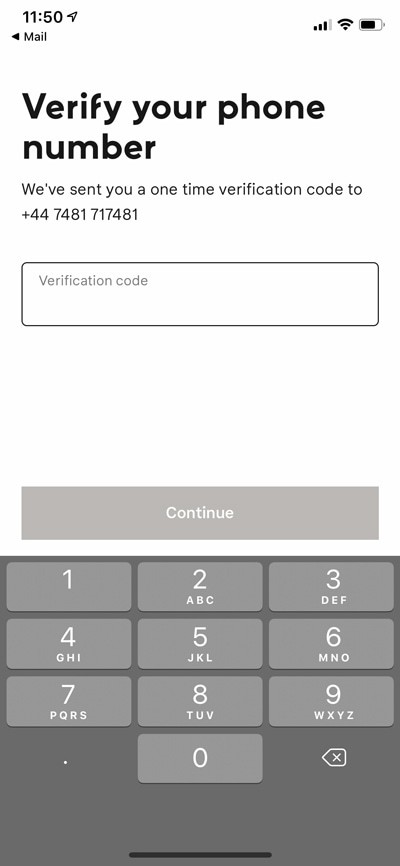
Can't go back

This is probably an oversight, but it’s such a major inconvenience when it does happen.
5. Content echos
I’m a big fan of helpful text: the small—usually grey—secondary line of text that gives context to a title.
But sometimes people push it too far, and really there’s nothing relevant extra to say. For example:
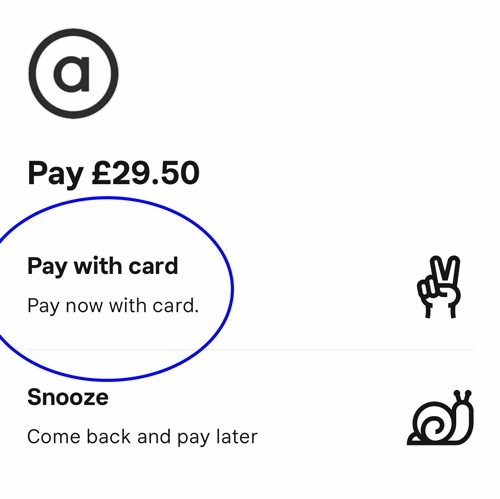
It’s a harmless line of text. The designer probably wasn’t overly-happy with putting it in, and knew it was a waste of time, but it made the aesthetic design work better.
But here’s the thing: subconsciously people will start to notice that some of the content isn’t very helpful, and so they stop paying attention to it.
The risk of the content echo is not the echo itself, but that it teaches the user that sometimes the helpful text isn’t actually helpful at all.
You’ve finished this study
Become a BFM+ member to track your progress, create a library of content and share learnings within your team.

Other studies picked for you
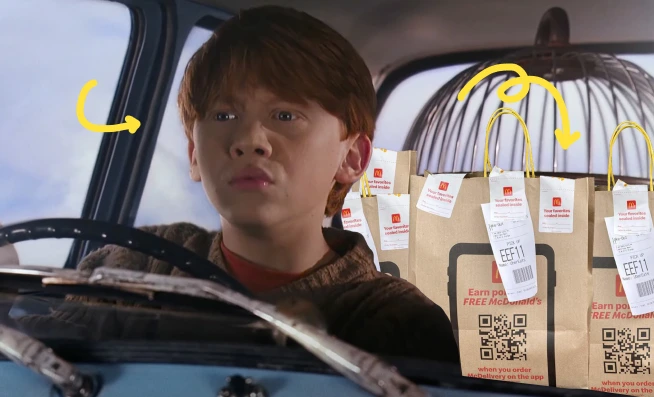
How Product Psychology Could Stop Uber Drivers From Stealing
How upstream thinking could reduce stolen orders, avoid tip-baiting and increase driver happiness.
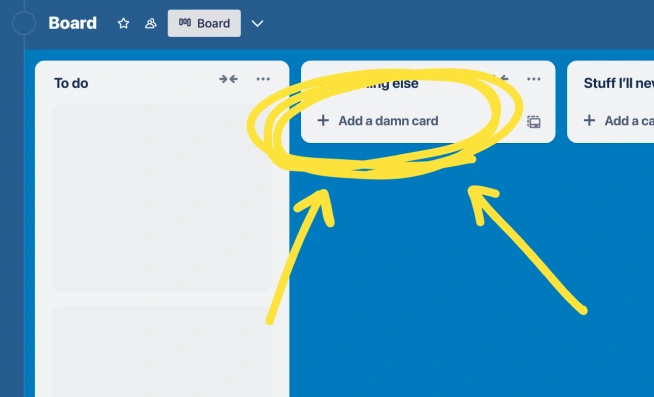
How to Reduce Churn by Doing Your "One Thing"
When it comes to onboarding, it's often more effective to do just one thing (really damn well).
A Masterclass in User Activation (96% of them)Preview this content
Discover the art of setting a goal and then using that to immediately create the perception of success.
